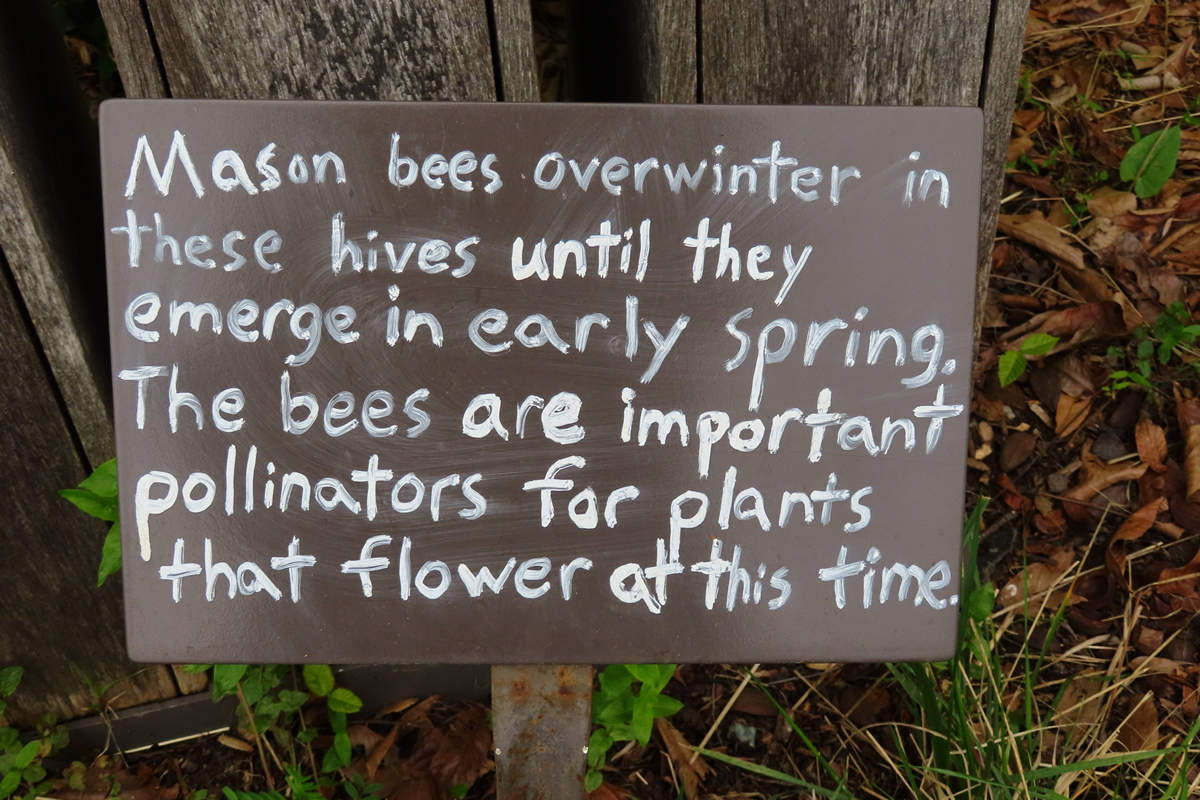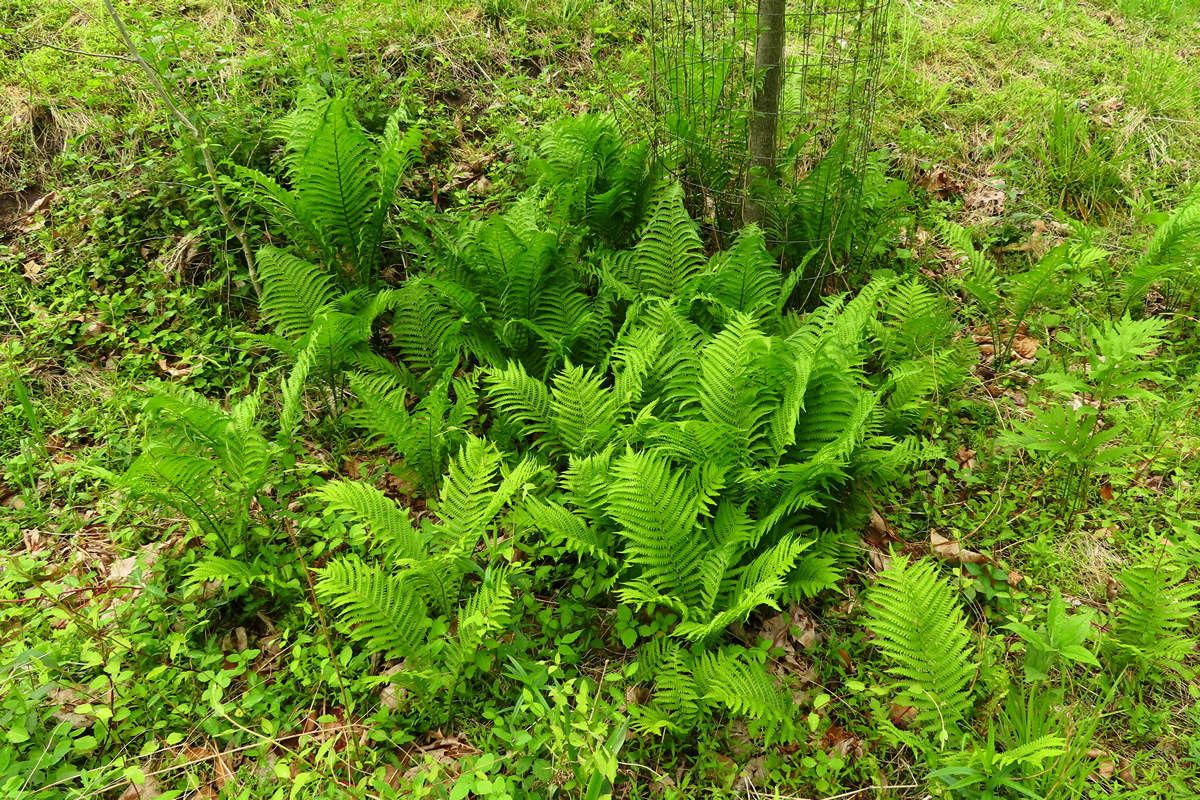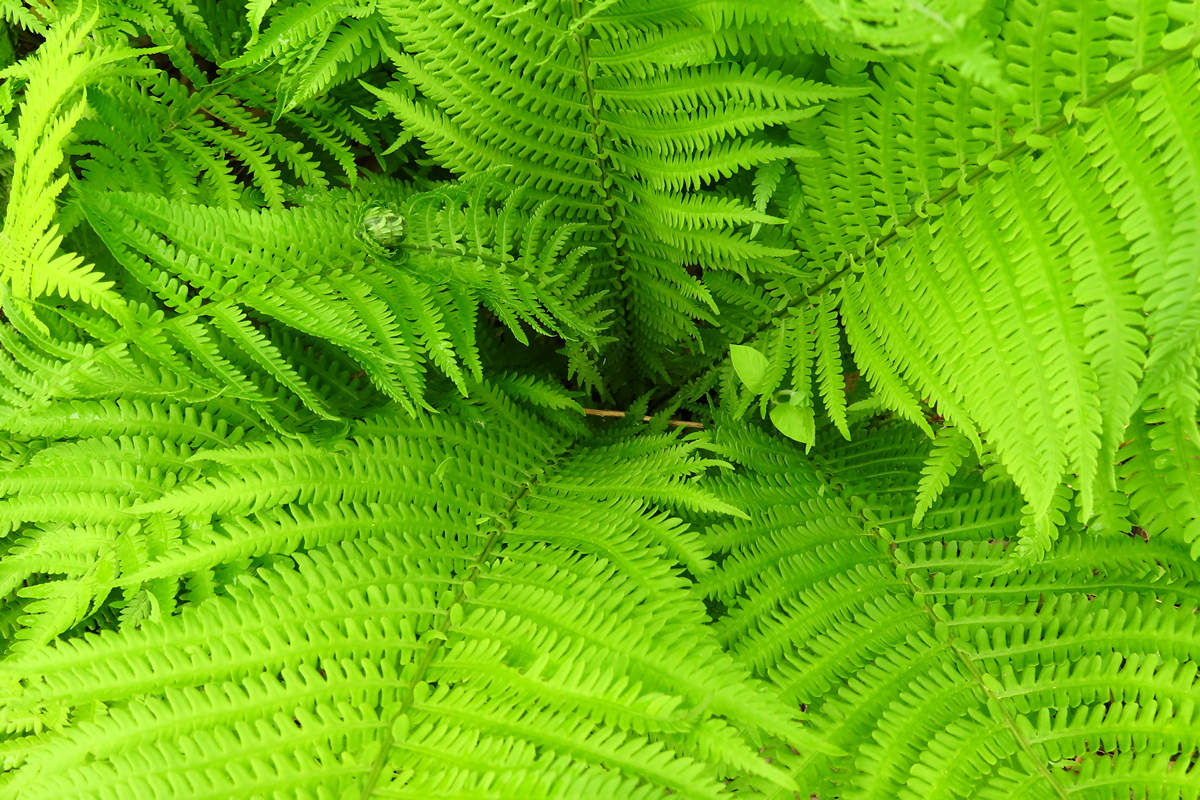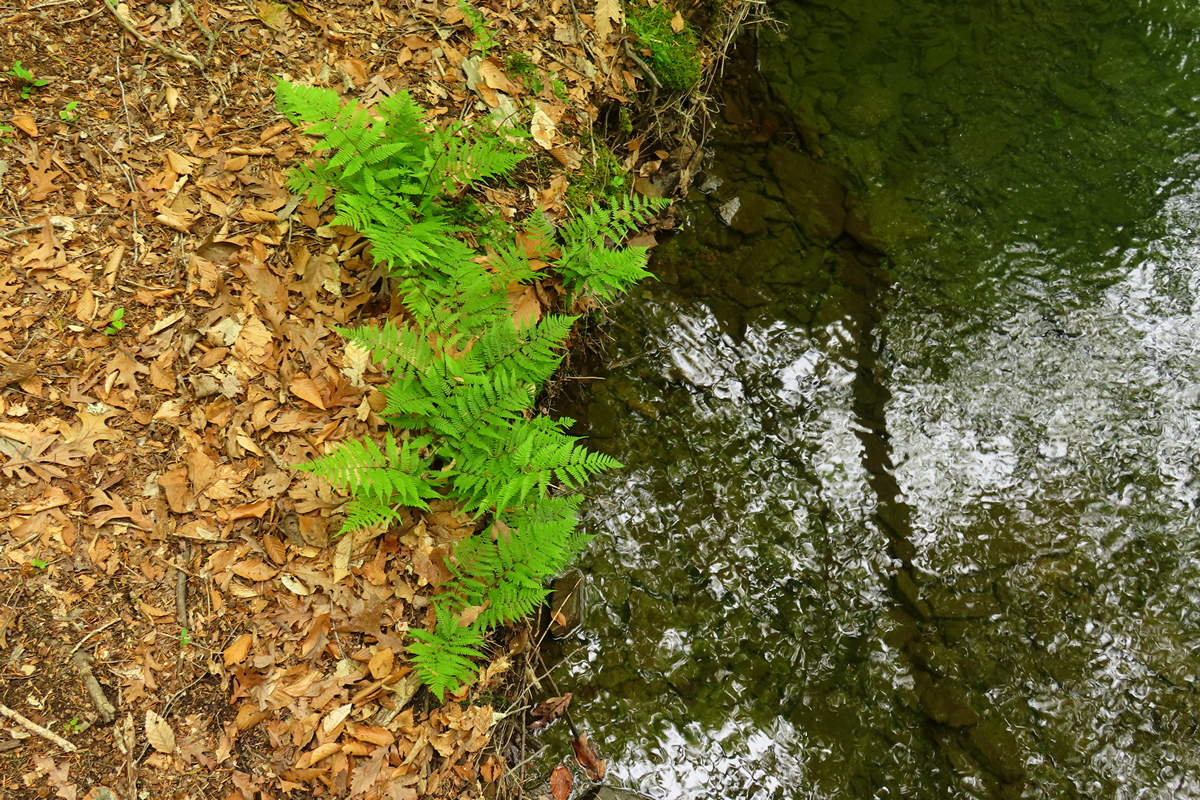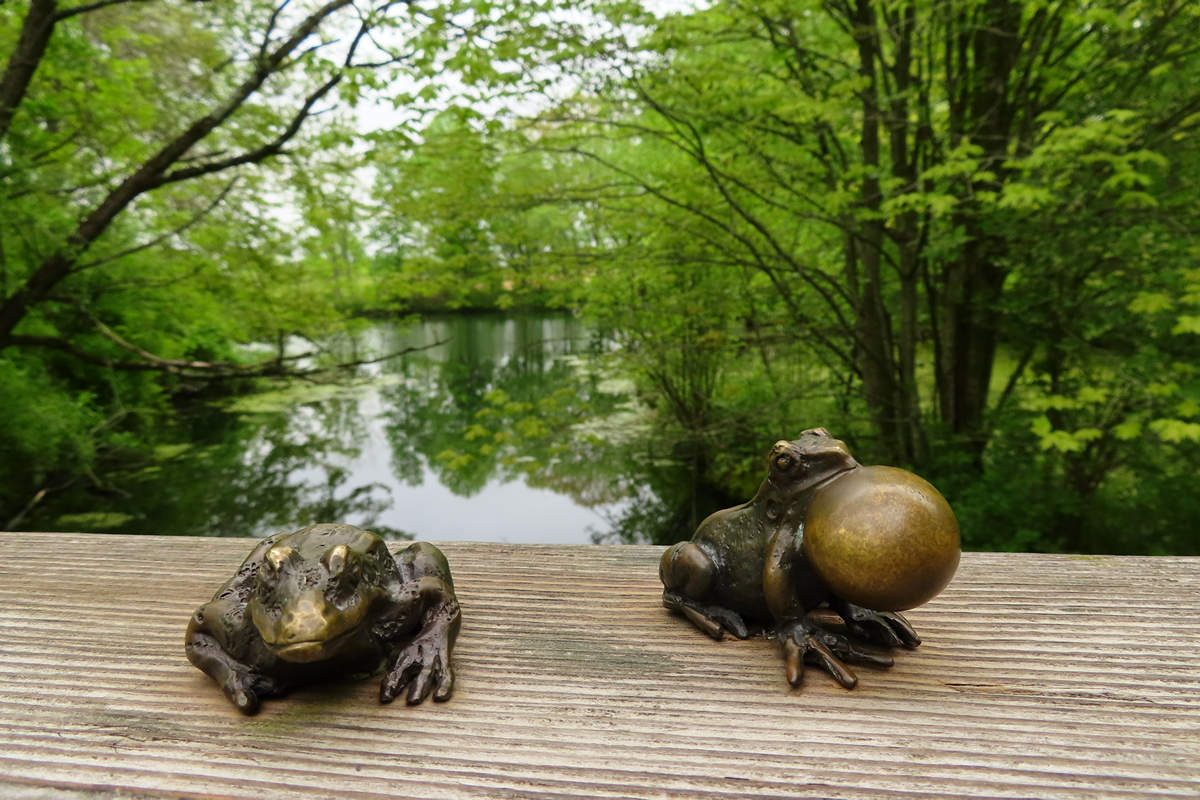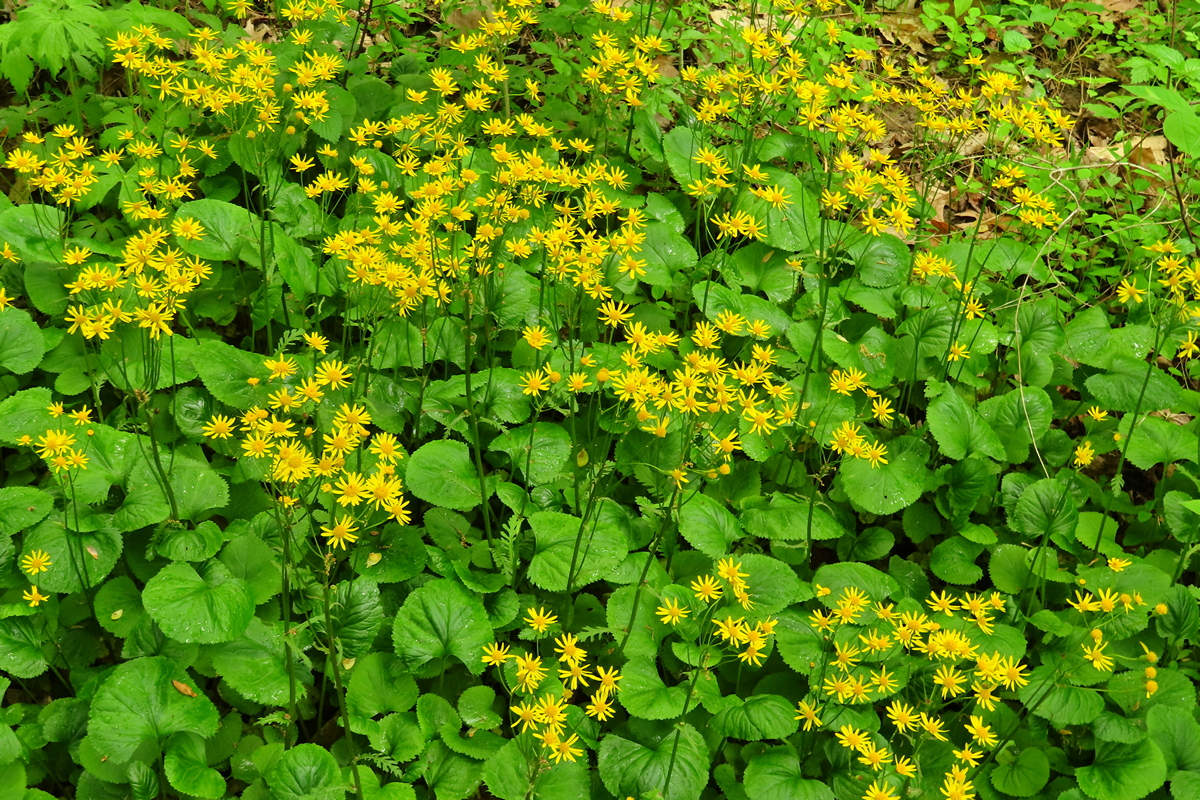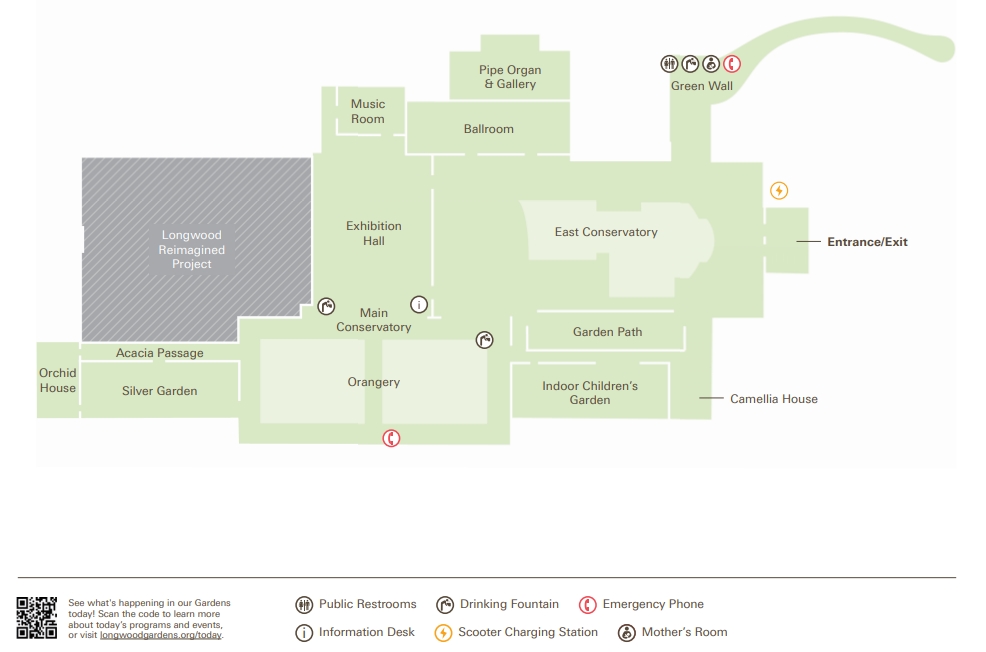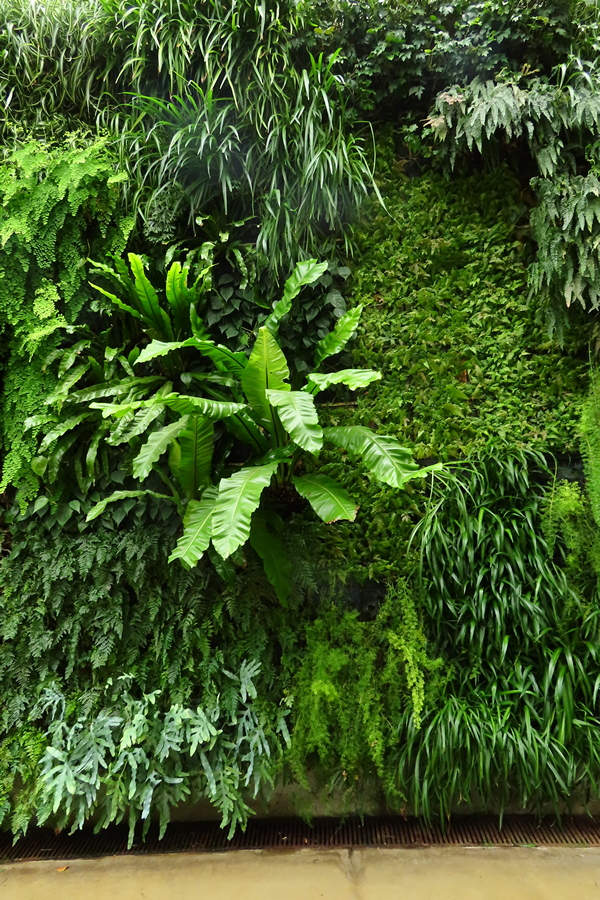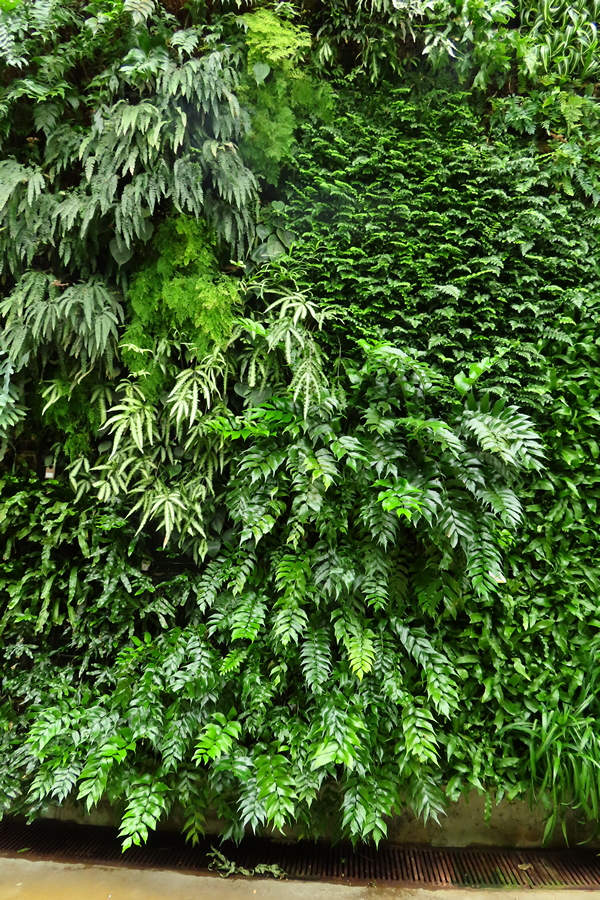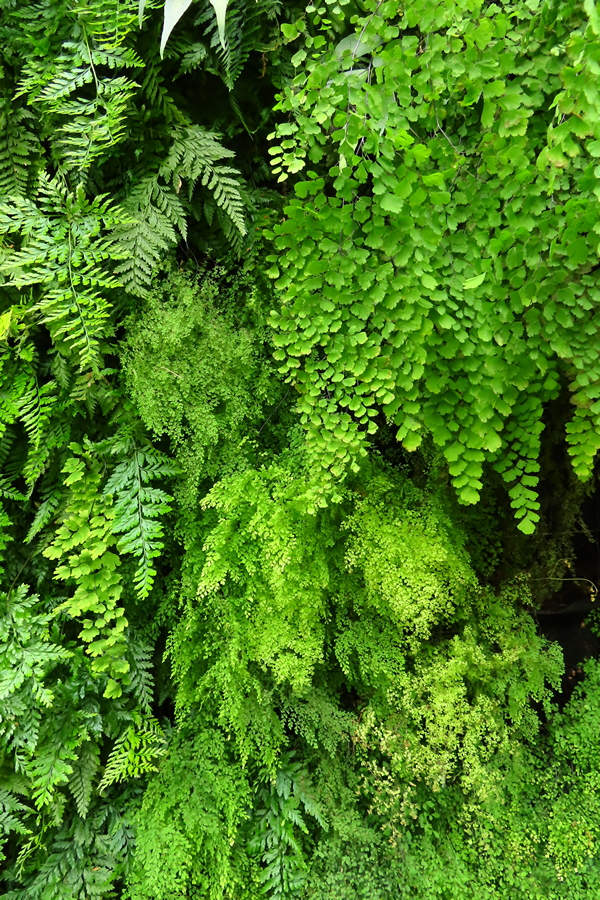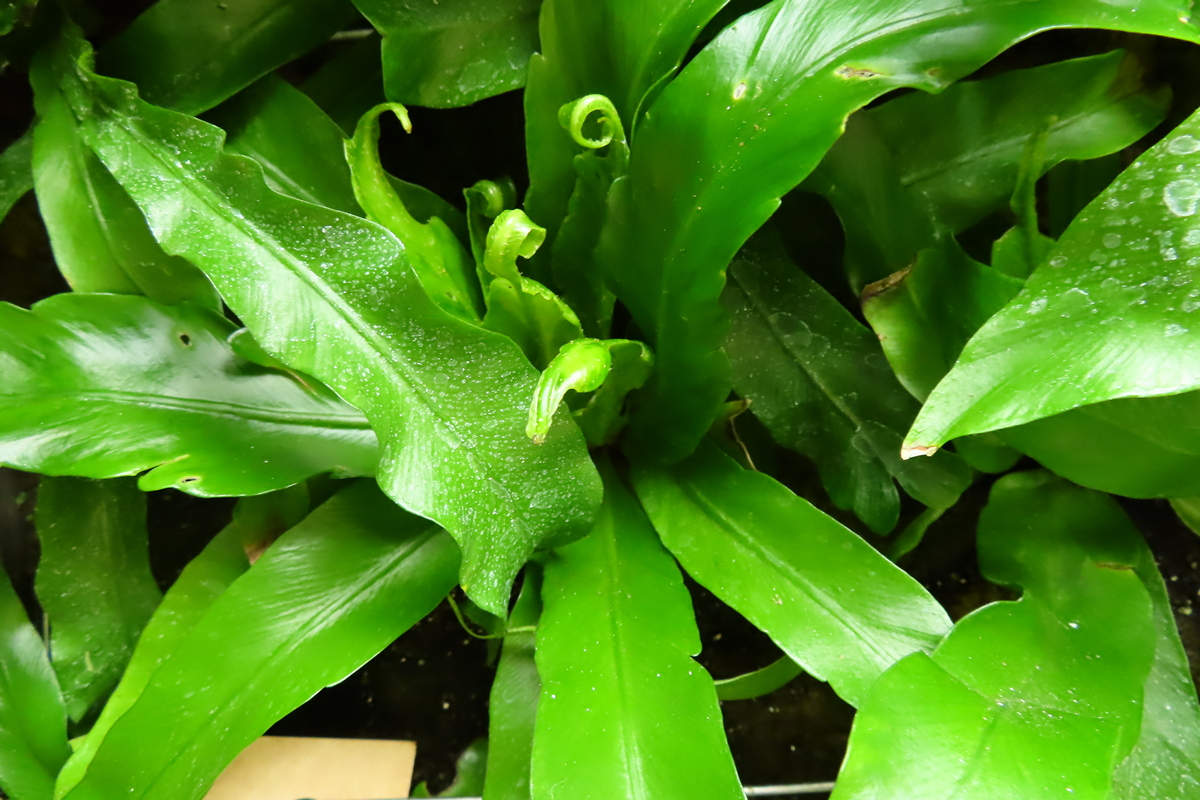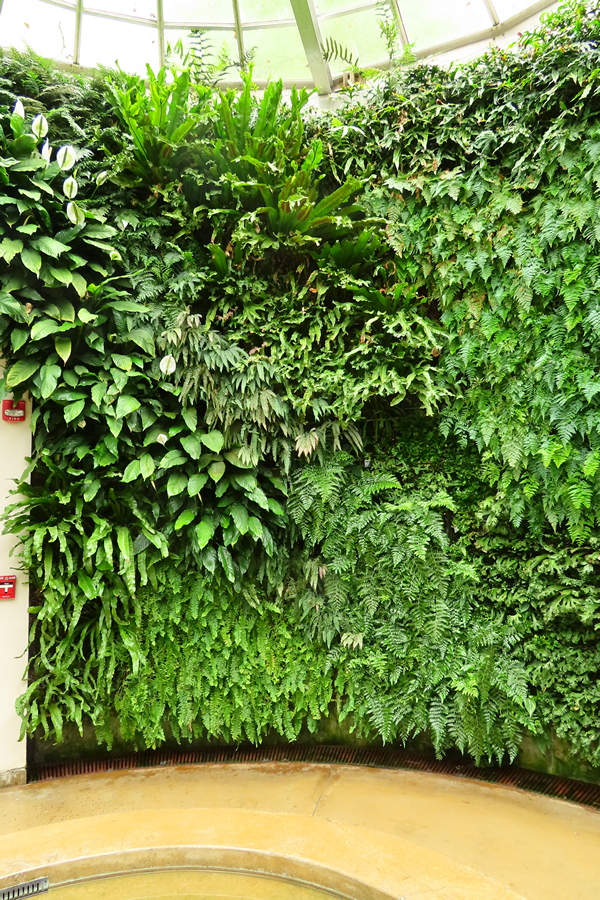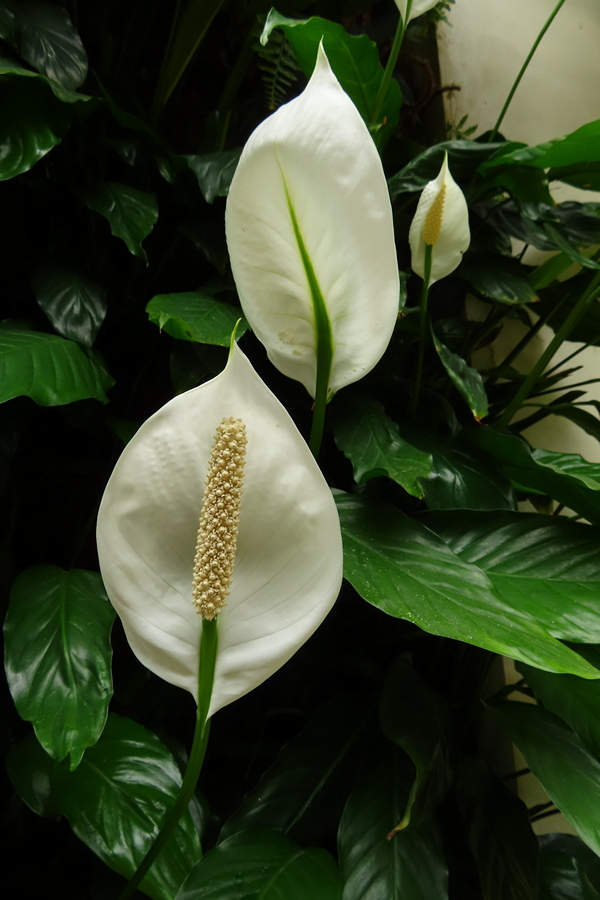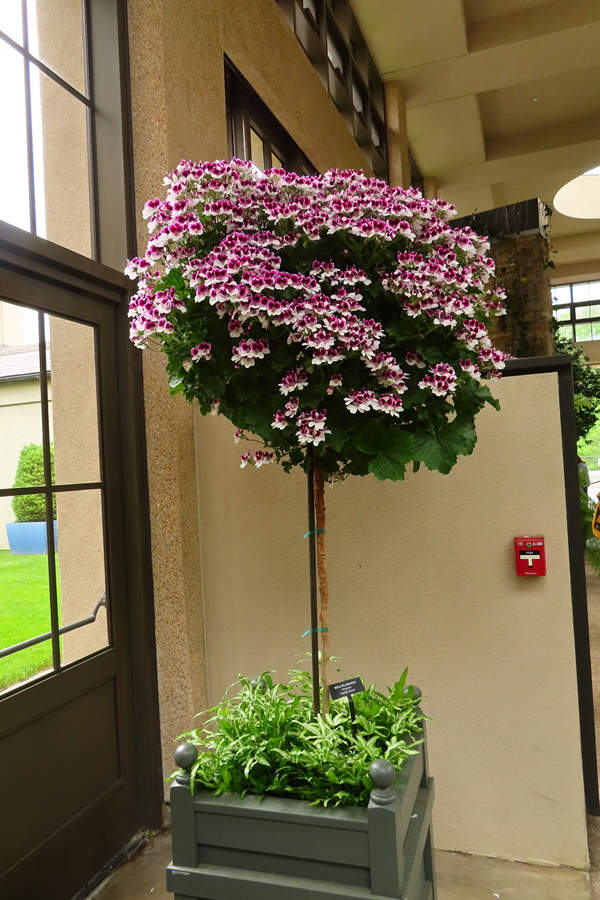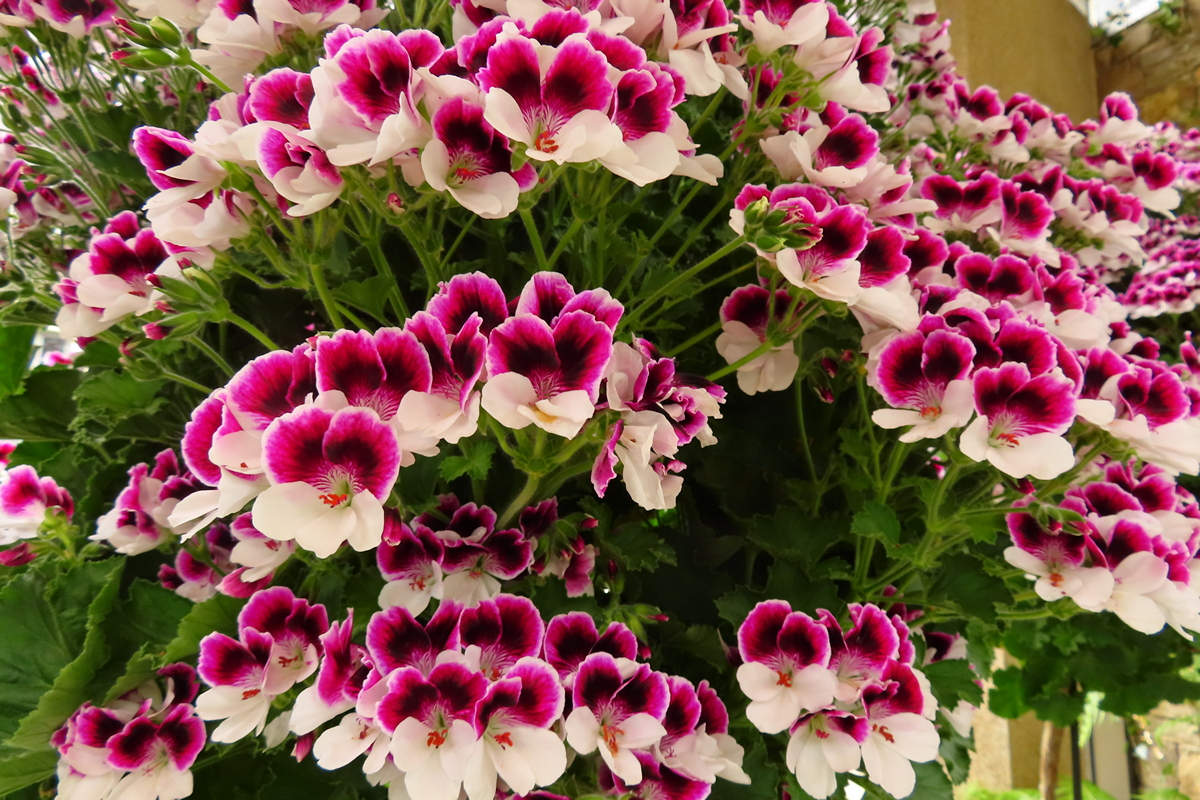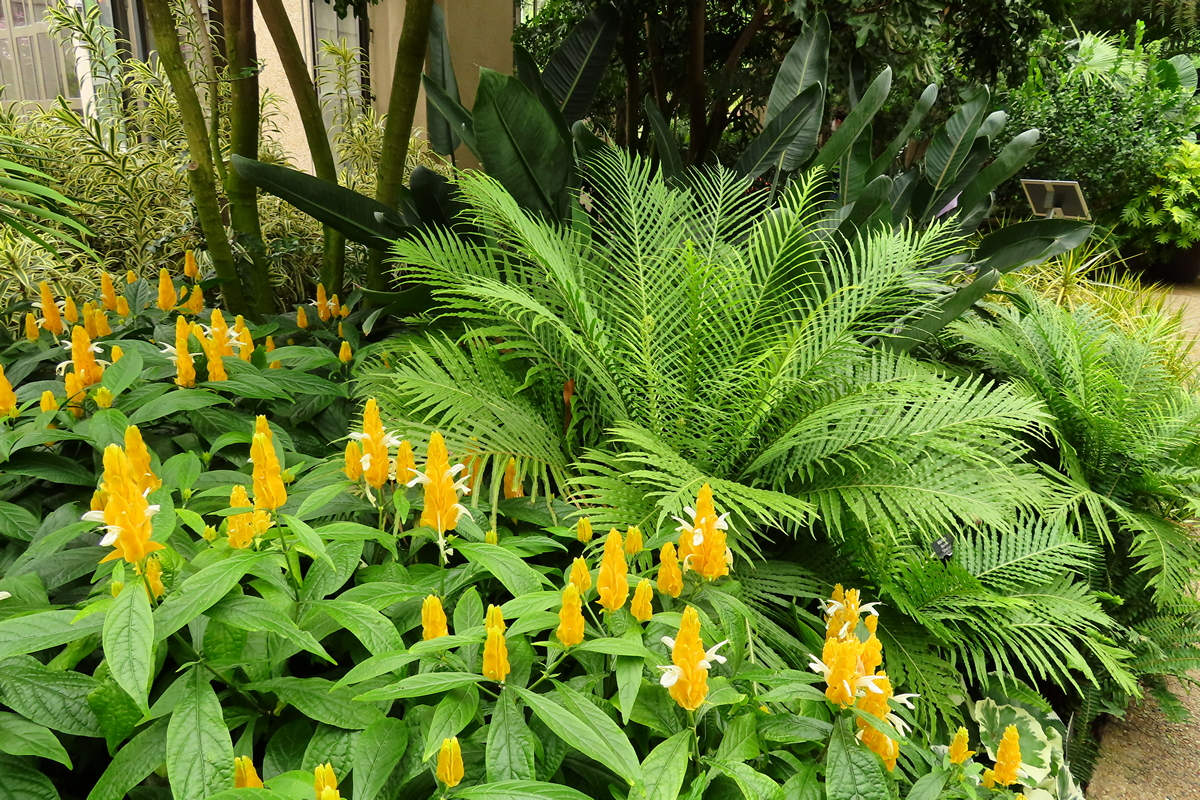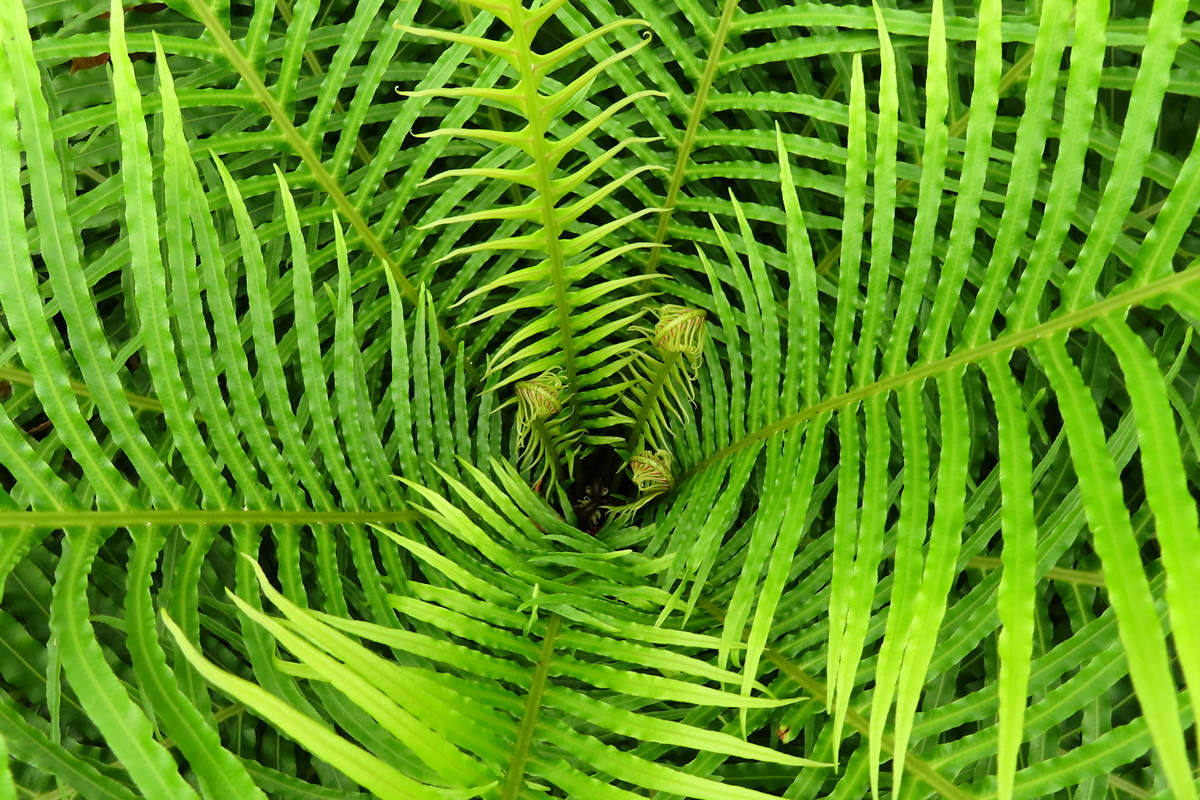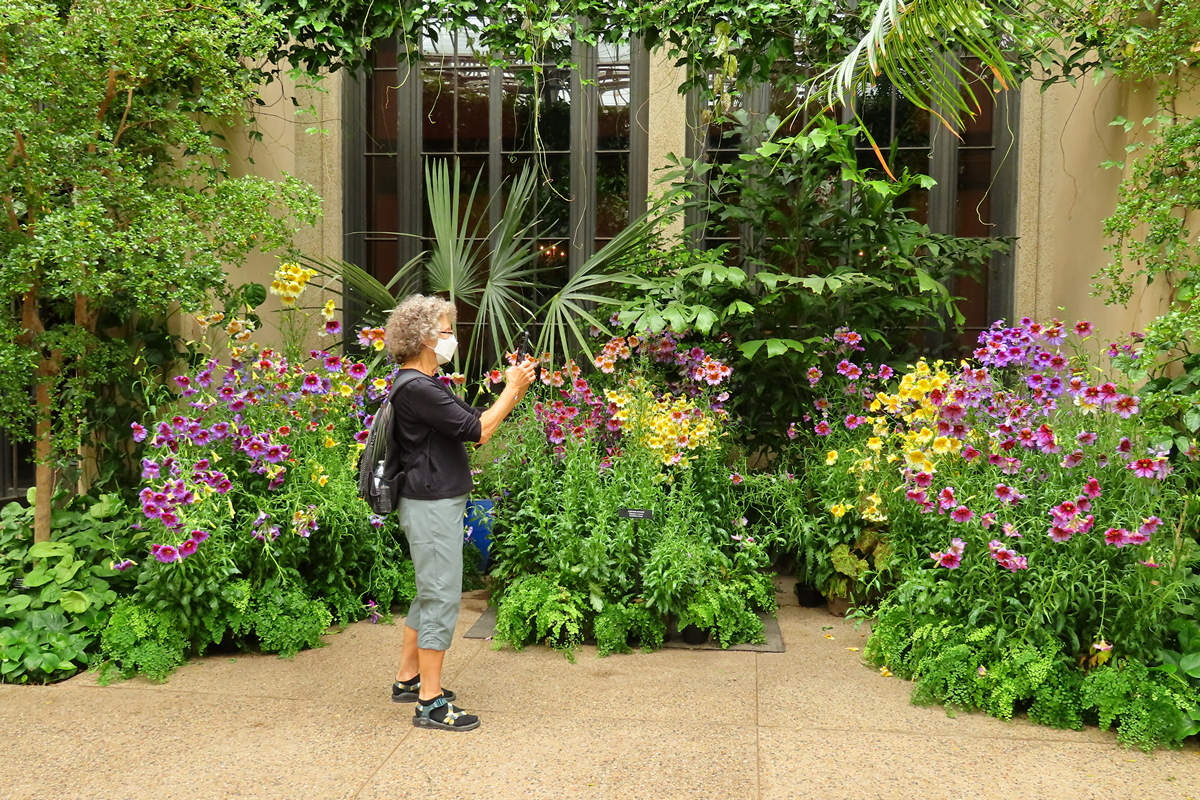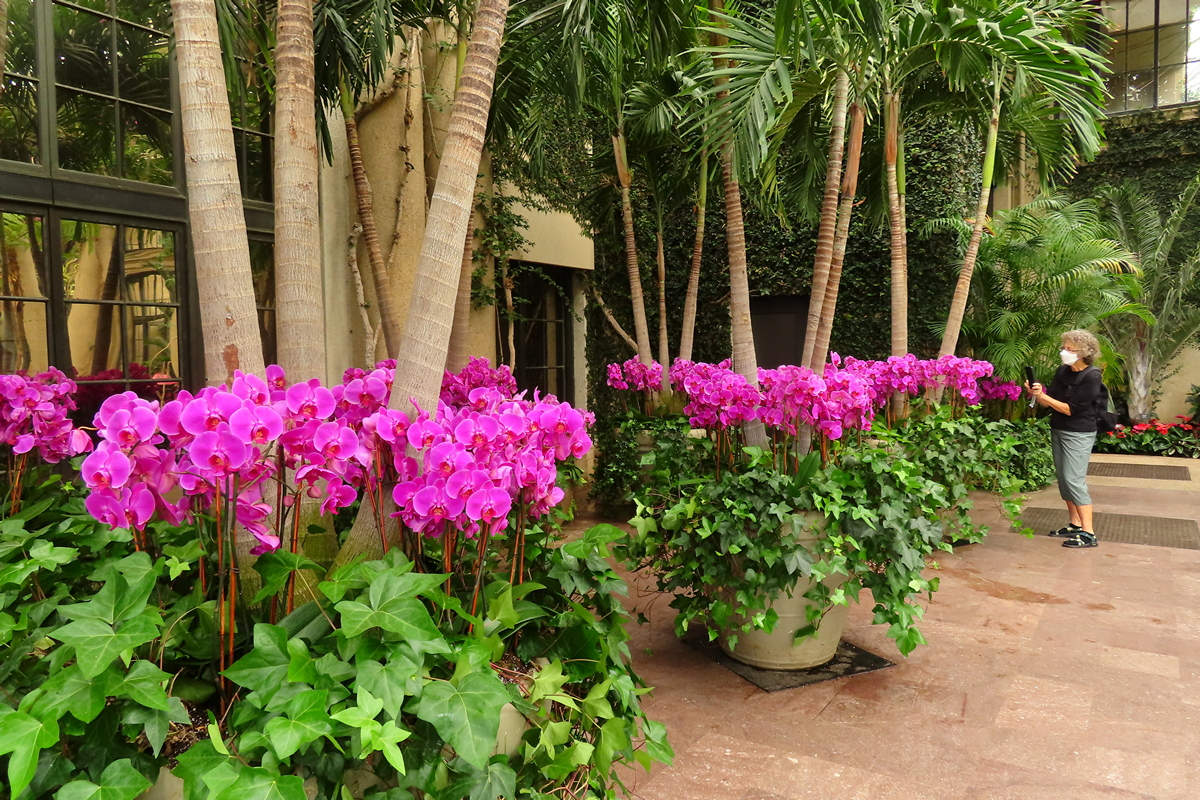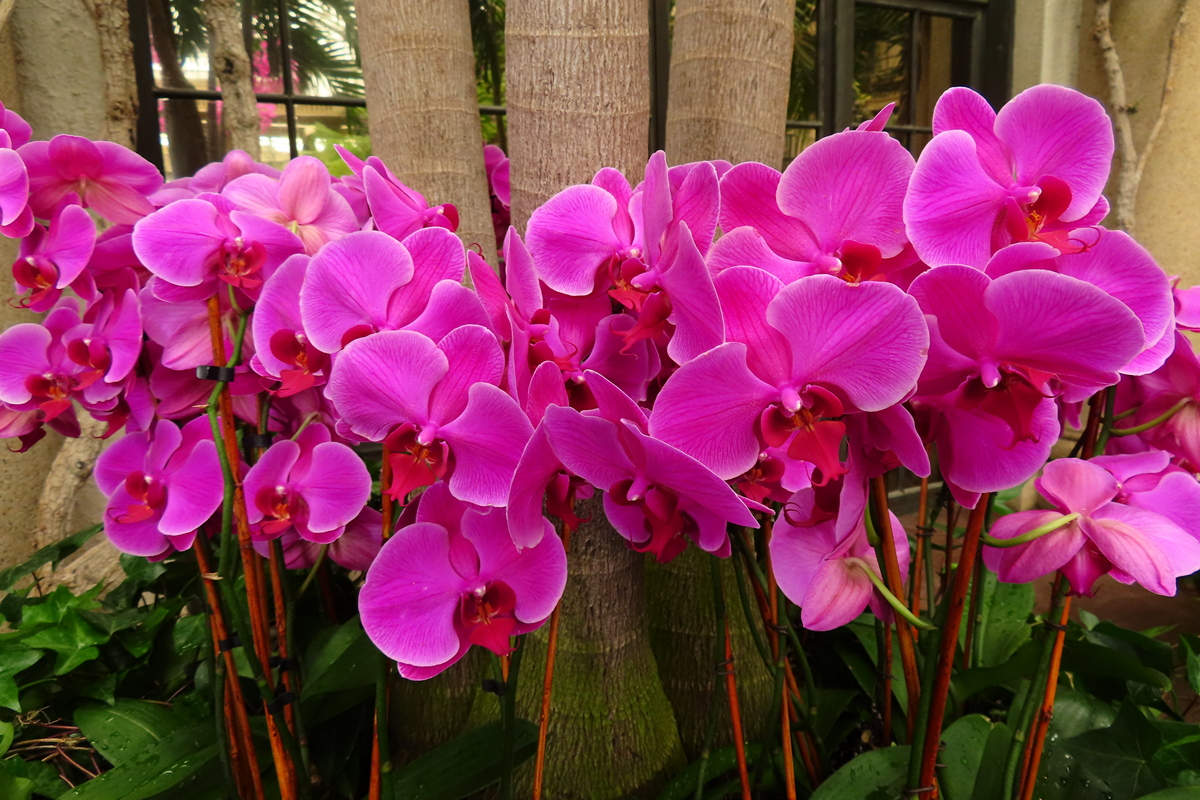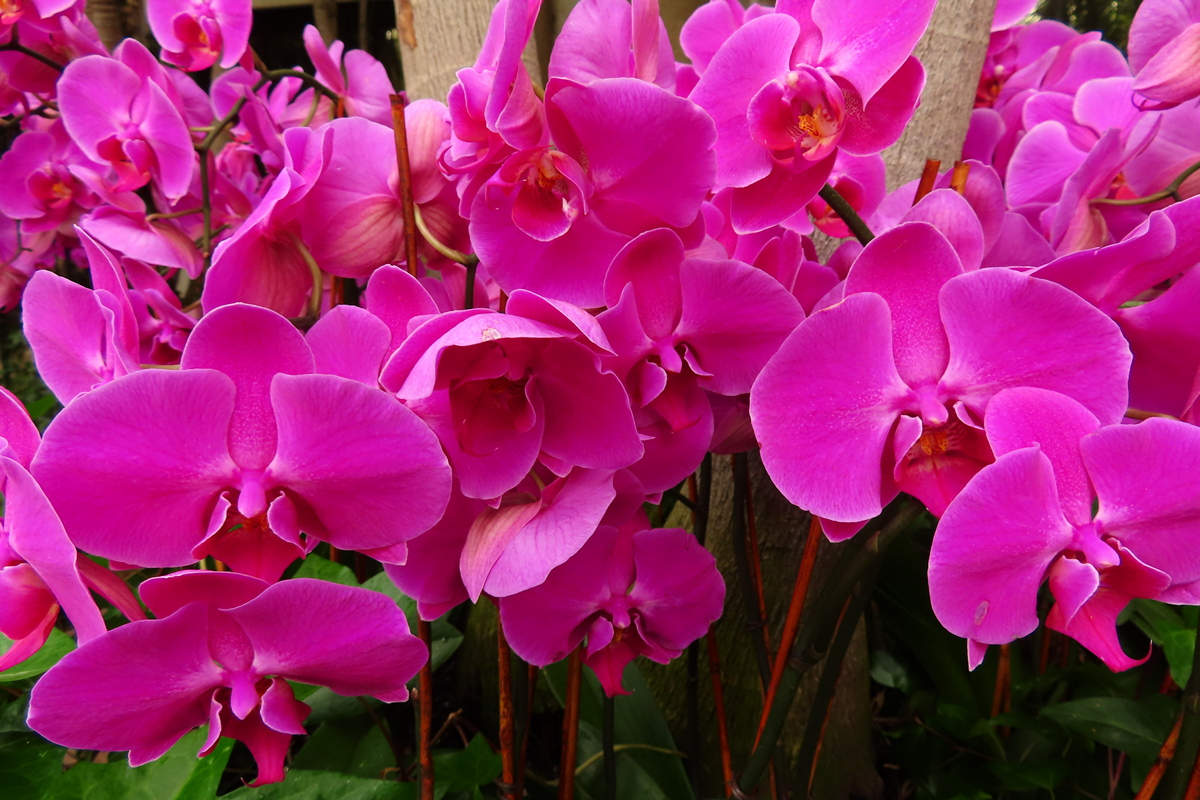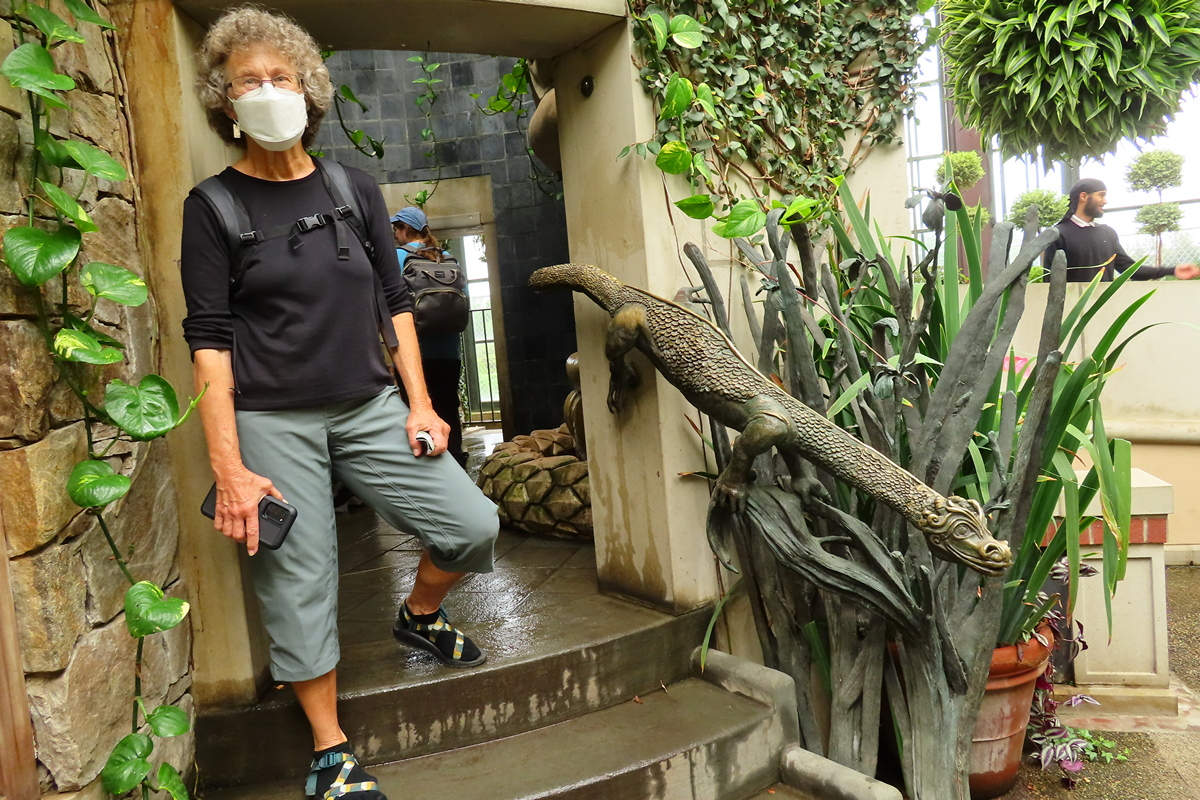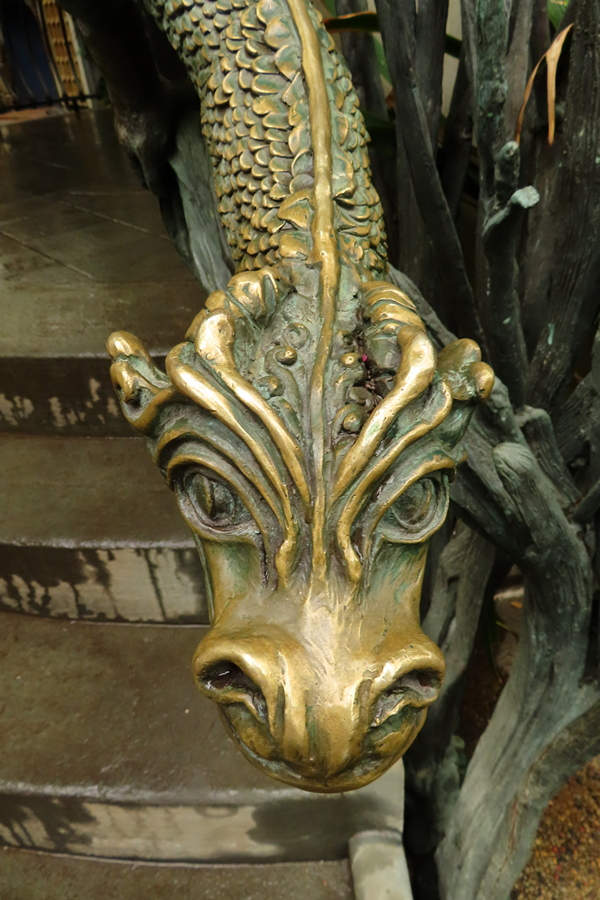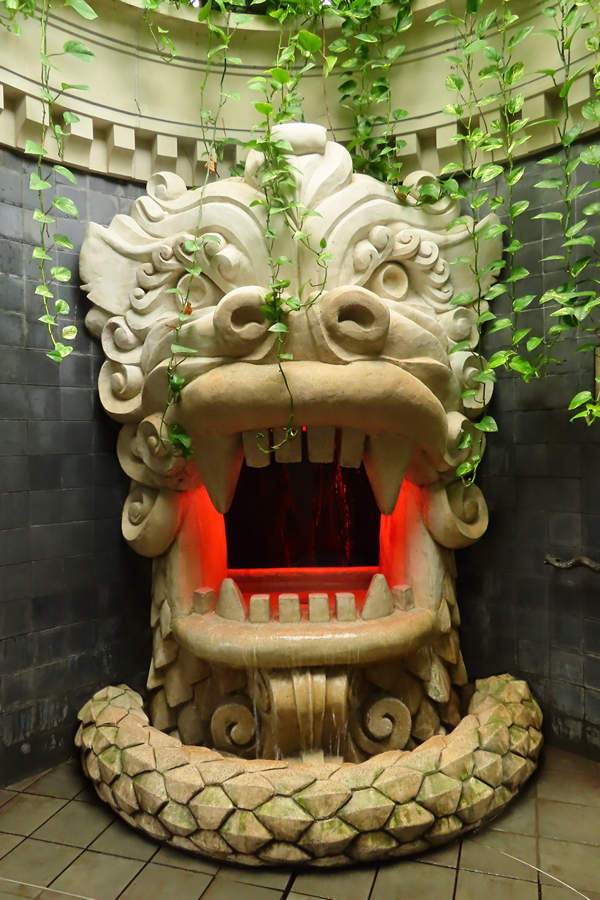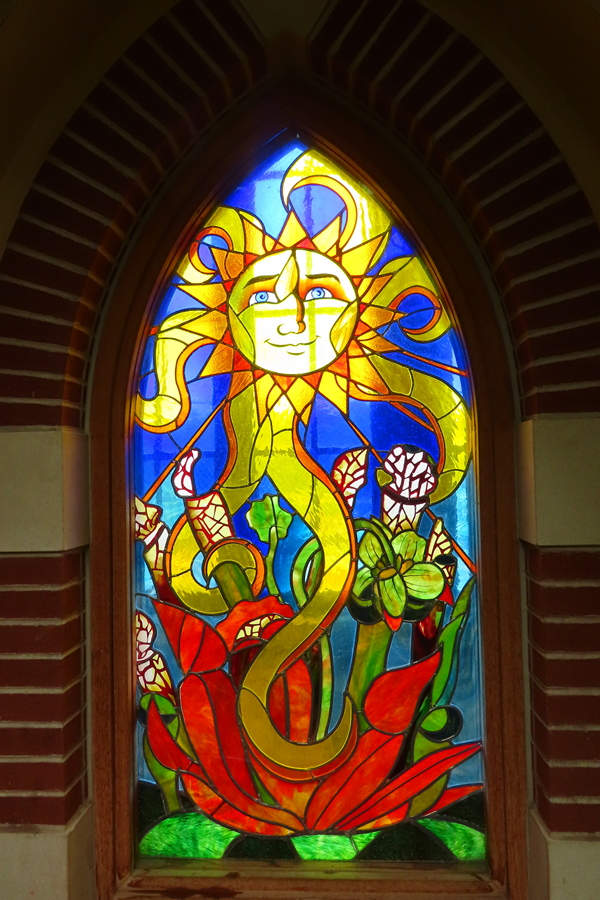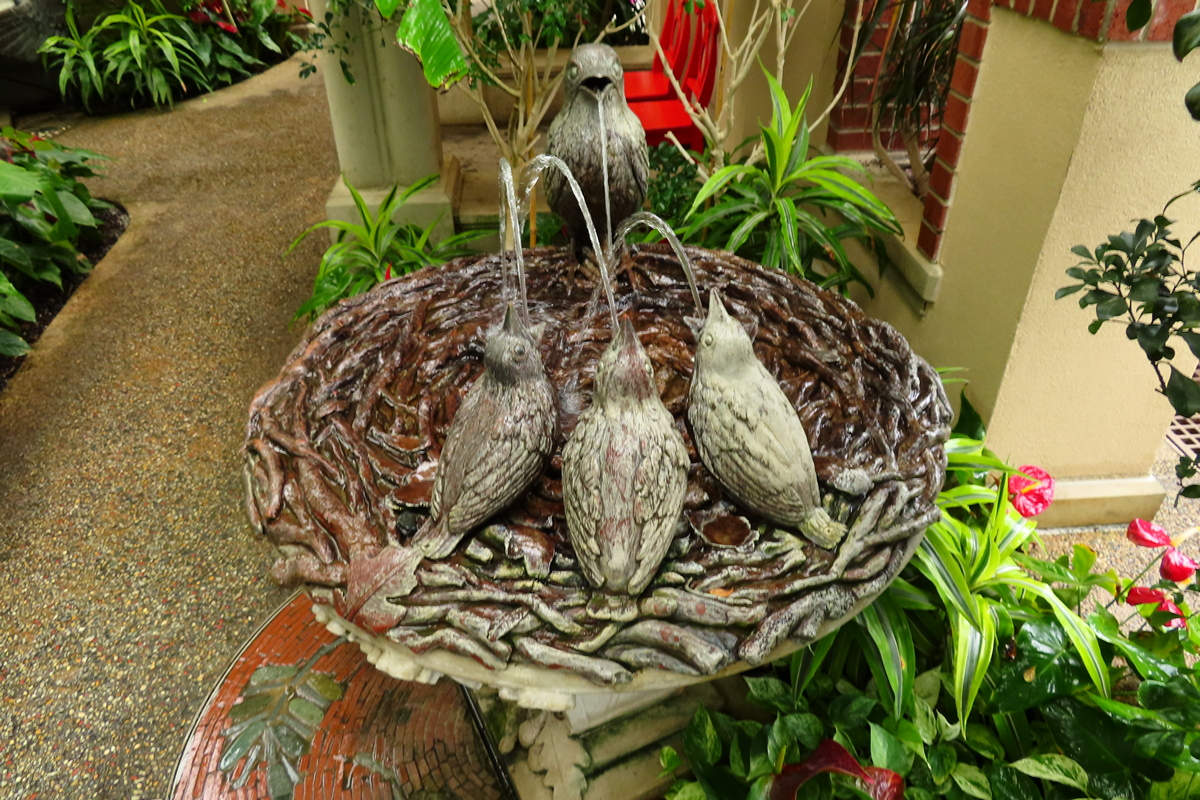Mike Breiding's Epic Road Trips: May 2022
Our 40th Wedding Anniversary Celebration
Dogs, Sushi, Jail Time and Long Wood
Jerry and Joan Host Us for our 40th Anniversary
15 May 2022
Our 40th Wedding Anniversary Celebration
Over the 40 years Betsy and I have been married we have tried to do something special, and hopefully different, to mark the occasion of each Anniversary.
There have been Rail-Trail get aways, shrimp cocktails and champagne atop Dorsey's Knob, gatherings at the old West Virginia Brewing Company, hot dog dinners and time in jail. We decided to do a photo search and turned up some photos we had no memory of. One in particular was a surprise.
So before we take a look at our 40th Anniversary photos here are some Anniversary events which included Dogs, Sushi and Jail Time.
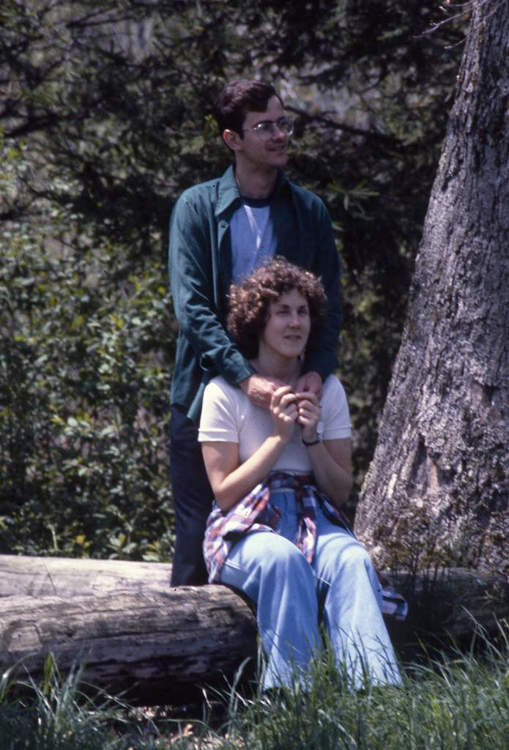
May the 10th, 1981
Terra Alta Mountain Camp where we first met in the summer of 1980.

The Wedding Day of Michael Breiding and Elizabeth Beal
15 May 1982
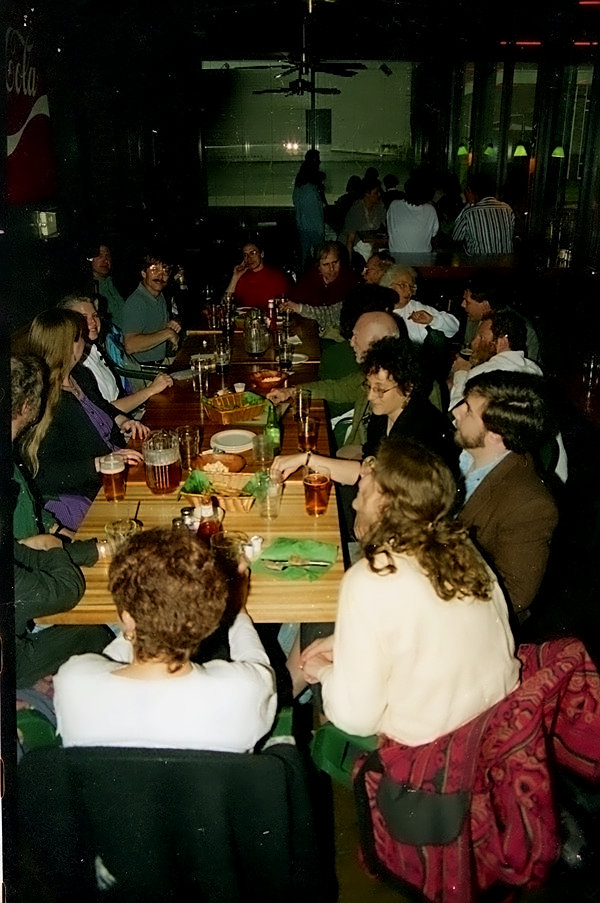
For our 10th Anniversary in 1992 we threw ourselves a "Dutch Treat" party at what was then the West Virginia Brewing Company on University Avenue in Morgantown.
This scan of an old print shows the crowd which turned up - about 20 people, three of whom are no longer with us: Charlie and Betty Baer and my Dad.
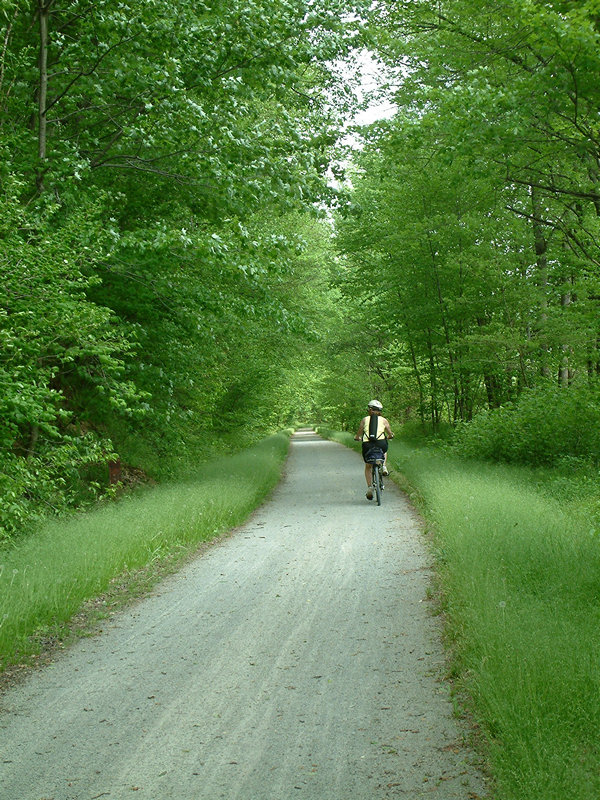
Here Betsy enjoys the tranquility of the Ghost Town Rail-Trail on our Anniversay getaway
For our 22nd Anniversary in 2004 I told Betsy nothing more than to back a bag for several over nights and to include her biking gear.
Our first stop was the Greene River Rail-Trail for a short pedal and then on to the Dillweed Bed and Breakfast adjacent to the Ghost Town Rail-Trail.
We had a very nice ride on the trail then it was off to Johnstown and the now closed Johnstown Brewing Company for beer sampling and dinner.
The next day we headed over to the West Penn Rail-Trail and from there made our way home to Morgantown. Another memorable Anniversary.

For our 25th Anniversary I picked Betsy up after work and we drove the short distance to Dorsey's Knob Park and then hoofed it up to the top of Sky Rock with grilled shrimp skewers and champagne.

For our 26th Anniversary we went to Ogawa Sushi and indulged in all the sushi we could eat.

For our 27th Anniversary we had a nice al fresco dinner at the now closed Richwood Grill.
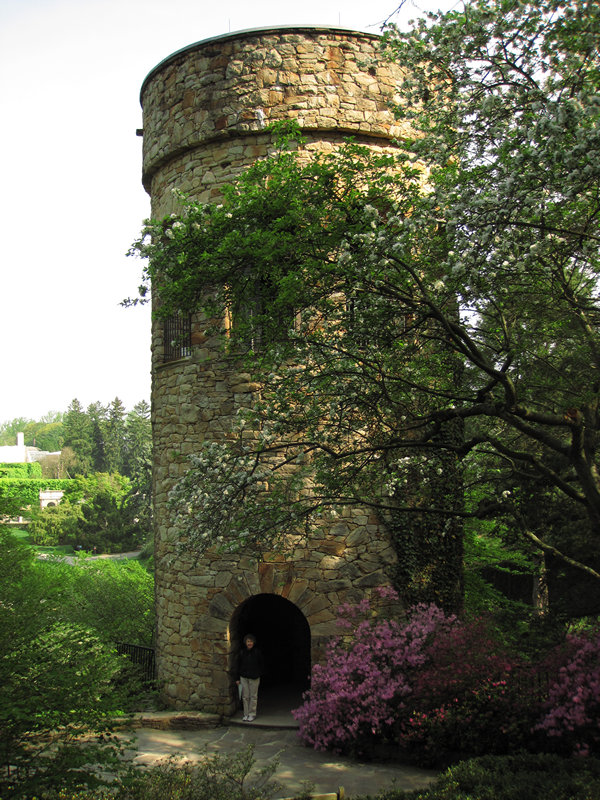
Our 29th Anniversary.
This one surprised us. More about that later.
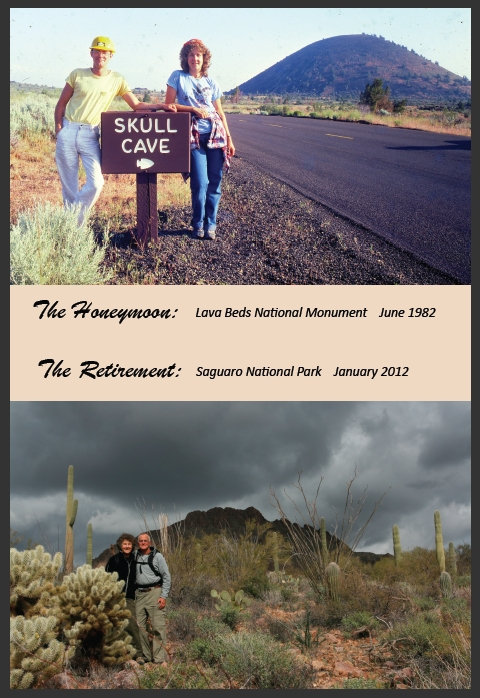
For our 30th Anniversary we decided to go all out and have a big party so we sent out post card invites to just about everyone we knew.
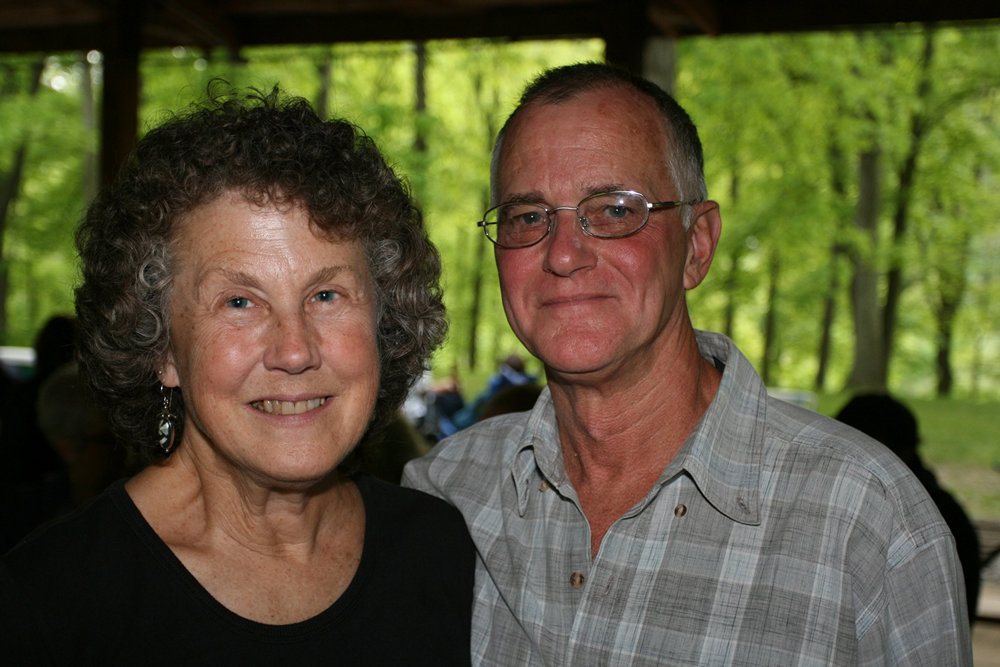
The party was at Marilla Park where this photo was taken. We had quite the crowd - at least 50 people showed up to help us celebrate.

Our 30th Anniversary party was on May 14th and for our actual Anniversary on the 15th we had a classy hot dog dinner at Gene's Beer Garden in our old neighborhood of Greenmont where we first set up housekeeping as newlyweds.

Moundsville Penitentiary - the Anniversary Tour
Our 33rd Anniversary saw us in Wheeling doing some Hard Time which was 5 years of social isolation.
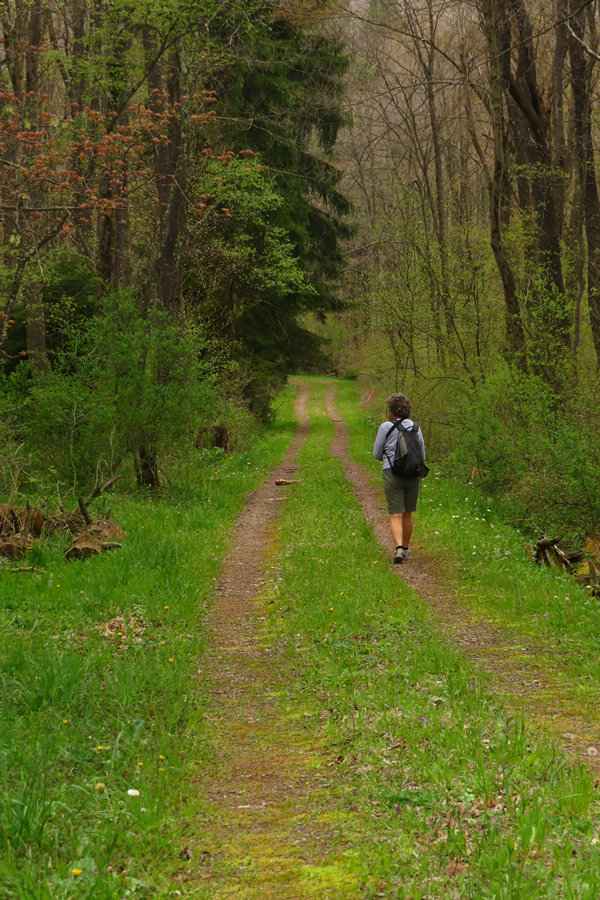
For our 38th Anniversary we decided to take a stroll down Memory Lane - the lane to the Oglebay Mountain Camp where we first met in July of 1980.
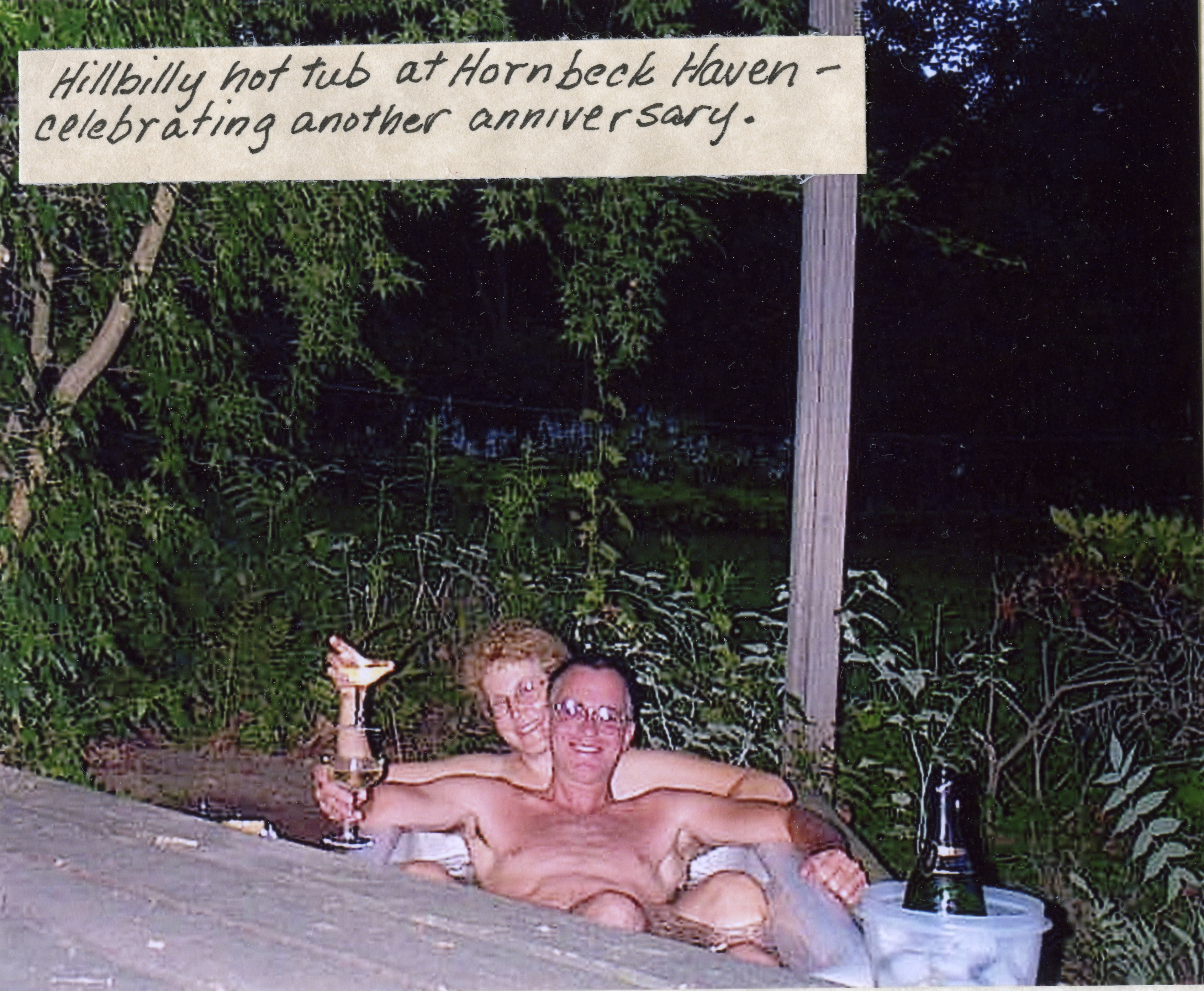
We lived at Hornbeck Haven for 27 years and so had many Anniversaries there. Here is one of them - a champagne toast in our HillBillyHotTub - YeeeeHaaaw!
Of course there were other fun Anniversaries - our first fresh lobster dinner which we cooked in the canning pot. And a getaway to the now closed Hermitage Motel in Bartow West Virginia.
Now that we have opened and explored that time capsule, let's see what our 40th Anniversary has in store for us.
40 years. Hmmmm... that is going to require something special. But unlike years past I was drawing a blank on how to commemorate 4 decades of Wedded Bliss. Betsy to the rescue! She said she would really like to get back to Longwood Gardens and maybe we could visit with Jerry and Joan while in the area. We had been to Longwood once before and loved it but until recently neither Betsy or I could remember what year that was.
And with that I set the wheels in motion and soon we were on our way to Chalfont PA where we would spend some time catching up with Jerry and Joan, drink some brews, and visit two fabulous gardens.
The day of our visit to Longwood we were up at our usual early time and departed Chalfont in time to arrive at the opening of the Gardens after a little over an hour's drive.
When we arrived at Longwood there were hundreds of school kids clogging the entrance. We were not happy. But upon entering the Gardens the kids went one way and we went the other. Close call...
Where is Longwood Gardens?
The simple answer is: near Philadelphia in extreme southeastern Pennsylvania. But Longwood is only one of many gardens in the Philly area.
The Garden Passport tells us: "With 36 public gardens, arboreta, and historic landscapes all located within 30 miles of Philadelphia, the Greater Philadelphia region has more gardens in close proximity than anywhere else in North America."
The gardens and arboretums range in size from just a few acres to the spawling 1,100 acres of Longwood Gardens. Surely, something for everyone.
You can see an aerial view of Longwood Gardenshere. Below is the official hand out map for garden navigation which I marked up with our approximate walking route. If you click on the map you will be able to view/download the original PDF.
Notice the large parking area in the lower right section of the map. The lot is completely hidden from the garden area.
Let's begin our tour, shall we?
Click on the photos below for a larger image.
Just a short walk from the entrance is this magnificent weeping hemlock. The only other one we had ever seen close to this size was at Planting Fields Arboretum at Oyster Bay, NY.
But we are now in Longwood Gardens, not Oyster Bay. So let's find out some info about this world famous estate garden.
In 1700, a Quaker farmer named George Peirce purchased 402 acres of this English-claimed land from William Penn's commissioners.
By 1850, the arboretum boasted one of the finest collections of trees in the nation and had become a place for the locals to gather outdoors – a new concept that was sweeping America at the time.
As the 19th century rolled into the 20th, the family's heirs lost interest in the property and allowed the arboretum to deteriorate. The farm passed out of the family through several hands in quick succession, and a lumber mill operator was about to cut down the trees for timber in early 1906.
This threat moved Pierre S. du Pont, American entrepreneur, businessman, philanthropist, and member of the prominent du Pont family to take action.
On July 20, 1906, 36-year-old du Pont purchased the farm primarily to preserve the trees. He was not planning to create Longwood Gardens, but within a few years, his desire to make it a place where he could entertain his friends transformed a simple country farm into one of the country's leading horticultural display gardens.Pierre du Pont opened the garden to the public in 1921 and in 1937 created the Longwood Foundation, which came under the control of trustees in 1946. When he died in 1954, he "had in place a well-funded yet adaptable mechanism for Longwood to continue." The garden was free, relying solely on its sizable endowment, until 1973, when it began charging admission.
(Currently) Longwood Gardens is a botanical garden that consists of over 1,077 acres (436 hectares; 4.36 km²) of gardens, woodlands, and meadows in Kennett Square, Pennsylvania, United States in the Brandywine Creek Valley. It is one of the premier horticultural display gardens in the United States and is open to visitors year-round to enjoy native and exotic plants and horticulture (both indoor and outdoor), events and performances, seasonal and themed attractions, as well as educational lectures, courses, and workshops.
Source: WikiPedia
The "official" history of Longwood is here: 1700-1906: The Rise & Fall of Peirce's Park.
One feature I remembered and was impressed by was this - the "Eye of Water".
This modern water feature sits above a 90,000-gallon reservoir that supplies the Waterfall and Main Fountain Garden. An initial surge of 8,000 gallons per minute at 9:00 am drops back to a smooth flow of 5,000 gallons per minute for the rest of the day.
Russell Seibert, Longwood's first director saw the Ojo de Agua, near San Jose, Costa Rica and was inspired to have this one built at Longwood in the 1968.Source: longwoodgardens.org
The Eye of Water feeds this watercourse which eventually tumbles over a water fall.
A close up of the weeping Japanese maple shown above. This is most likely Acer palmatum var. dissectum atropurpureum 'Ever Red'.
Longwood has a big budget and large staff who maintain every facet of the garden so it is "picture perfect".
The drive from Jerry and Joan's was a rainy one up until we stepped out of the van in the Longwood parking lot. Then it stopped for the day. Lucky us!
When it comes to fragrance and big showy flowers it is hard to beat peonies which are one of Betsy's favorite flowers.
What a beauty! We have grown peonies on and off over the decades. They make good cut flowers if you can get them before the rain does.
We made our way down a lovely winding path and soon the Carillon Chime Tower came into view. There is another photo of the tower in the Time Capsule photos above.
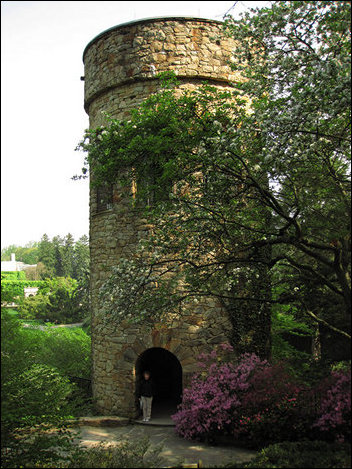
Finding the above photo was significant for us because we both remembered being at Longwood before but could not remember when it was. Jerry and Joan who we stayed with that time as well could not remember either. We remembered going to Fonthill Castle but we kept insisiting we went "somewhere else" also. How we could forget it was Longwood I will never know!
It turns out that visit to Longwood was May 1st of 2011. And although it was not an Anniversary trip it was damn close!
On May 15th, our actual Anniversary, Betsy surprised me with trip to "The Wilds" which is a wildlife park operated by the Columbus Zoo. It was developed on 10,000 acres of "reclaimed" strip mine and is located in east central Ohio about 150 miles west of Morgantown.
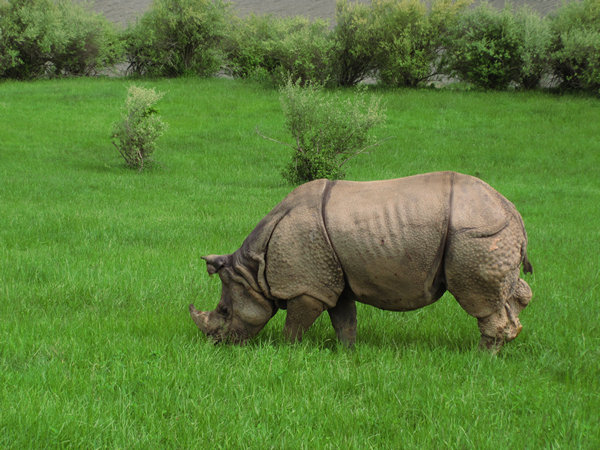
Here is one of the critters we saw while at "The Wilds".
Now, back to Longwood and 2022.
A closer look at one of the azaleas at the base of the Carillon Tower
A carillon is a pitched percussion instrument that is played with a keyboard and consists of at least 23 cast bronze bells in fixed suspension and tuned in chromatic order so that they can be sounded harmoniously together.
Often housed in bell towers, carillons are usually owned by churches, universities, or municipalities. The bells are struck with clappers connected to a keyboard of wooden batons played with the hands and pedals played with the feet. Often, carillons include an automatic system through which the time is announced and simple tunes are played throughout the day.Source: WikiPedia
LONGWOOD'S CARILLON
At the top of this magnificent stone structure resides the carillon, one of our residential instruments. In 1929, founder Pierre du Pont began construction of this 61-foot-tall Chimes Tower based on a similar structure he had seen in France. In 1956, the original chimes were replaced with a 32-note electronic carillon. In 2000, a new 62-bell carillon was crafted in The Netherlands by Royal Eijsbouts of Asten. The largest bell is almost 6 feet in diameter and weighs 6,908 lbs, while the smallest bell is only 6 inches in diameter and weighs 20 lbs.
The carillon plays automatically upon the hour and visiting carillonneurs perform live concerts from spring through fall. Carillon recordings are available for purchase in the Gardens Shop, located in the Visitor Center. For more information about upcoming concerts, please visit our website at: www.longwoodgardens.org
Check out Janet's handy work on the carillon!
Although the traditional carillon keyboard shares some similarities with other keyboard instruments, its playing technique is unique. Hand playing is done with a keyboard called baton keyboard or stokkenklavier. Similar to a piano, the carillon keyboard has short chromatic keys above the larger diatonic ones but the carillon keys are wooden levers, rounded at the playing end. These keys are depressed by the carillonneur's closed fist.
Source: @ 2001–2021 Jonathan Janson |
This is the waterfall adjacent to the Carillon tower. All that water is coming from the Eye of Water.
Like everything else, this fern wall was picture perfect.
The combination of flowers was stunning.
Here we see yellow lady slipper orchid, longbract trillium and pale corydalis.
Wood poppy is a plant we now have at Cabin №18 in Morgantown.
I would have sworn these hard, spiked fruits ("gum balls") were from a Sweetgum (Liquidambar styraciflua) tree but they are not. They are from a Wheel tree (Trochodendron aralioides).
Trochodendron aralioides, sometimes colloquially called wheel tree, is a flowering plant and the sole living species in the genus Trochodendron, which also includes several extinct species. It was also often considered the sole species in the family Trochodendraceae, though botanists now include the distinct genus Tetracentron in the same family. T. aralioides is native to Japan, southern Korea and Taiwan. Growing in lower temperate montane mixed forests in Japan, and broad-leaved evergreen forest in the central mountain ranges and Northern parts of Taiwan.
Source: WikiPedia
American sweetgum (Liquidambar styraciflua), also known as American storax, hazel pine, bilsted, redgum, satin-walnut, star-leaved gum, alligatorwood, or simply sweetgum, is a deciduous tree in the genus Liquidambar native to warm temperate areas of eastern North America and tropical montane regions of Mexico and Central America.
Sweetgum is one of the main valuable forest trees in the southeastern United States, and is a popular ornamental tree in temperate climates. It is recognizable by the combination of its five-pointed star-shaped leaves (similar to maple leaves) and its hard, spiked fruits. It is currently classified in the plant family Altingiaceae, but was formerly considered a member of the Hamamelidaceae.Source: WikiPedia
I hope that someday our foamflower and maiden-hair fern will look like this.
I have never seen foamflower like this before.
Or phlox.
This is one of several landscapers we saw fine tuning the shrubbery below the carillon.
The heavy overcast took the sparkle out of the water.
Another fabulous weeping Japanese maple
A big draw here are these fountains which are synched to very loud music. Today's selection was Ravel's Bolero. The fountains are lit up at night and I imagine they are pretty spectacular.
This shows the conservatory and the construction zone for the new "envisioning" of said building.
Lupines! We have seen them in the Upper Peninsula of Michigan and in the Sky Islands of southeast Arizona.
Fabulous!
The ones we have seen in the UP were just as big and gorgeous but nothing close to this color range.

The above photo is from our June, 2015 trip to the Upper Peninsula of Michigan. The lupines were growing nicely in a road side drainage ditch.
A look at the "legs" of another old weeping hemlock.
There were not many rhodies in bloom and most of them had no name tags.
This one did have a tag. It is "Kristi Lynn".
There is a cafe at Longwood but only 1%ers could afford to eat there.
A passer-by offered to take a photo of us. The rhodie is the Chinese species Rhododendron fortunei. It was found in the mountains of eastern China by Robert Fortune a Scottish botanist and plant hunter. That was over a century ago and Rhododendron fortunei has been in cultivation ever since.
Fortune had 14 species and one genus named after him.
Next we wandered over to the old Peirce family house and original conservatory. The Peirce's were the original owners of the property and they named it "Peirce Park". When the duPonts purchased the property it was greatly expanded to over 1000 acres of manicured landscape, woods and meadow.
Behind the Peirce house is the trail which leads to a beautiful woods with mature trees.
Along the woodland path there were a number of plant identification labels.
We delighted in the serenade of a wood thrush as we strolled down the path and in the distance we could hear the drumming of a Pileated woodpecker.
Click the play arrow to hear the lovely
song of the wood thrush.
Never before had we seen such a carpet of May apple plants.
A closer looked revealed some to be in bloom.
One of the many fine tulip trees in Peirce's Park.
I spotted a small group of Yellow trillium (Trillium luteum) about 20 feet off the trail. Neither Betsy or I had ever seen this species before.
Trillium luteum is endemic to the southeastern United States. It is native to Georgia, Kentucky, North Carolina, and Tennessee. It is especially abundant around Gatlinburg, Tennessee. T. luteum has been widely introduced elsewhere, with known populations in Maryland, Michigan, Ontario, Pennsylvania, South Carolina, and Virginia.
Source: WikiPedia
Yellow trillium falls within the sessile group and typically flowers in April and May. Its twisted yellow petals distinguish it with a lemony fragrance. It can be found in deciduous forests, open woods, along rocky stream banks, and in rich mature forest on calcareous substrates.
Yellow trillium was long considered a color morph of the more widely distributed Trillium cuneatum, but studies that are more recent have shown it to be a distinct species. Yellow trillium is found primarily in Tennessee, North Carolina, Georgia, and Kentucky. More northern occurrences (Michigan and Ontario) are attributed to “garden escapes” and are not a part of the natural range of this species.Source: US Forest Service
I have never before thought of the bead fern (Onoclea sensibilis) as being photogenic but numerous plants we saw along the meadow trail caught my eye.
I could not recall having ever having seen this coloration in the newly developing frond.
This bead fern flanked deciduous azalea was very fragrant.
Betsy could not resist getting a nose full.
Species? Hybrid? Unknown.
The interior of the resting shelters along the meadow path were artfully decorated with relevant information.
Oh, boy! More bead fern. I never before had noticed the reddish stems on this fern.
The brown structure is the "fertile" or spore bearing frond from the previous season. This is why the bead fern is said to have dimorphic fronds. The "fertile" and "sterile" non spore producing fronds are very different in shape and size.
A newly emerging fiddle head of the bead fern.
A nice stand of bead fern to be sure. Seeing it like this gave me a new appreciation for it as an element in a rustic landscape.
Another new one for us - mason bee hives. They were placed directly adjacent to the meadow trail.
Mason bee is a name now commonly used for species of bees in the genus Osmia, of the family Megachilidae. Mason bees are named for their habit of using mud or other "masonry" products in constructing their nests, which are made in naturally occurring gaps such as between cracks in stones or other small dark cavities. When available, some species preferentially use hollow stems or holes in wood made by wood-boring insects.
Unlike honey bees (Apis) or bumblebees (Bombus), Osmia species are solitary; every female is fertile and makes her own nest, and no worker bees for these species exist.
The nesting habits of many Osmia species lend themselves to easy cultivation, and a number of Osmia species are commercially propagated in different parts of the world to improve pollination in fruit and nut production.
Source: WikiPedia
Leaving the meadow trail we wound our way down to a small stream where we saw this nice stand of ostrich fern.
Ostrich fern (Matteuccia struthiopteris) will form large clonal populations if the conditions are favorable. It has been in cultivation for over a 100 years as both an ornamental and as a food crop. In the spring the newly emerging fiddle heads are harvested and prepared like asparagus. The University of Maine has the web page about identifying and harvesting ostrich fern fiddle heads
Also along the stream were these lady ferns. The water was crystal clear in spite of the recent heavy rains. This is not surprising considering the protected watershed which is the water's source.
There are several lakes/ponds in the meadow area. These cuties were hanging out on the railing of the bridge which crosses over the "waist" of Hourglass Lake.
Here is a native plant which should be used more often in the landscape. Golden Ragwort (Packera aurea) is native to eastern North America, from Labrador to Minnesota and from North Carolina to Arkansas with additional populations in the panhandle of Florida.
We eventually made our way back to an area near the conservatory which was an open greensward planted with large mature trees of various species. Betsy and I were both agog when we realized this giant was a Gingko.
Gingko is referred to by some as a "living fossil". Here is the reason why:
Ginkgo biloba, commonly known as ginkgo or gingko also known as the maidenhair tree, is a species of tree native to China. It is the last living species in the order Ginkgoales, which first appeared over 290 million years ago. Fossils very similar to the living species, belonging to the genus Ginkgo, extend back to the Middle Jurassic approximately 170 million years ago. The tree was cultivated early in human history and remains commonly planted.
Source: WikiPedia
After we were through Gingko Hugging we made our way over to the entrance of the Conservatory.
Looking at the map above I tried to figure out which of my photos were taken where. The only thing I can be sure of is the Green Wall area.
The rest of the Conservatory photos were taken here, there and everywhere.
If you click on the map you will be able to download the complete Longwood map.
We then donned our masks and entered the Conservatory. Most folks were maskless.
We are now inside the conservatory and staring in a amazement at "The Green Wall". My photos are dismal and this link will give you a better idea what it looks like: Green Wall.
Amazing!!
At Longwood, even our restrooms are spectacular. When it became clear that we needed to increase the number of guest facilities, we knew it was an opportunity to create another award-winning display. When nature calls, don’t miss this fern-laden glen of lush, vertical vegetation planted along 4,000 square feet.
Source: Longwood Gardens: The Green Wall
Ferns, ferns and more ferns!
A FrondFondlers's dream come true.
This is one of the first tropical ferns I was introduced to as a newly developing FrondFondler back in the late 1970s. It is the Bird's Nest Fern (Asplenium nidus).
As beautiful as this is, I could only imagine what the carbon footprint must be to heat this place in the winter.
The white of this spathaphylllum stood out in sharp contrast to the wall of green. This too was one of the first tropical plants I became acquainted with. In the 1970s I worked as a delivery boy and green house worker for the now defunct "Ward's Florist and Greenhouse" which was just south of Morgantown near the Goshen Road. We grew and sold pots of spathaphylllum aka: Peace Lilly in the "hot house".
Would you believe this is a geranium!? Well, it is. At first Betsy and I both thought it was a hanging basket. Then we realized it was trained as a standard.
A standard is quite a formal, ornamental way of growing shrubs, which aims to bring the bulk of the ornamental growth into the eyeline. Only certain plants can be trained in this way, although others can be top-grafted to create the same effect. Whether the plant is a single specimen or grafted, the training and management is the same.
Source: © 2022 Oak Leaf Gardening
The label told us this amazing plant was a Regal Pelargonium.
The Regal Pelargonium initially grew wild in southern Africa. In around 1600 Dutch East Indies Company ships brought the plant from the Cape of Good Hope to Europe, where it’s was the star turn in various botanical gardens. Nowadays we place the plant indoors so that you can enjoy this African beauty all year round.
Source: .thejoyofplants.co.uk
Is it any wonder this gorgeous plant has been in cultivation since the 1600s? This particular cultivar is called "Australian Mystery".
Here is another plant I first became familiar with back in the 70s - Golden Shrimp plant (Pachystacys lutea)
Pachystachys lutea, known as the golden shrimp plant or lollipop plant, is a tropical, soft-stemmed evergreen shrub between 0.5 and 2.5 meters tall, native to Peru.[1][2] The zygomorphic, long-throated, short-lived white flowers emerge sequentially from overlapping bright yellow bracts on racemes that are produced throughout the warm months.
The Latin specific epithet lutea means “yellow”.
It is cultivated as an ornamental, but in cold temperate regions it requires protection from temperatures below 10 °C (50 °F).It has won the Royal Horticultural Society’s Award of Garden Merit.Source: WikiPedia
Behind the shrimp plants is a cycad.
Cycads are seed plants that typically have a stout and woody (ligneous) trunk with a crown of large, hard, stiff, evergreen and (usually) pinnate leaves. The species are dioecious, that is, individual plants of a species are either male or female. Cycads vary in size from having trunks only a few centimeters to several meters tall.
They typically grow very slowly and live very long, with some specimens known to be as much as 1,000 years old.[citation needed] Because of their superficial resemblance, they are sometimes mistaken for palms or ferns, but they are not closely related to either group.Source: WikiPedia
A look down the center of the cycad. The unfurling leaves are reminiscent of fern fiddleheads.
Based on genetic studies, cycads are thought to be more closely related to Ginkgo than other living gymnosperms. Both are thought to have diverged from each other during the early Carboniferous.
The cycad fossil record dates to the early Permian, 280 million years ago (mya). There is controversy over older cycad fossils that date to the late Carboniferous period, 325 to 300 million years ago. This clade probably diversified extensively within its first few million years, although the extent to which it radiated is unknown because relatively few fossil specimens have been found.
Source: WikiPedia
I think it is safe to say this is a "riot of color". It was pert near an optical barrage!
Neither of us had ever seen so many orchids in one place.
I would love to get a peek into the green houses where all these plants are grown.
This is what I would call the whimsey area of the Conservatory - the Children's Garden.
And that is the last shot of the day. By now our eyeballs, brains and legs were pretty much worn out.
We made our way back to Jerry and Joan's and enjoyed a nice Happy Hour outside which included a champagne toast. Then it was Thai take-out with dinner on the wonderful covered porch which looks out into their wooded yard and the stream just beyond. Very nice indeed.
The next morning we enjoyed a quiet coffee time on the covered porch and listened to the rain drops and watched the antics of a cat bird.
Jerry and Joan busied themselves with the task of getting ready for a neighborhood yard sale while Betsy and I got the van packed up and ready to go.
We said our farewells and were soon on the road to Jenkins Gardens and Arboretum.
See you there...
~ Mike and Betsy
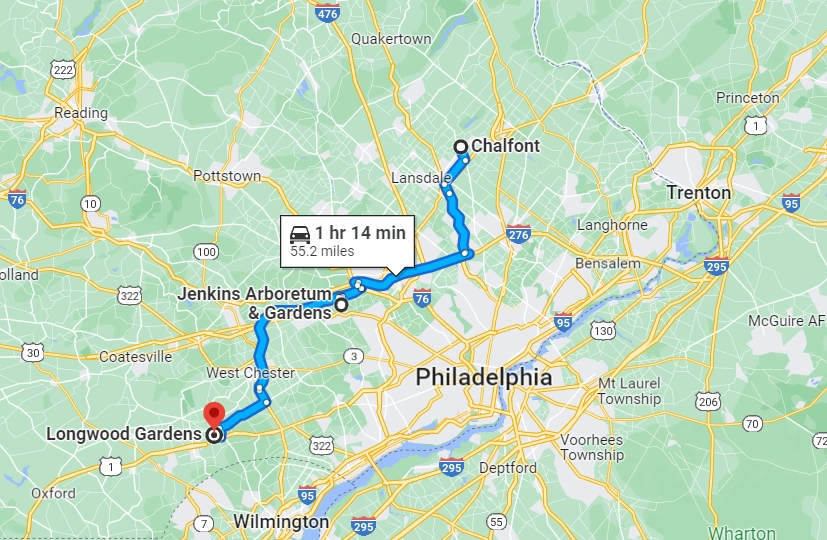
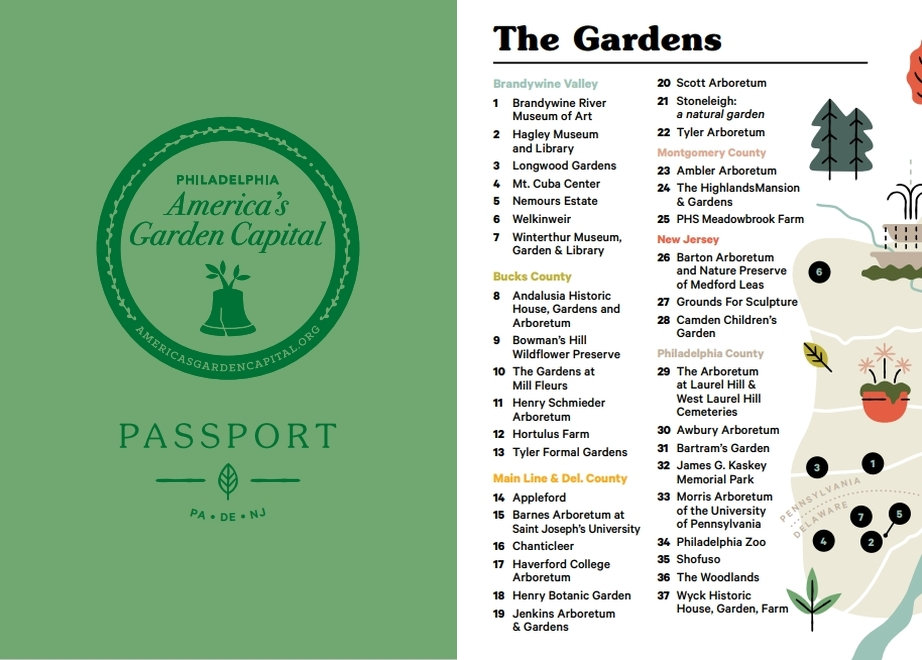
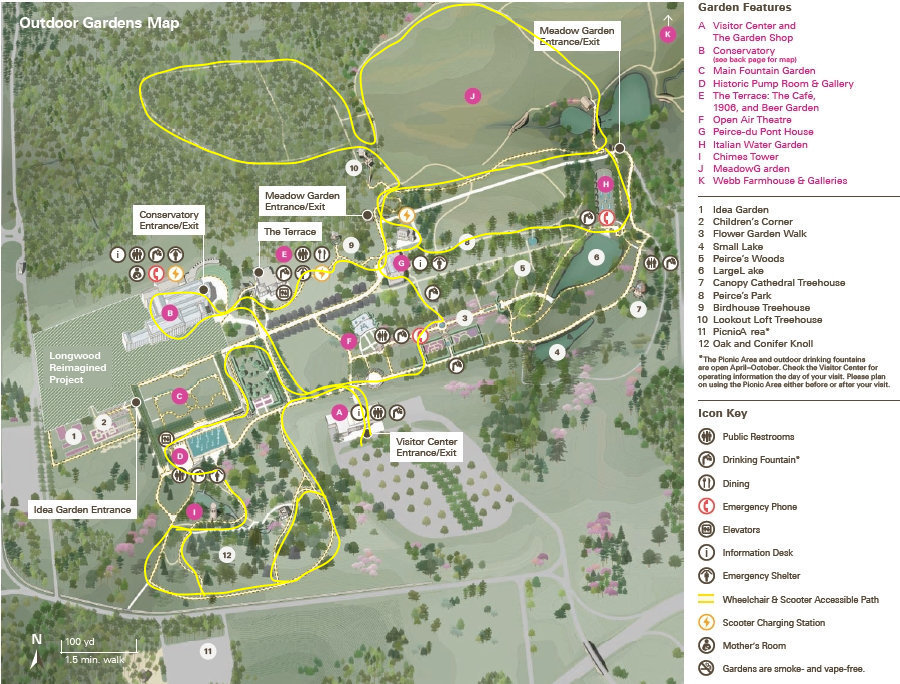





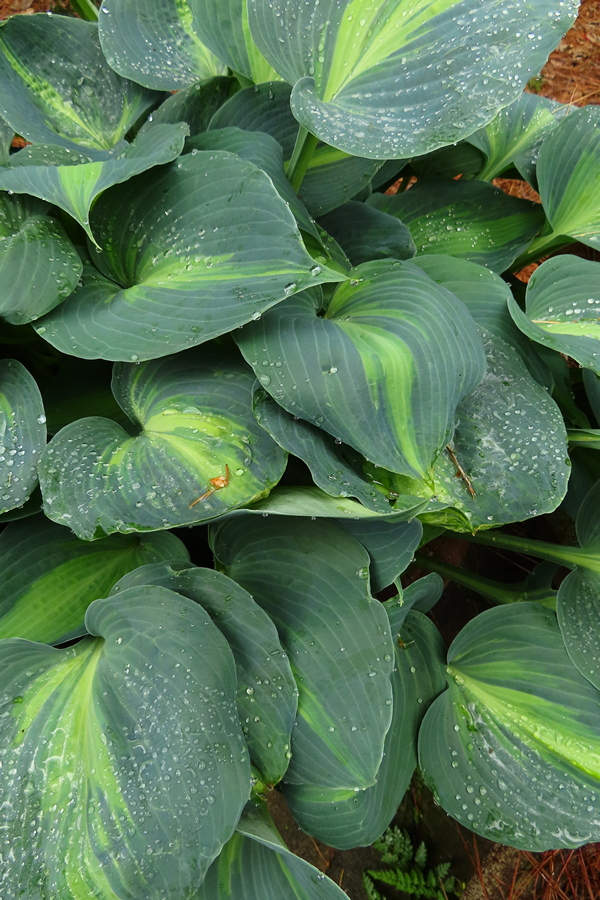
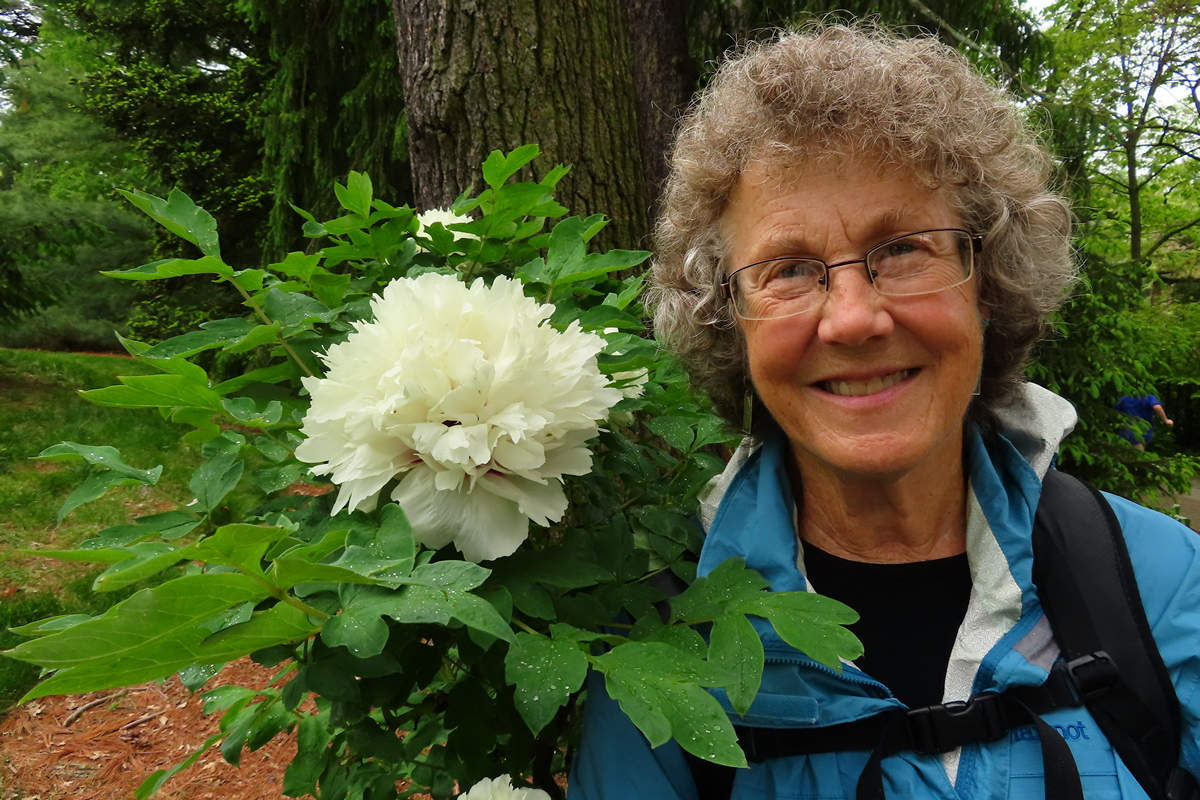


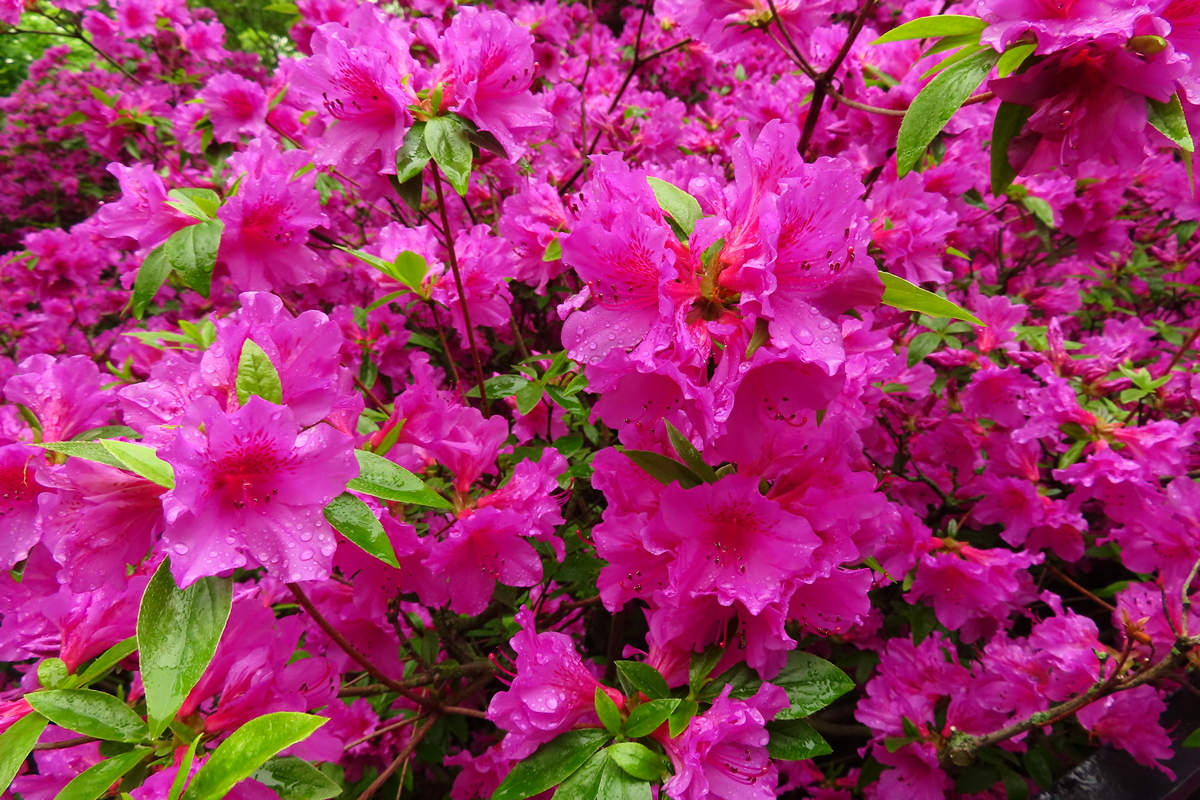

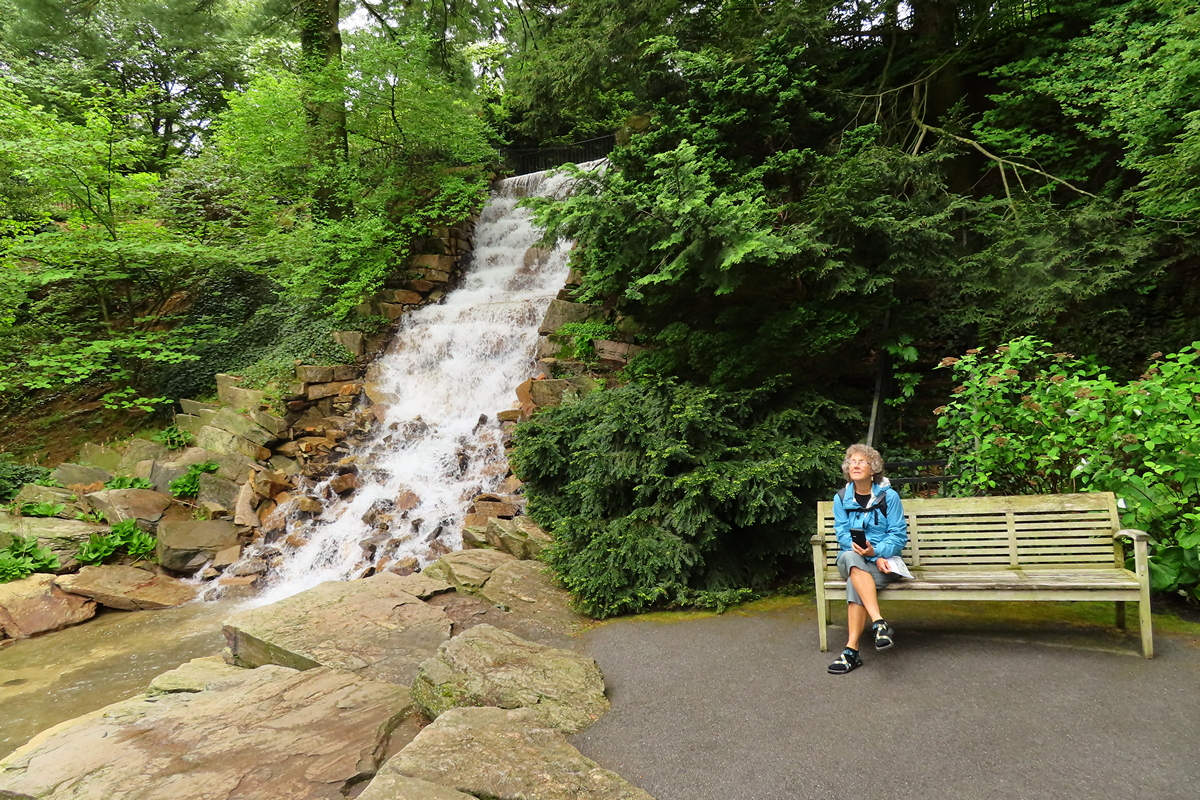
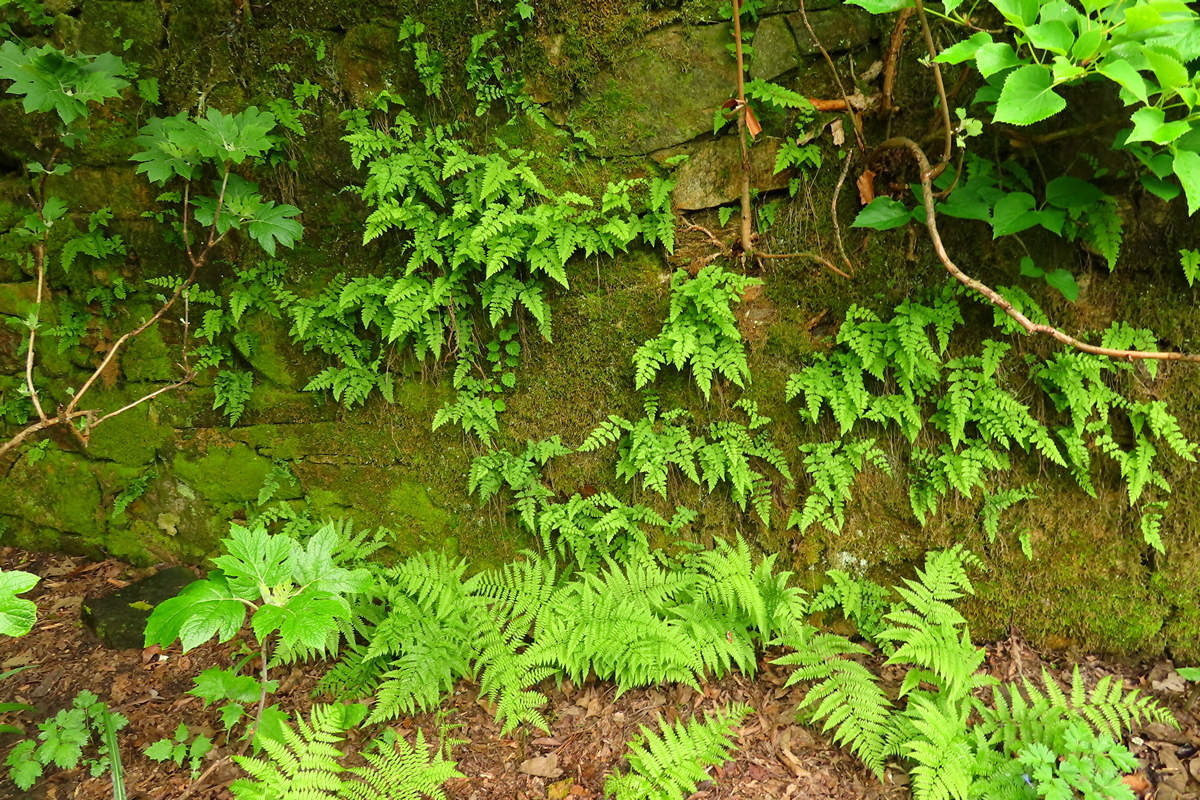

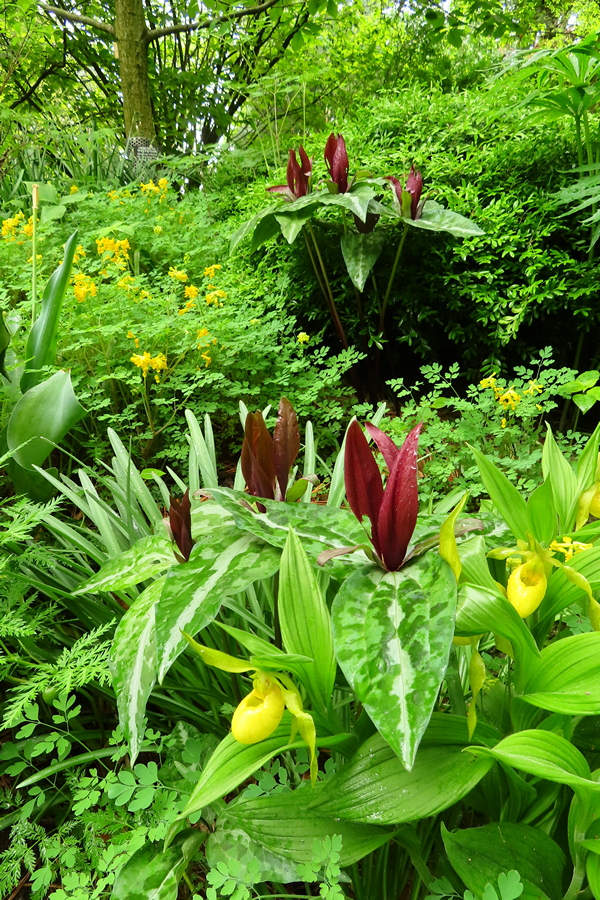
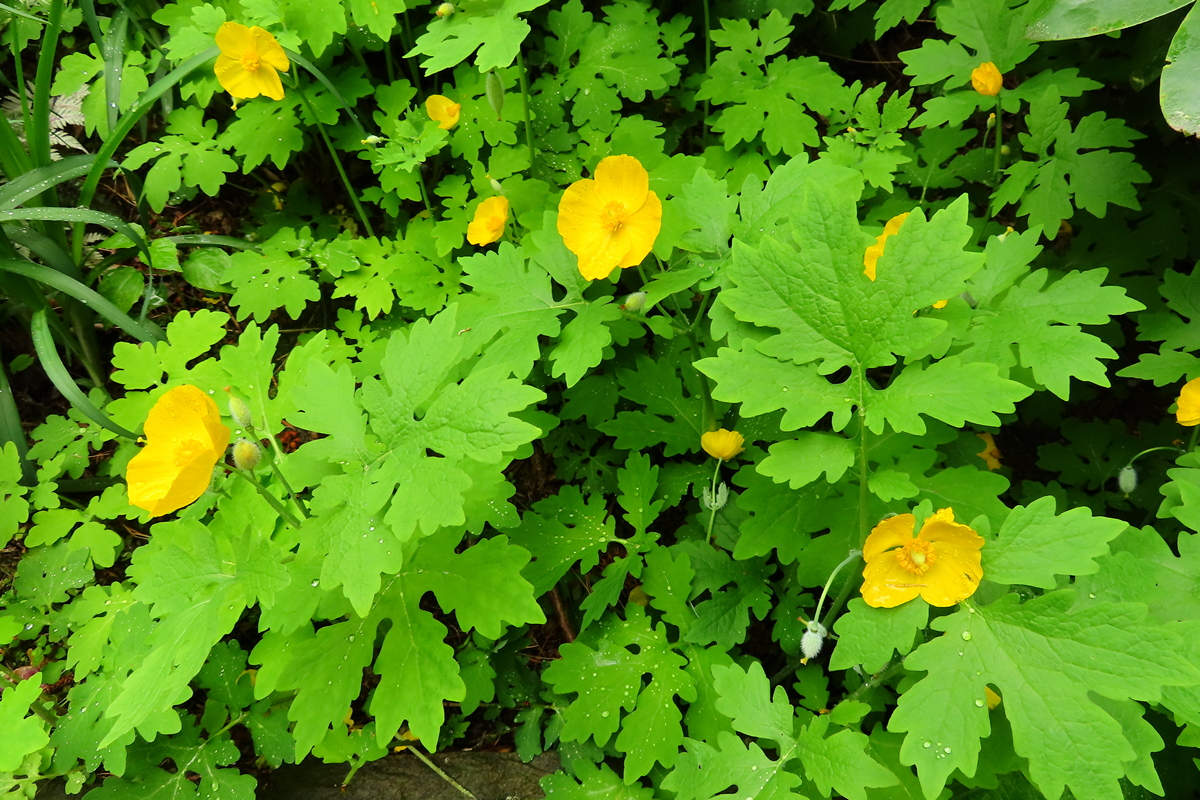
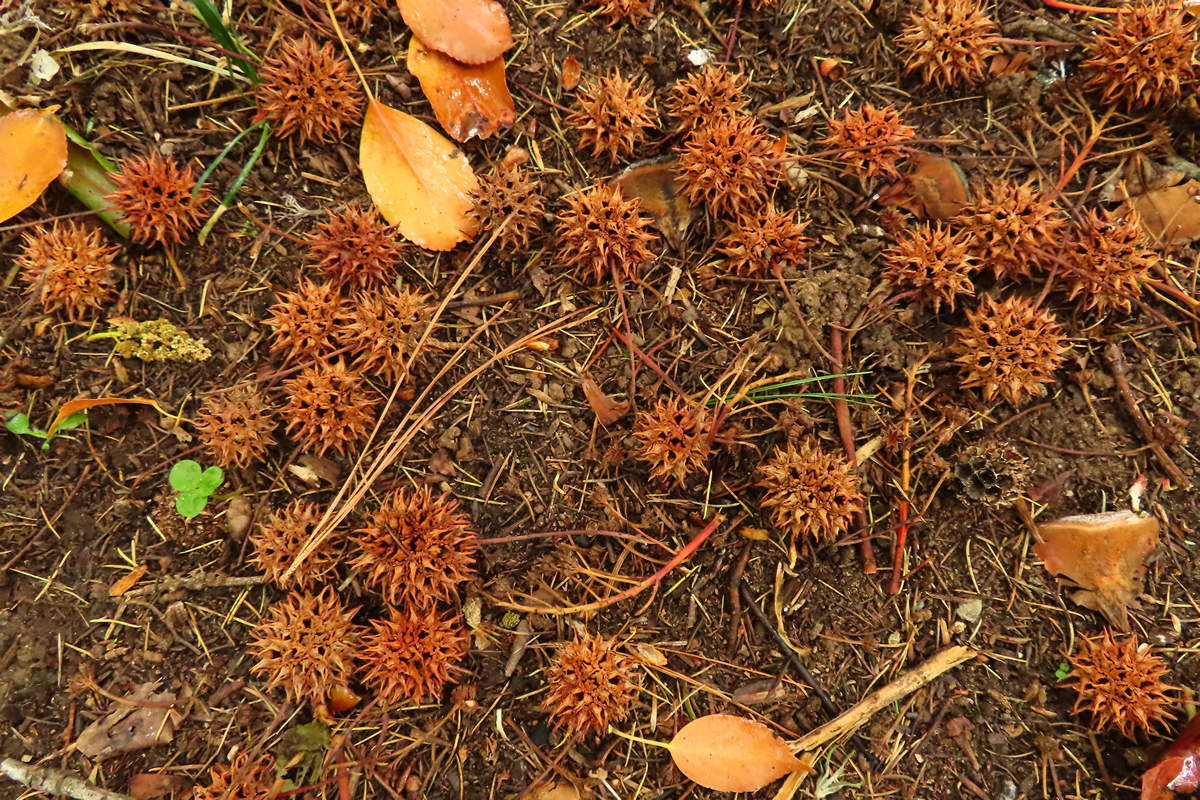
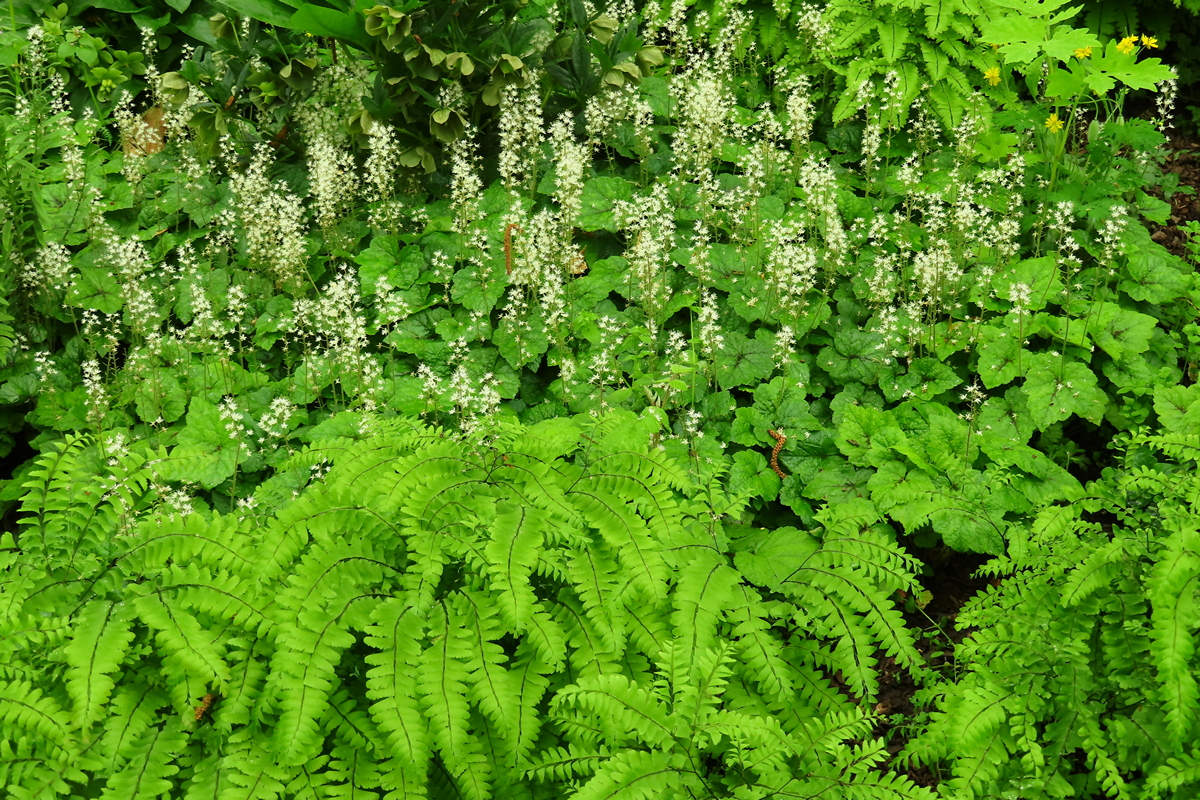
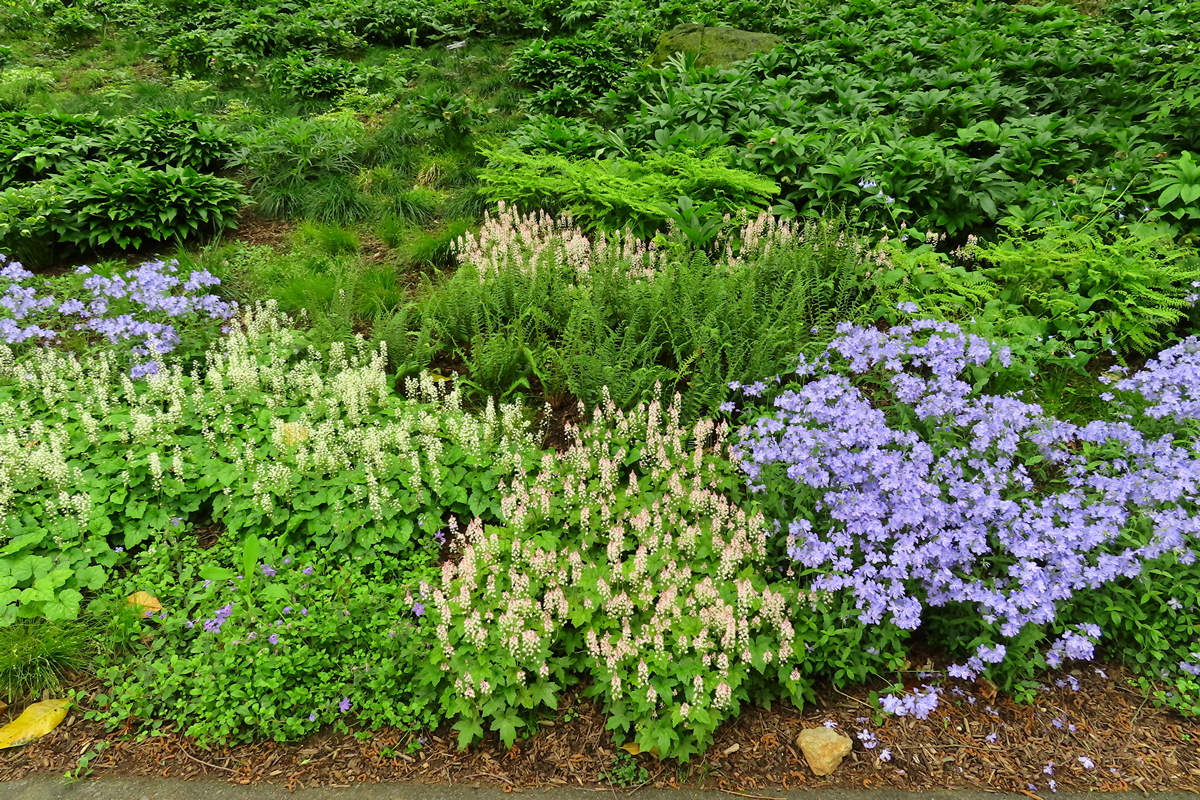
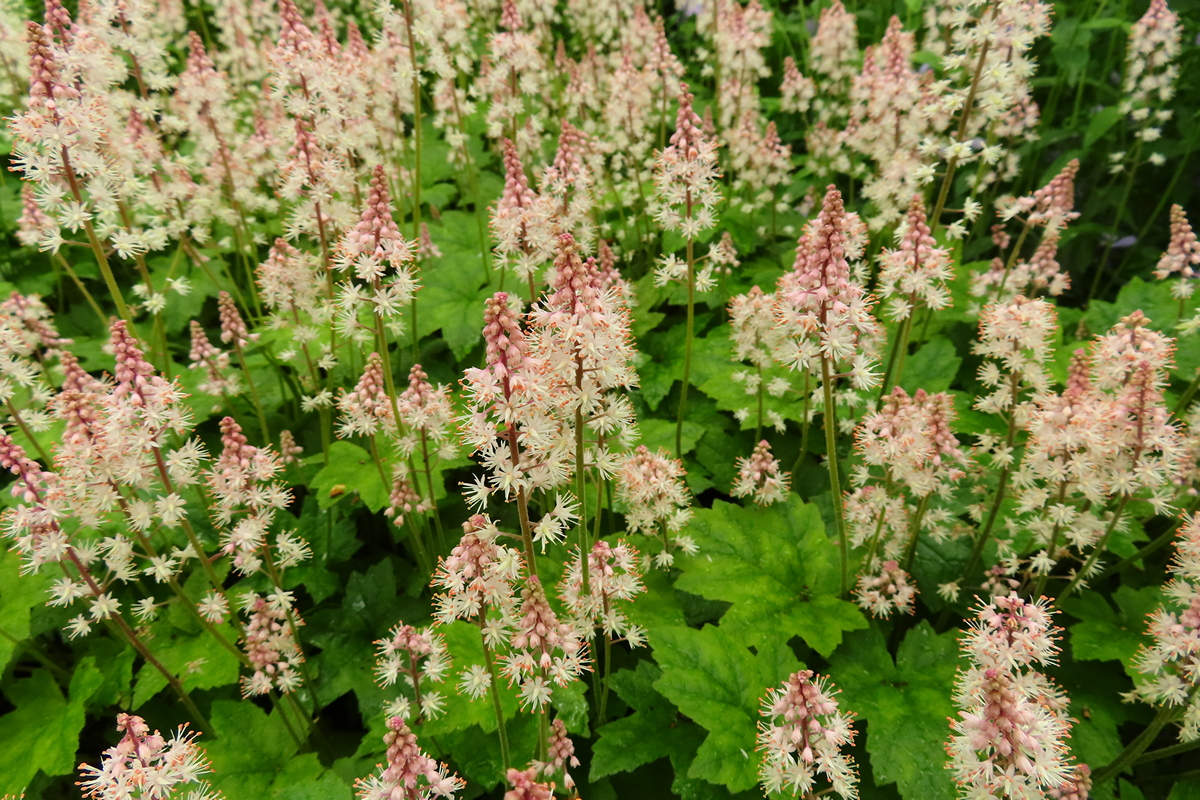
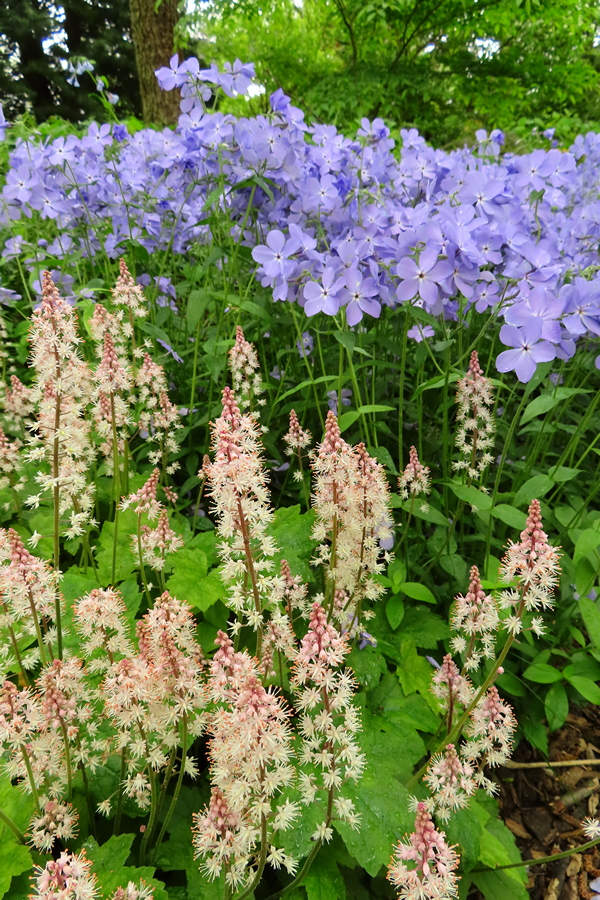
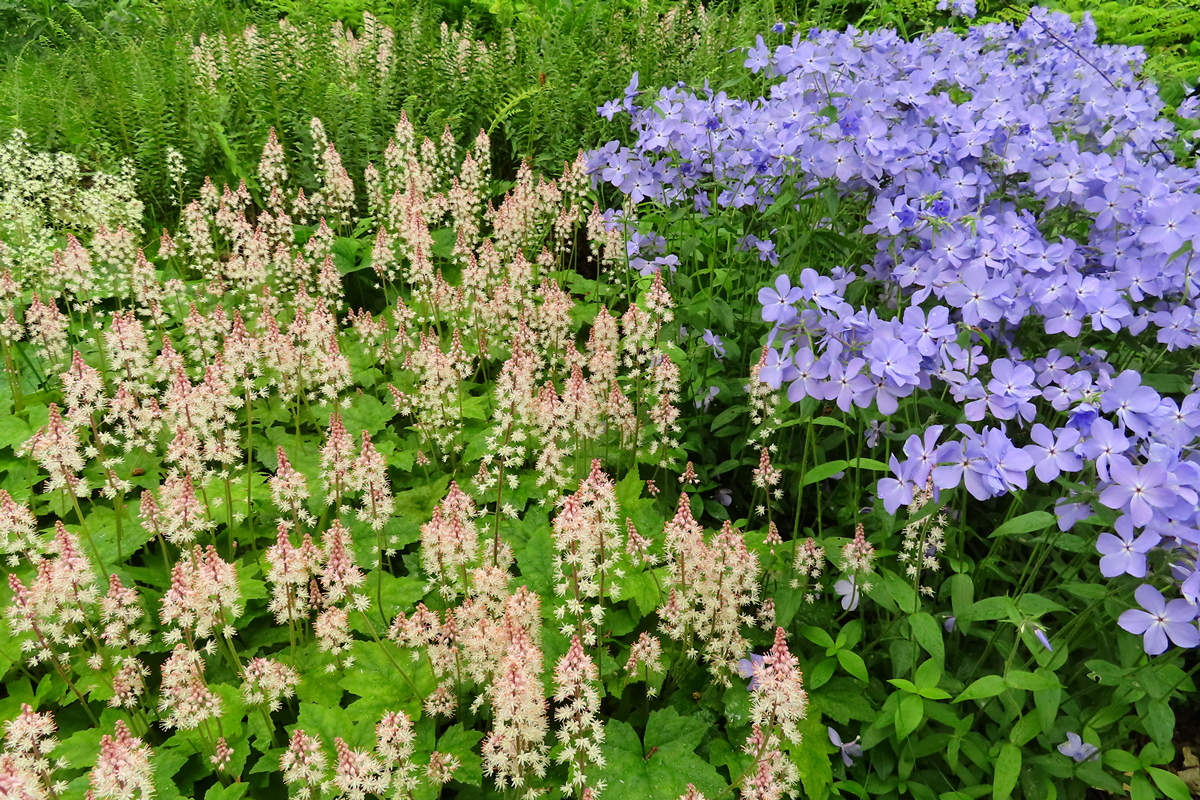
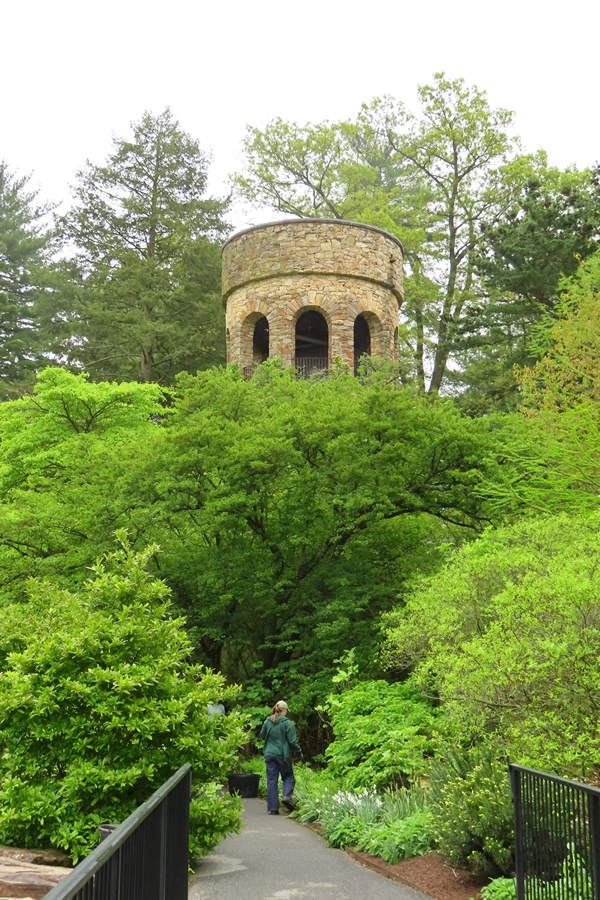
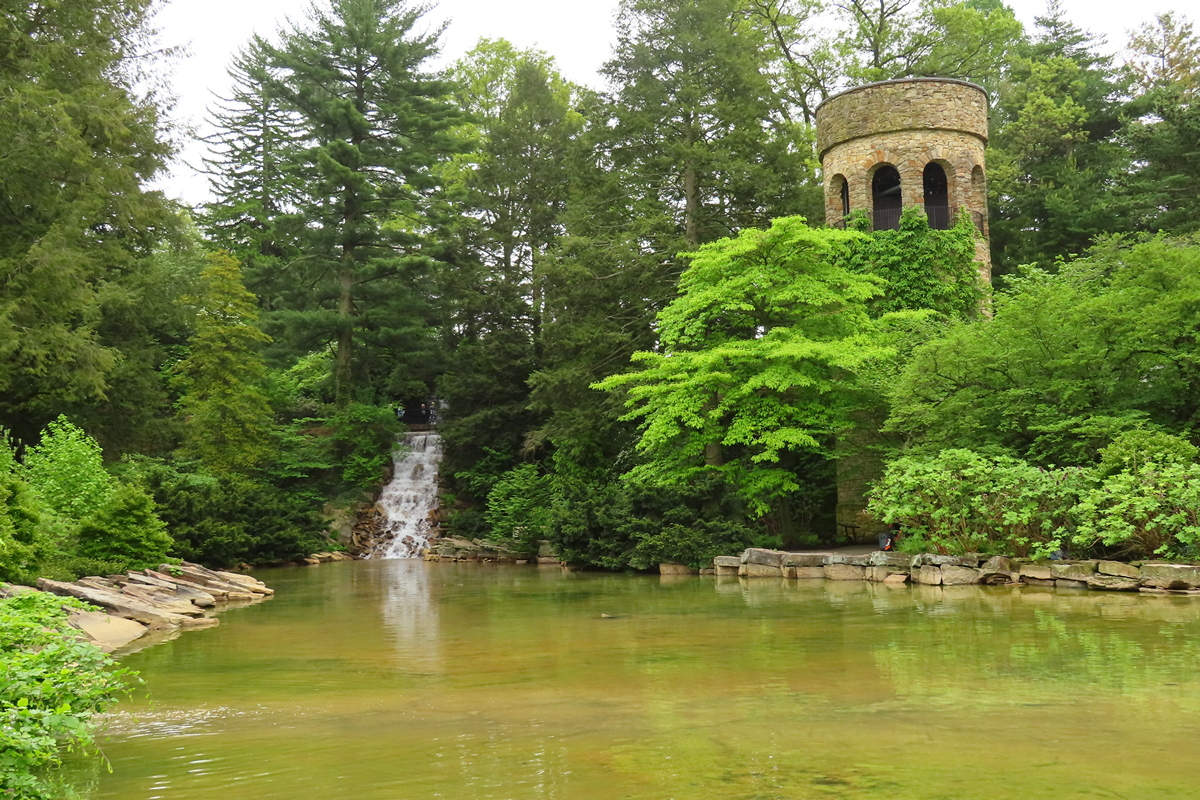
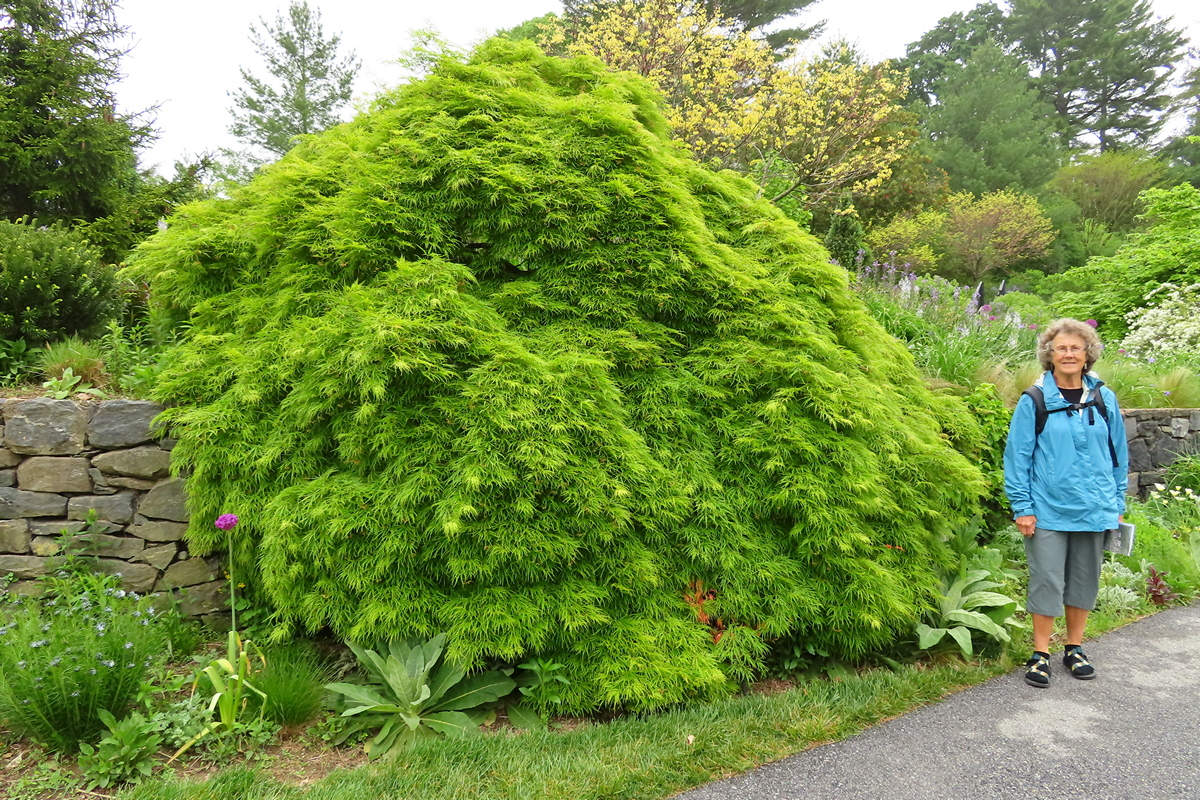
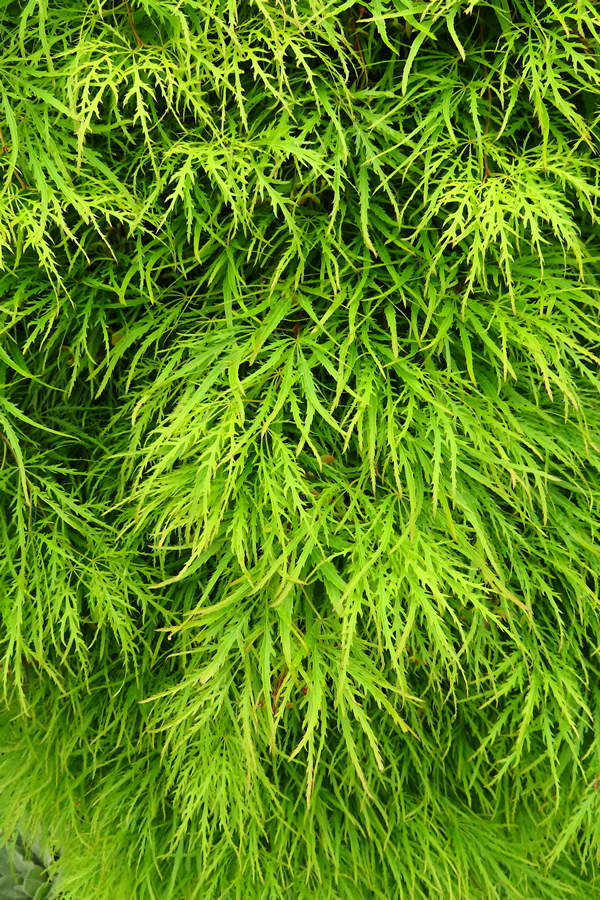

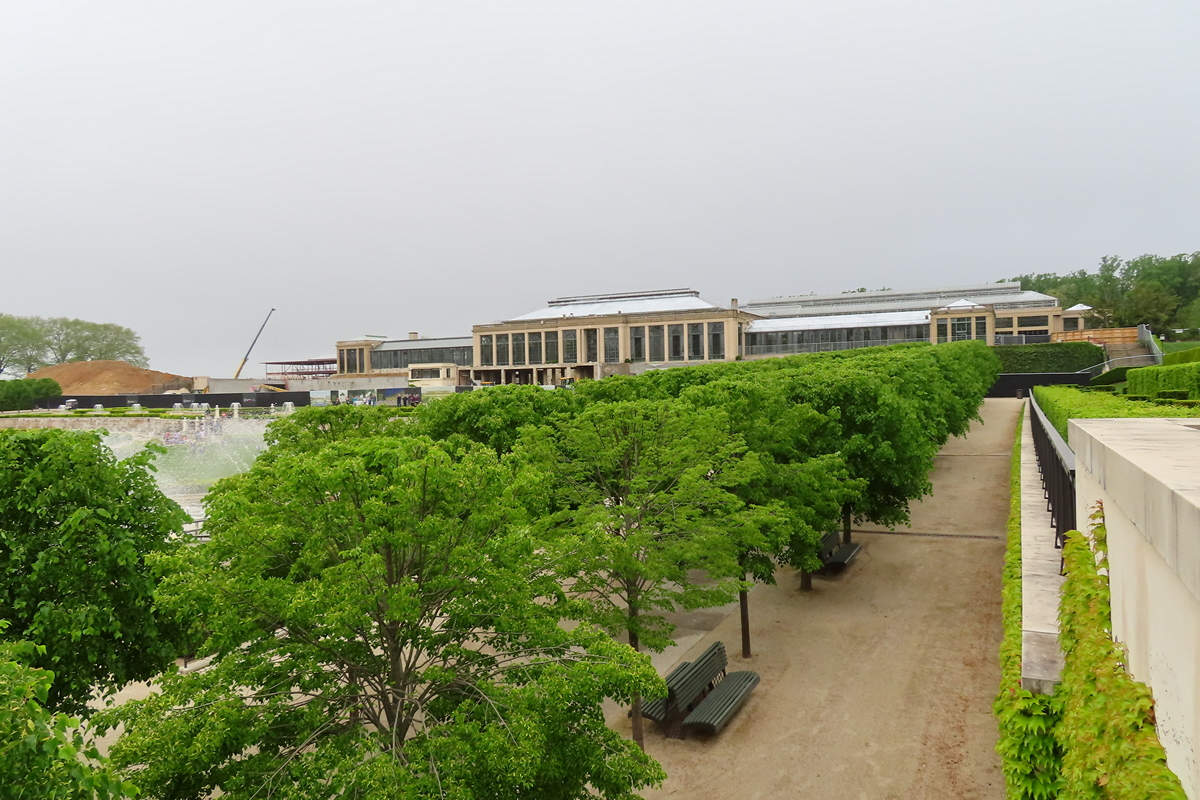
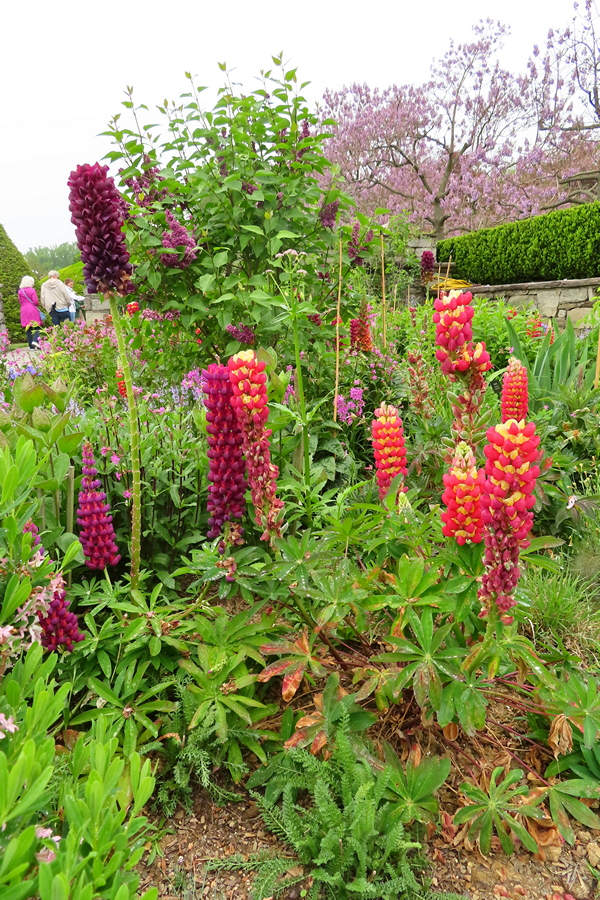
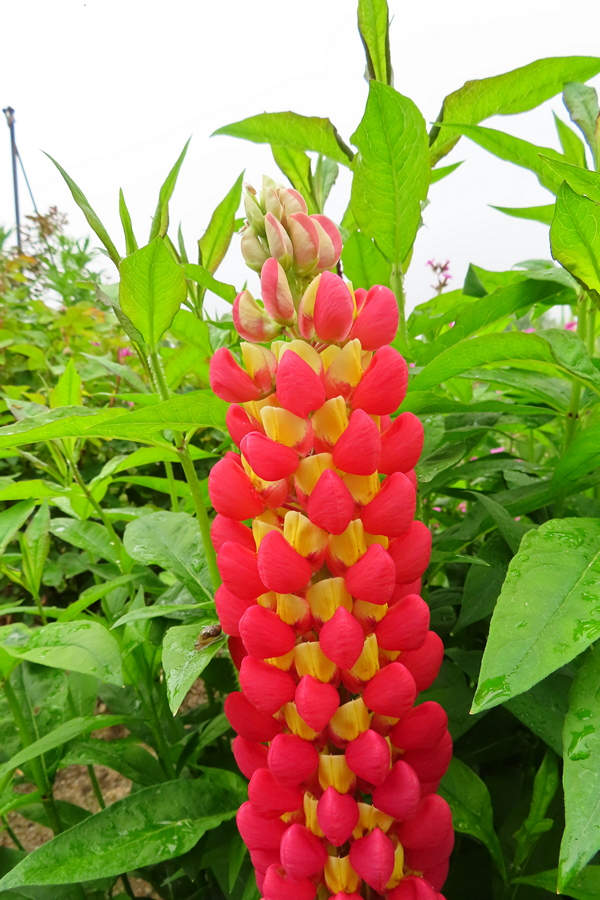
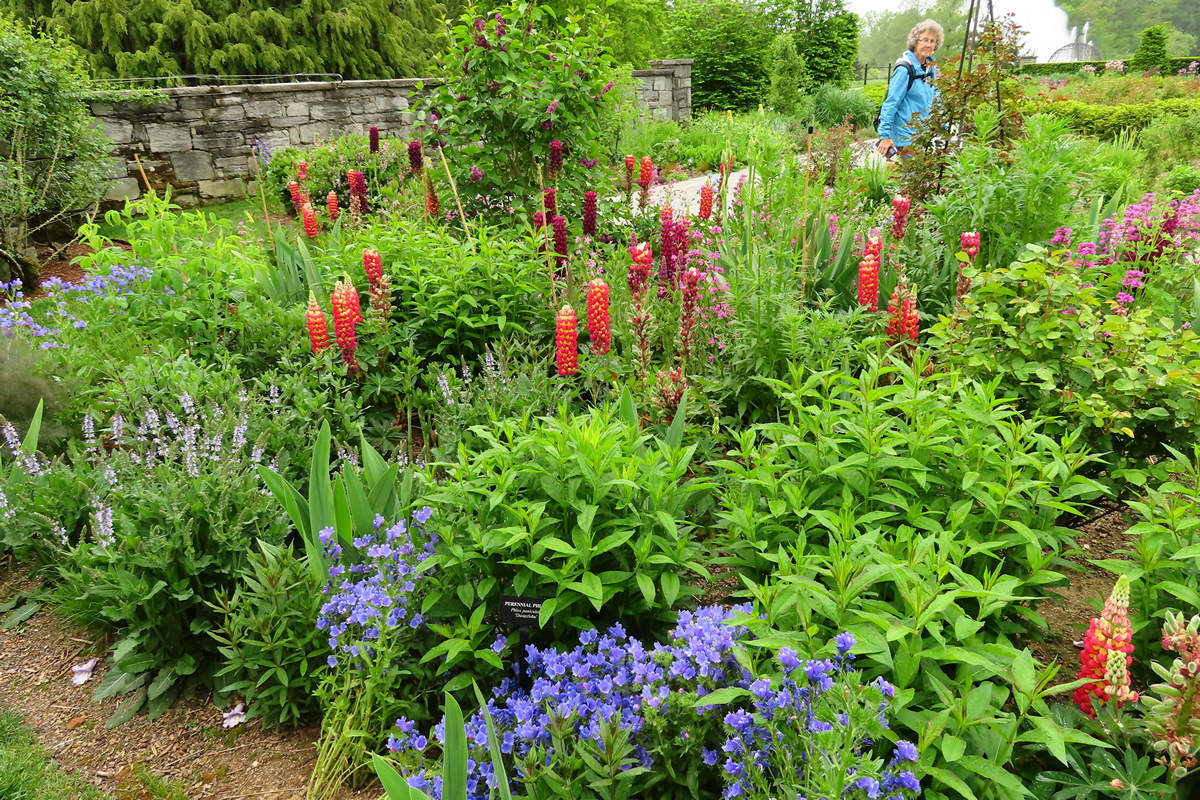
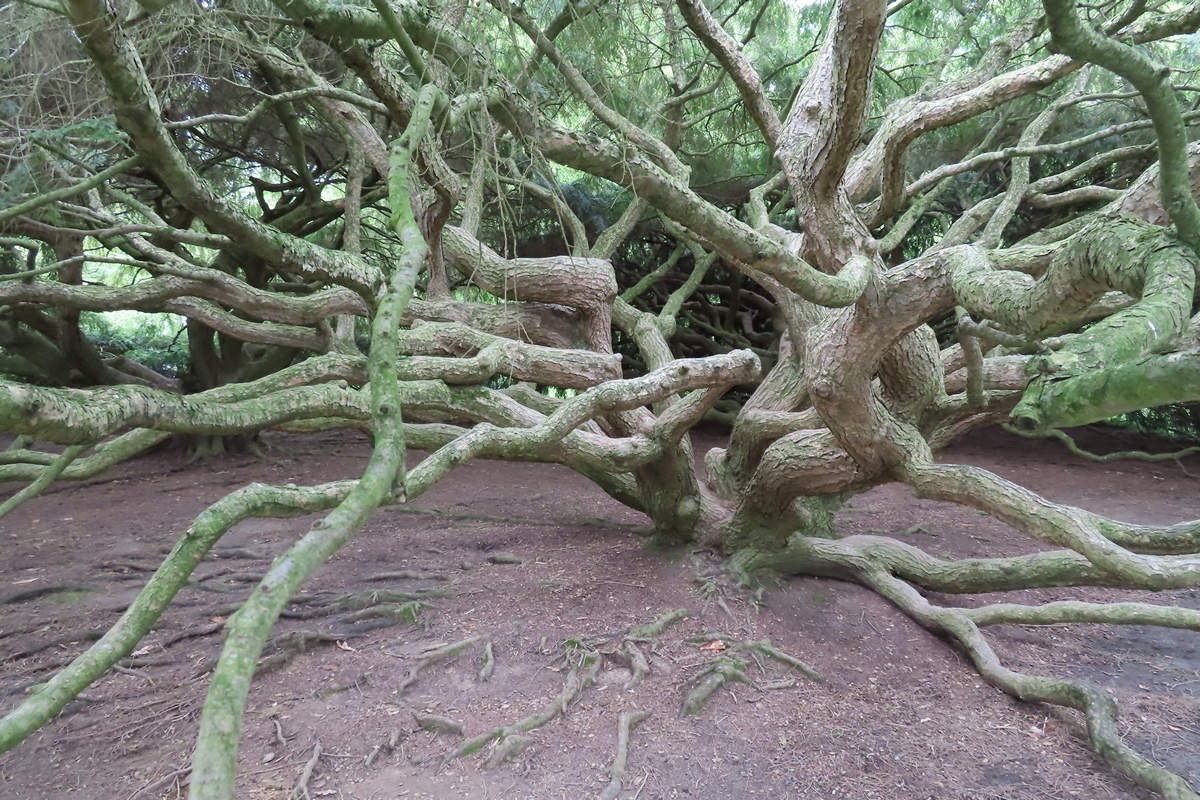
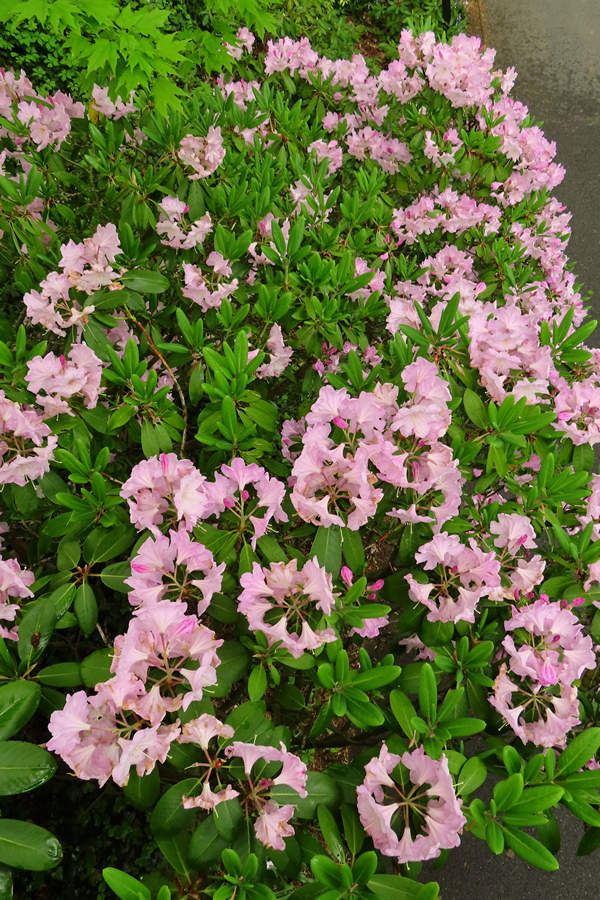
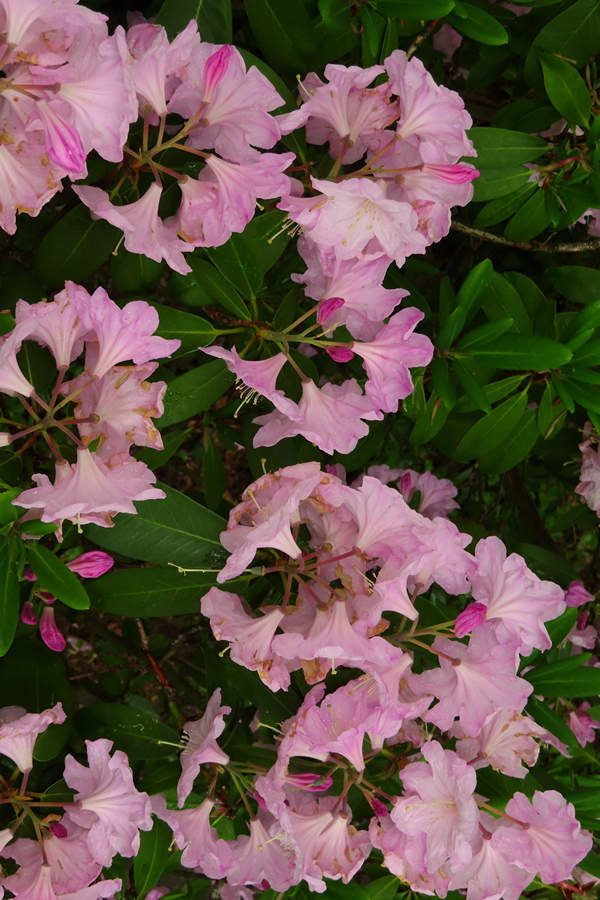
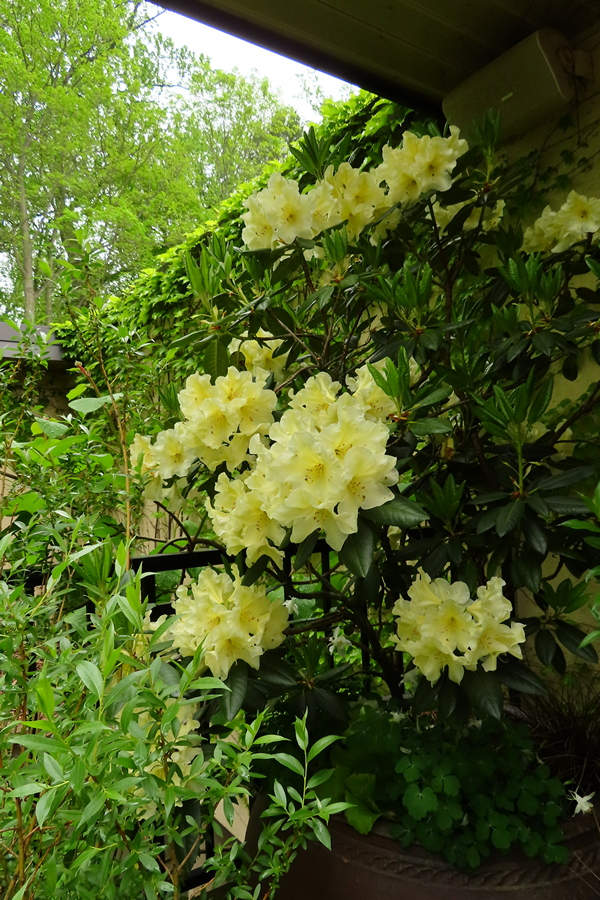

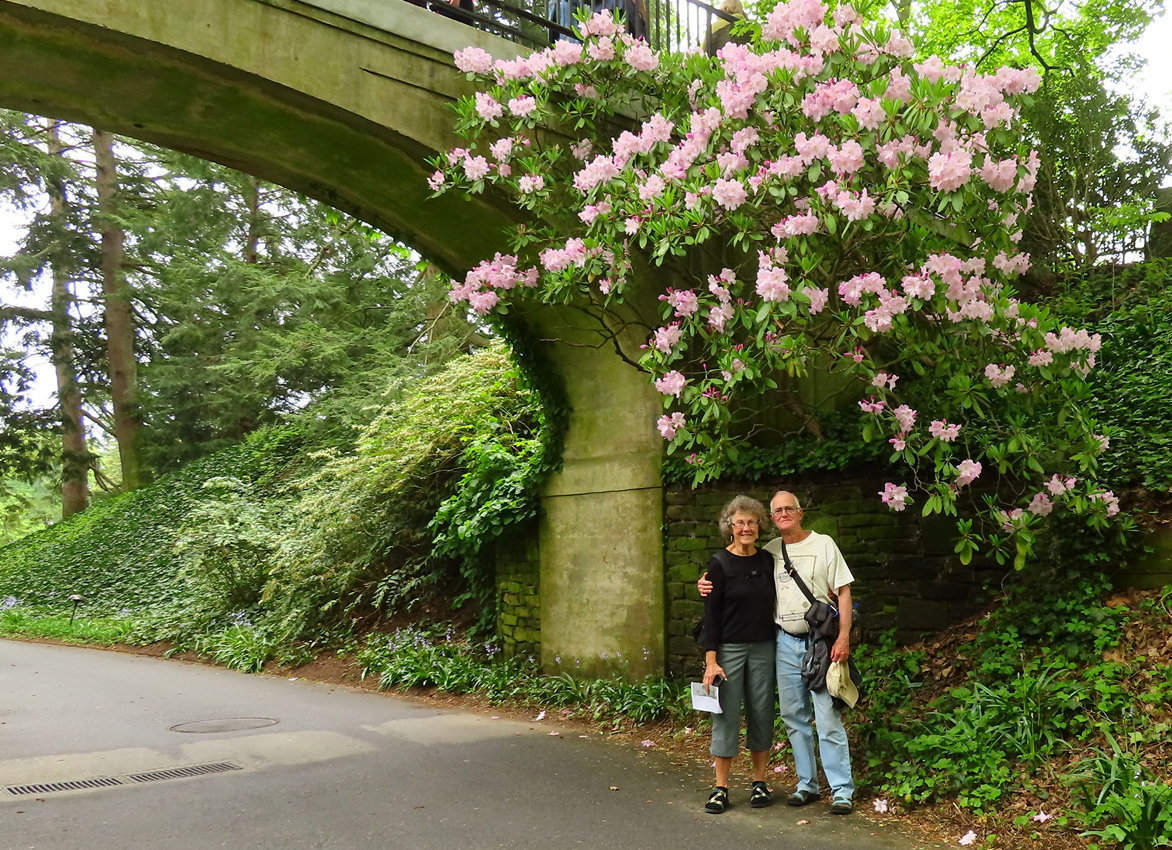
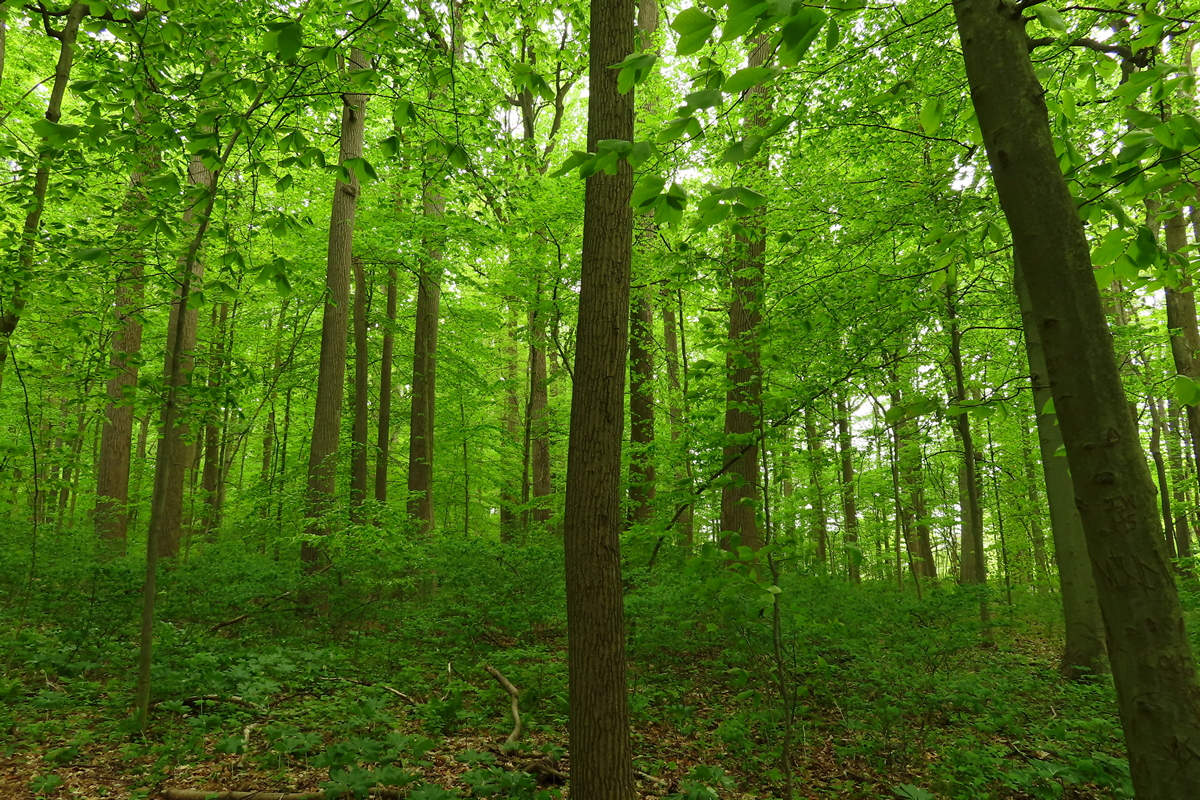
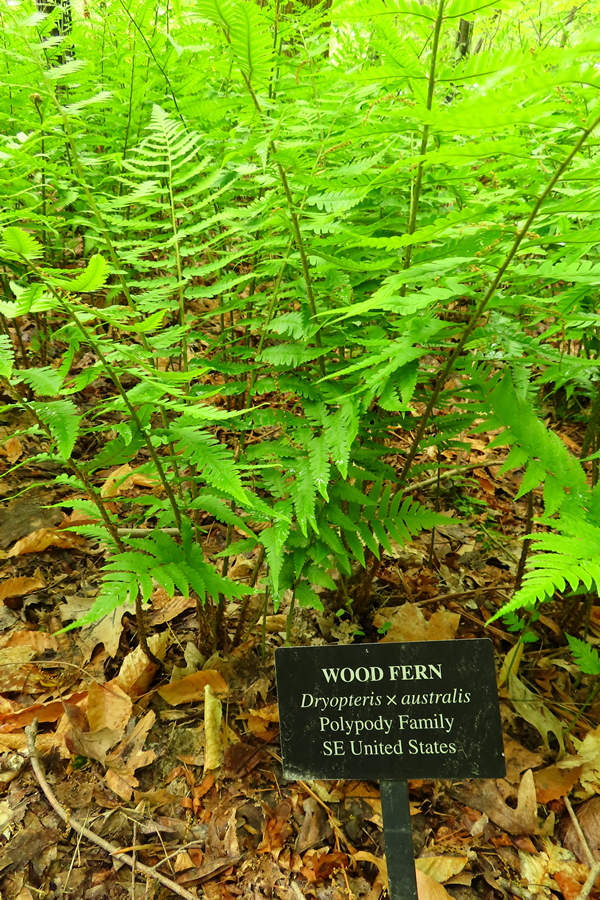
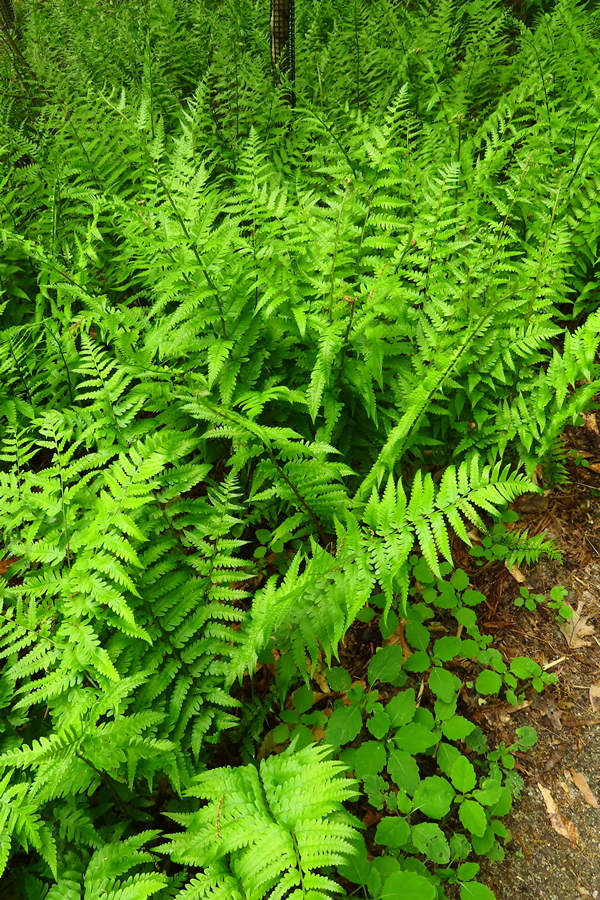
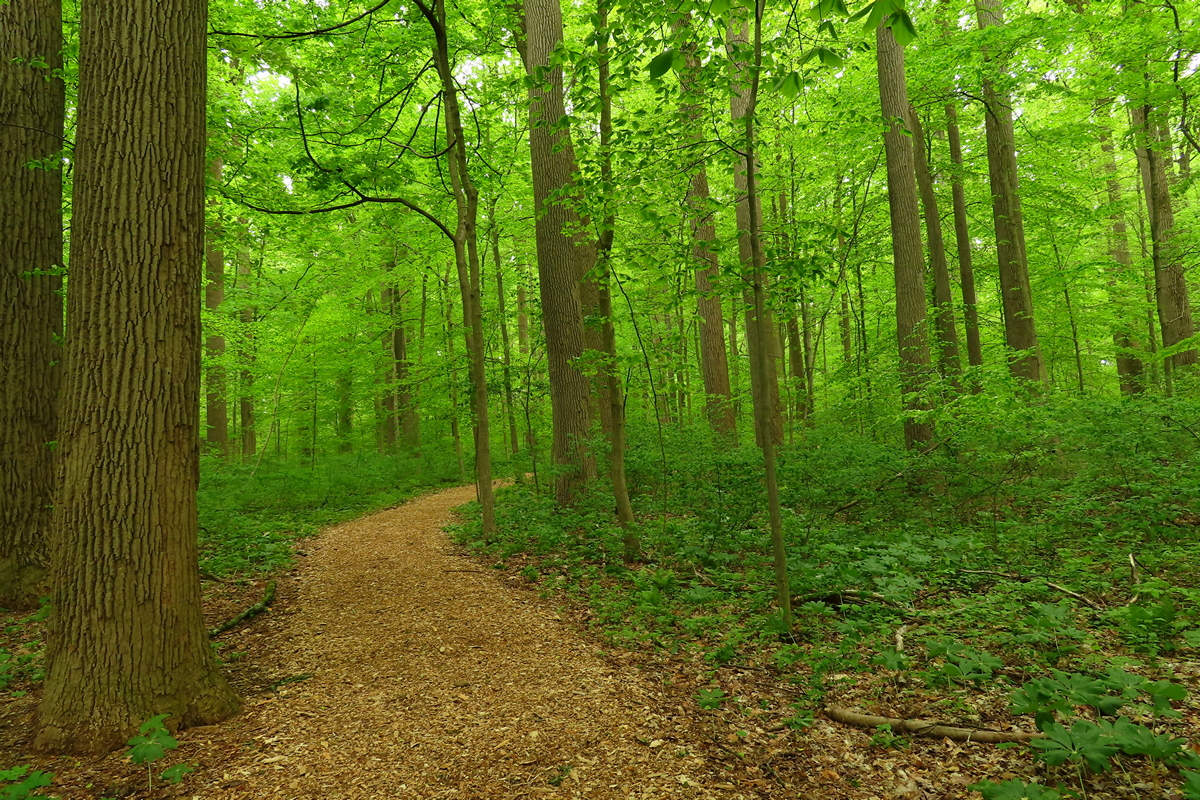
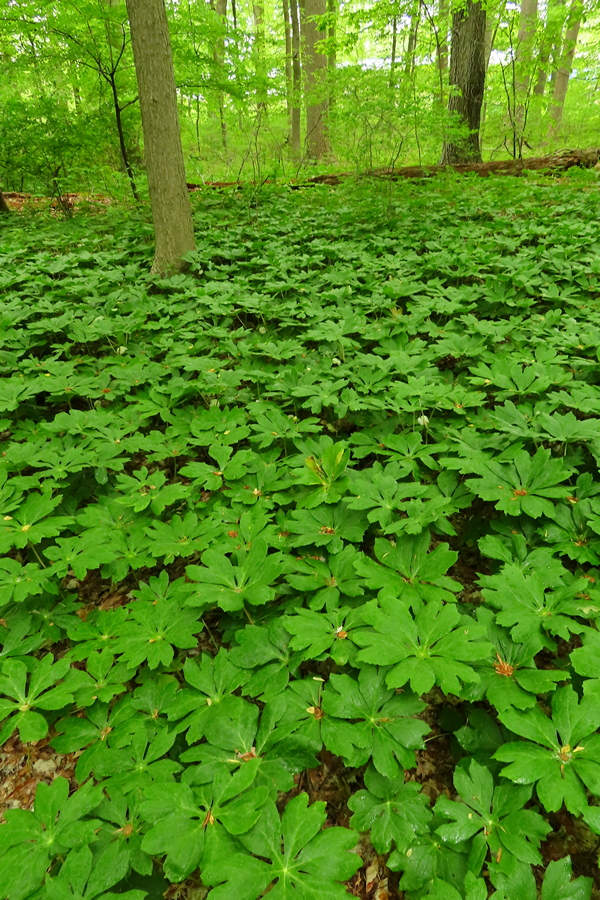
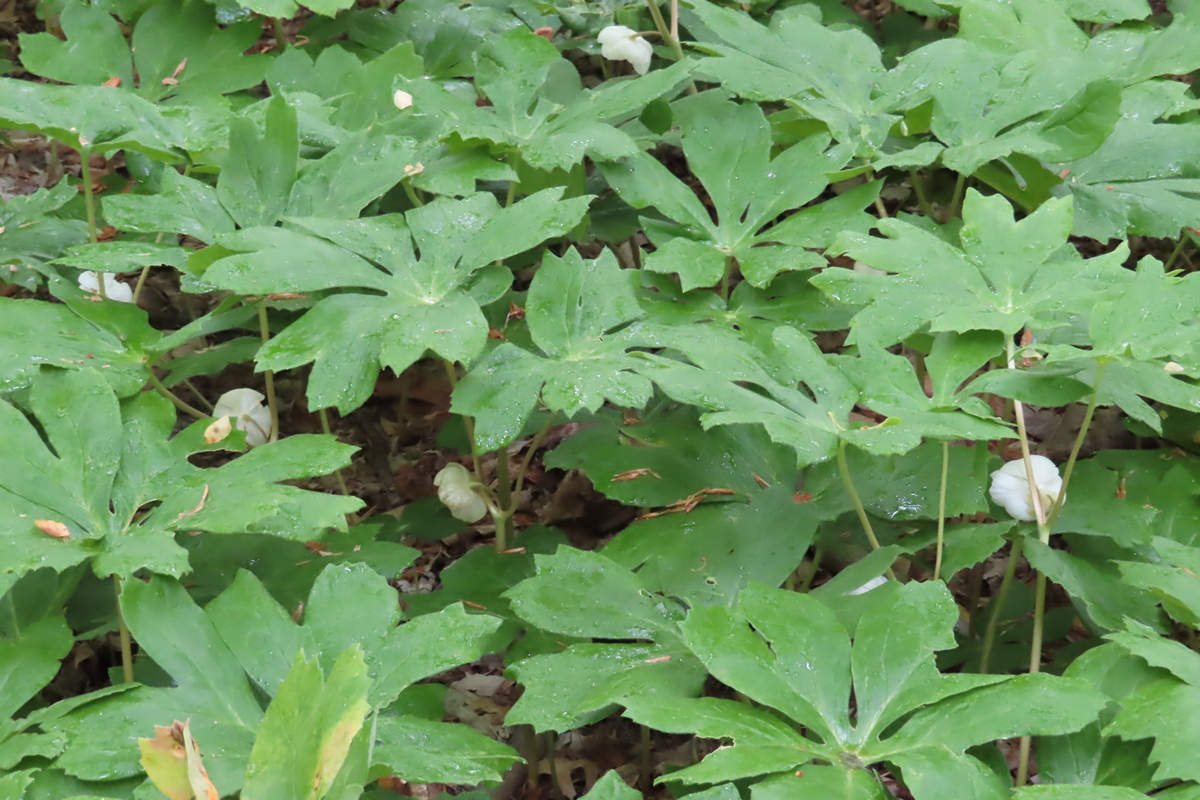
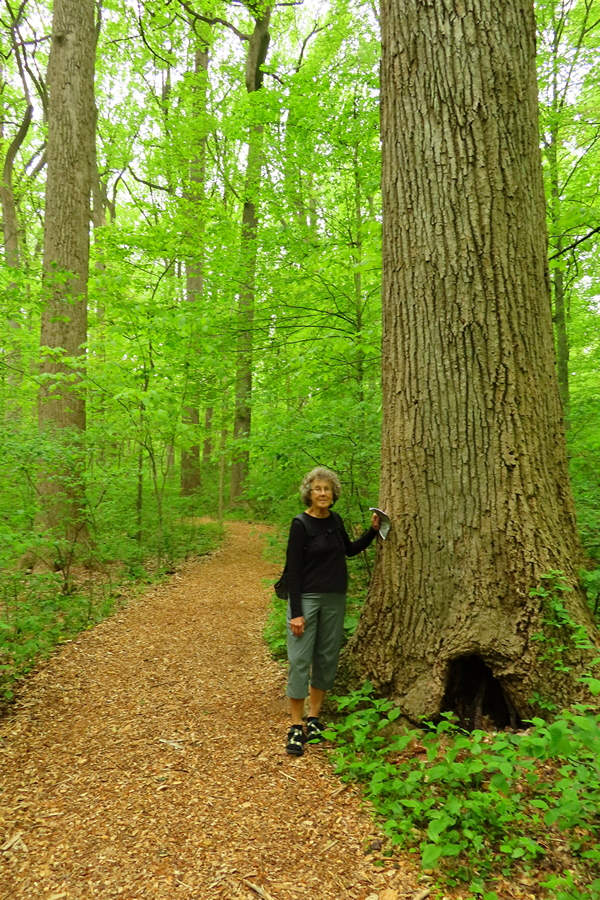
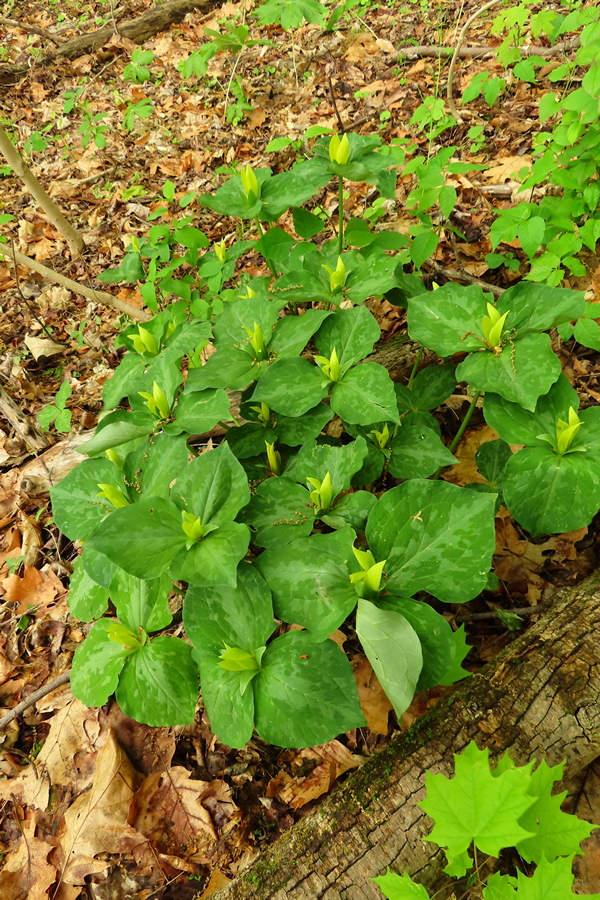
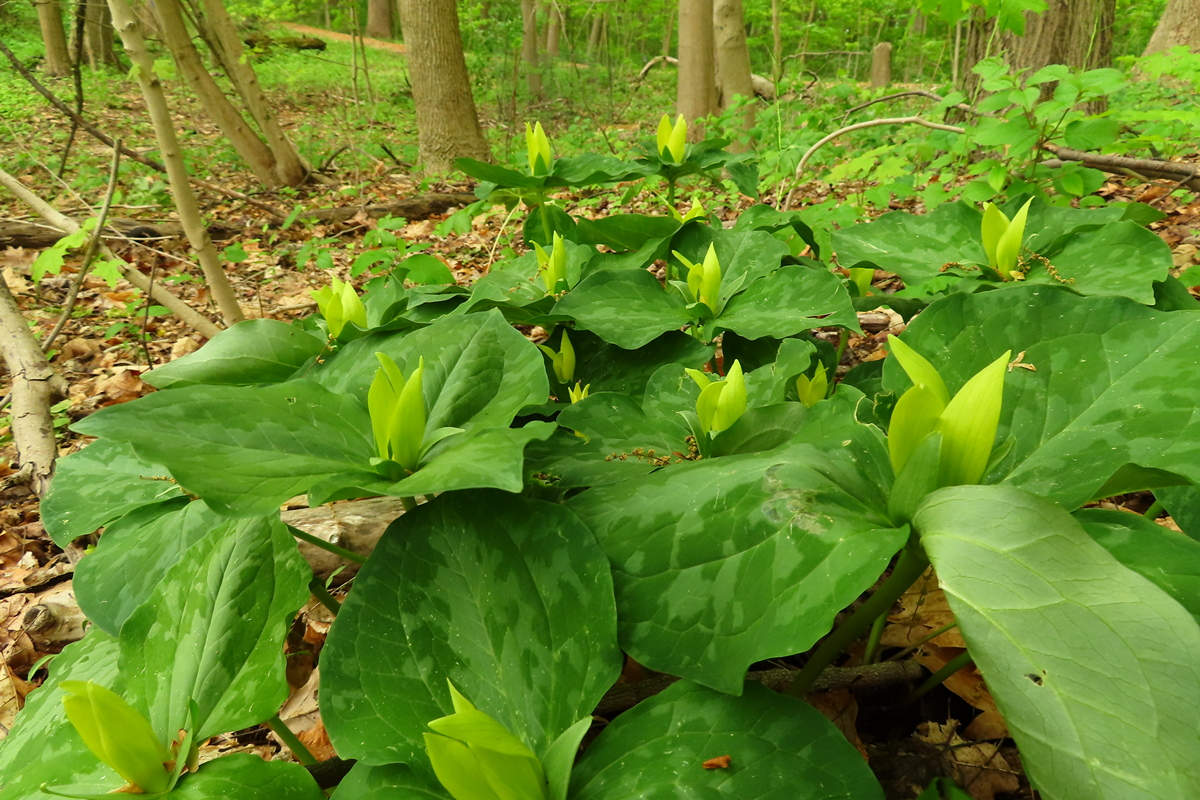

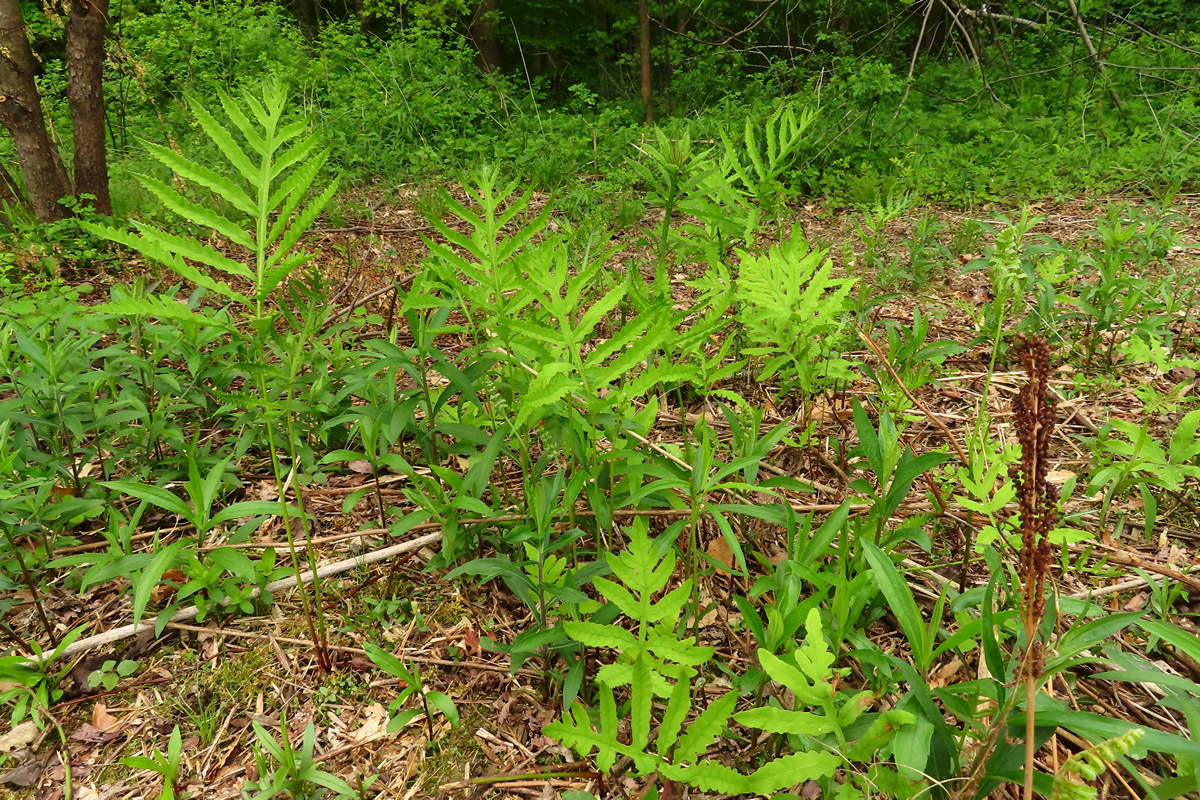
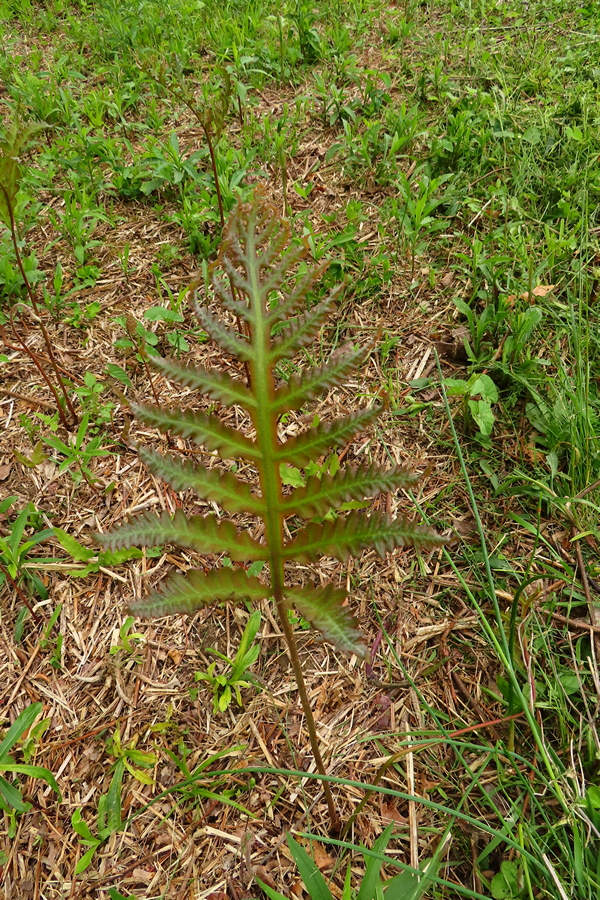
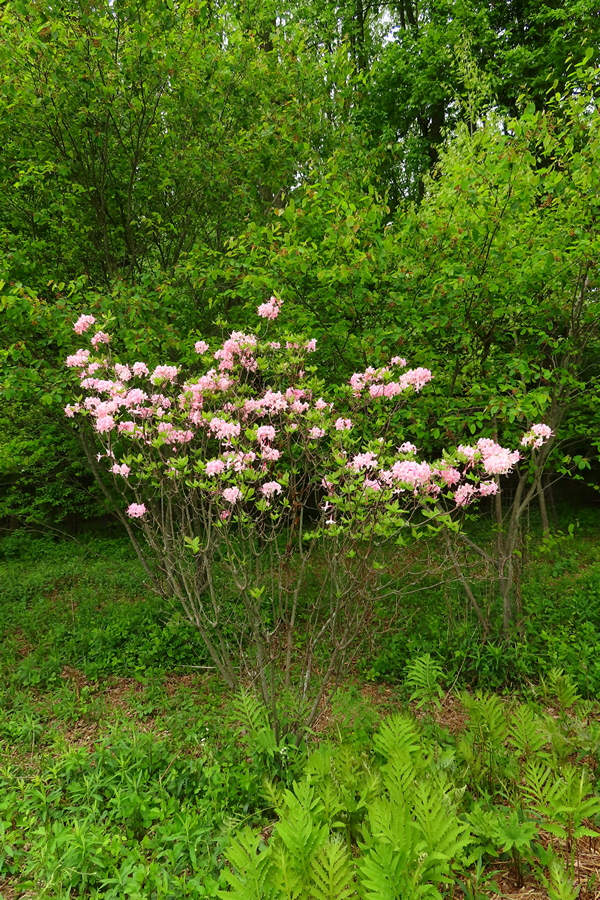
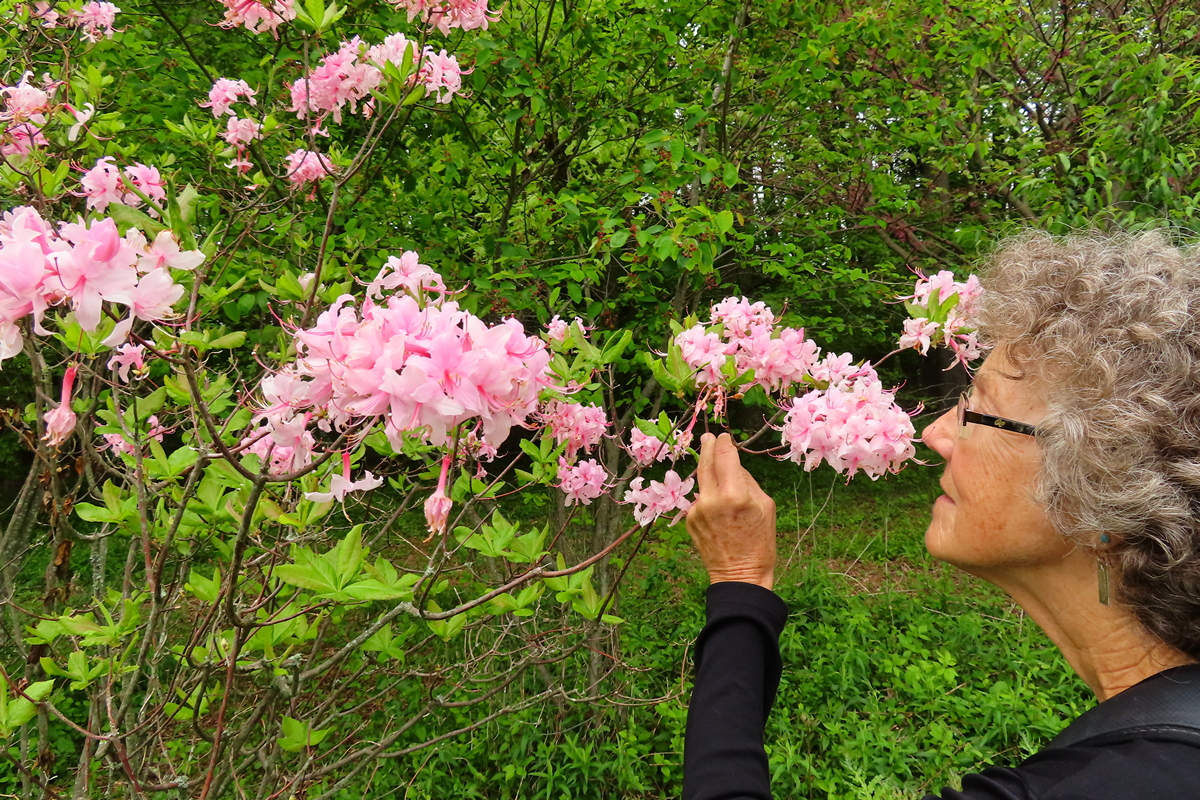
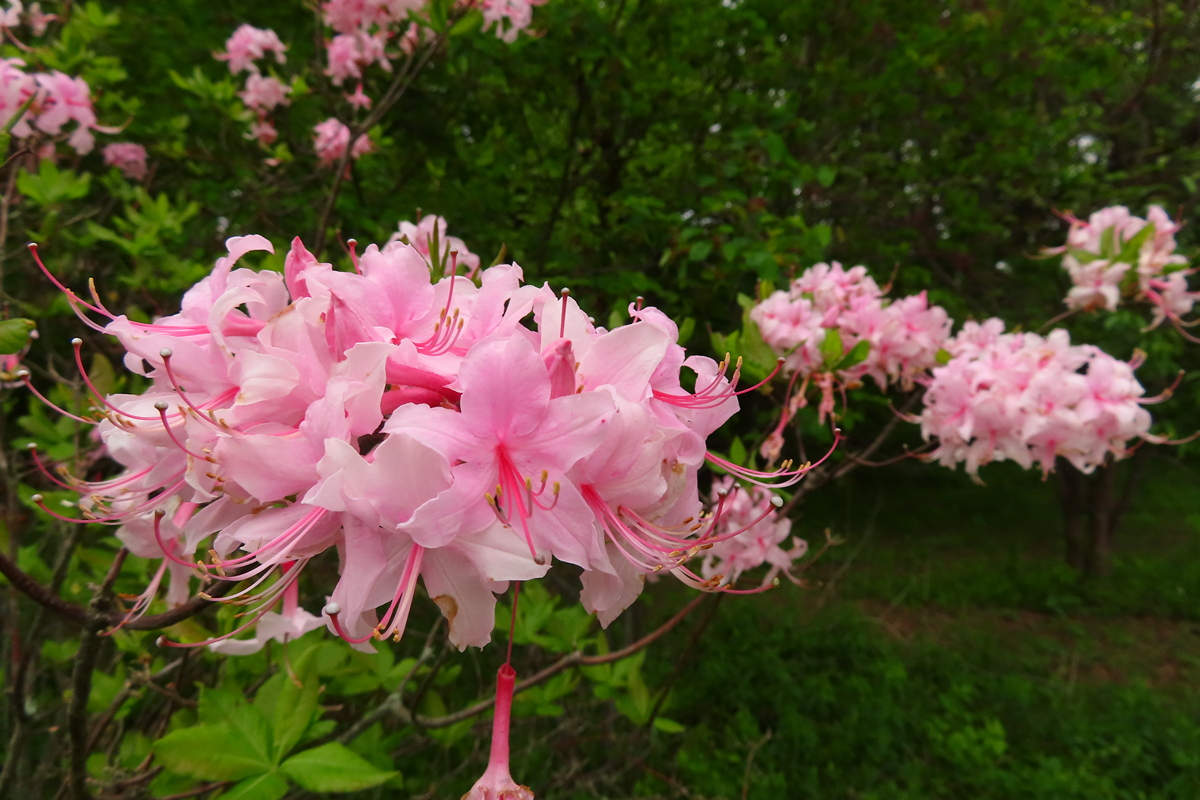
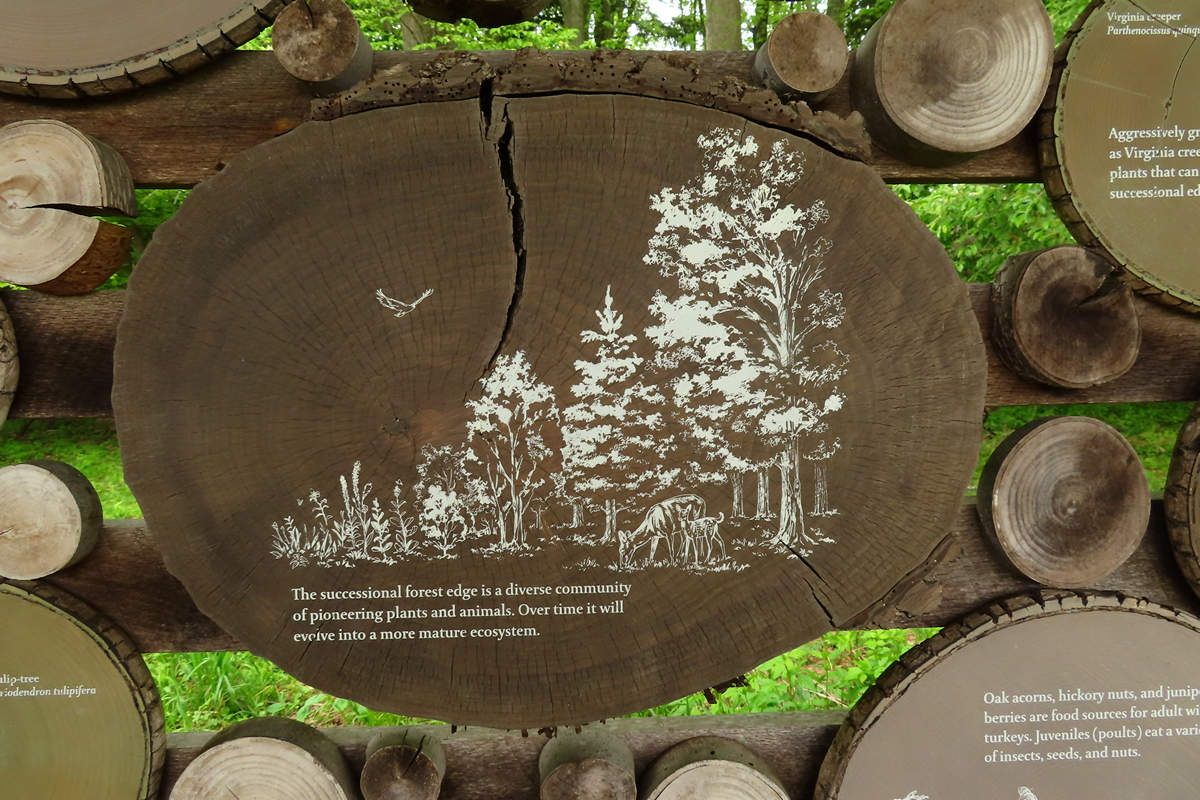
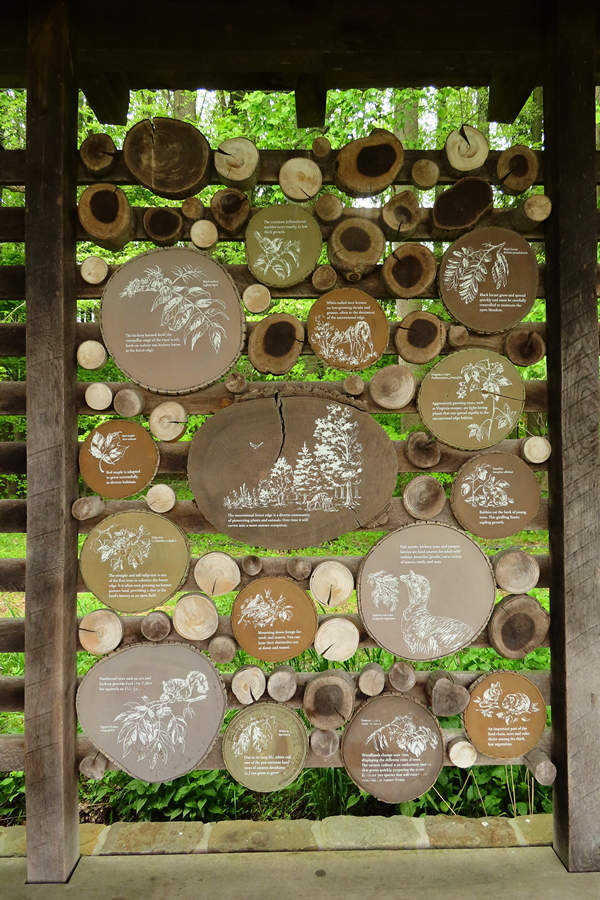
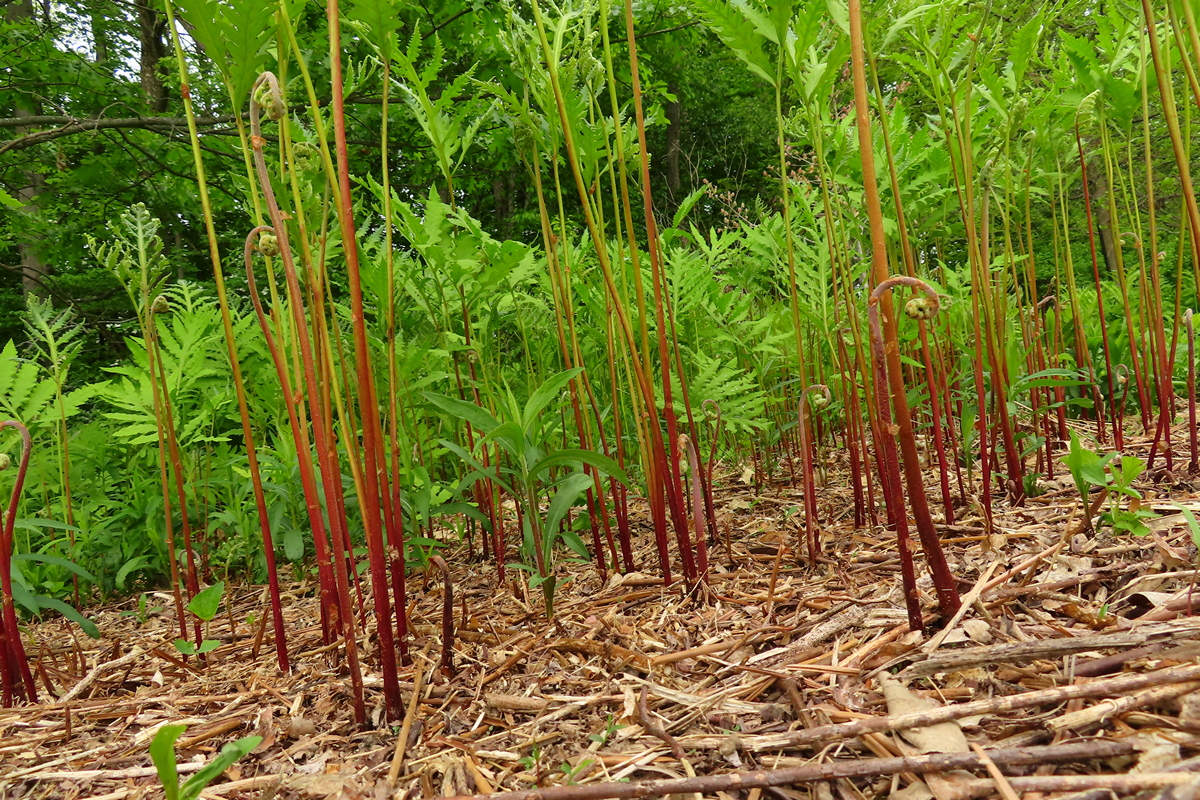
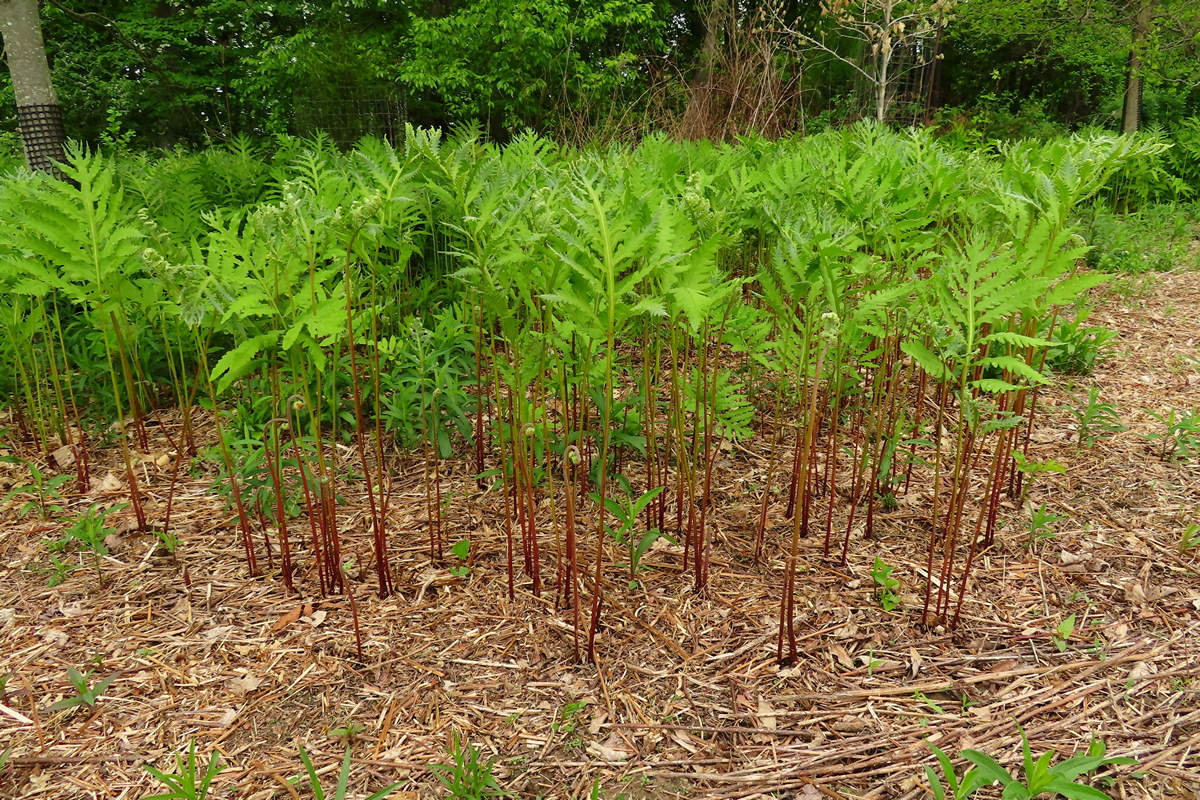
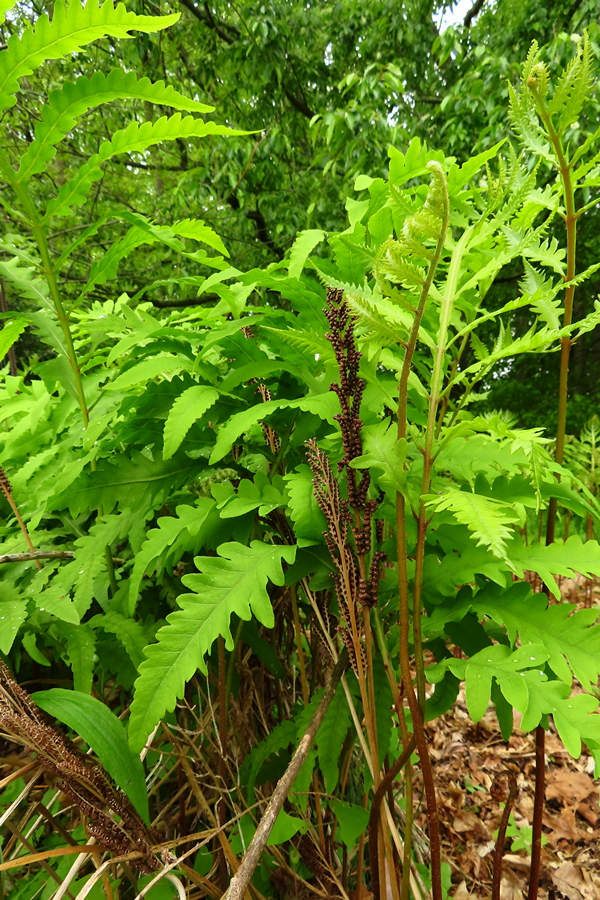
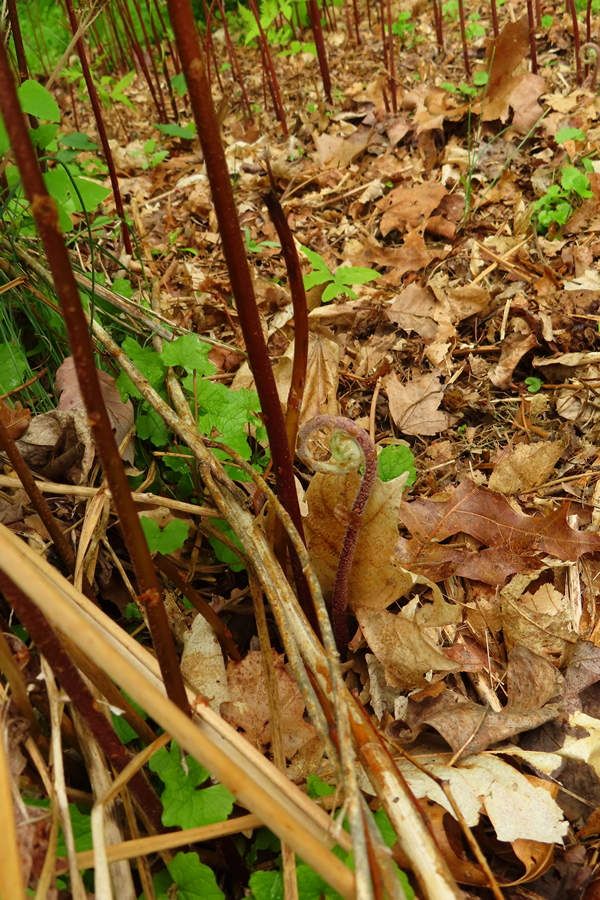
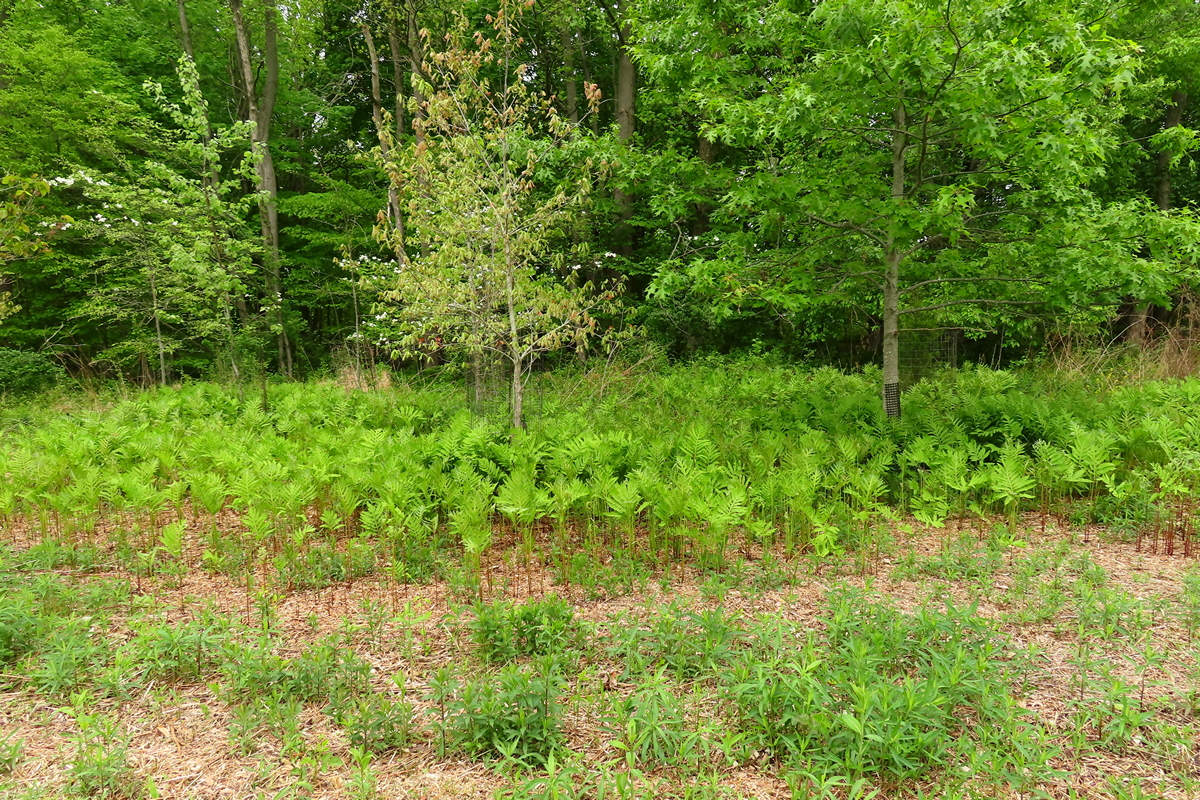
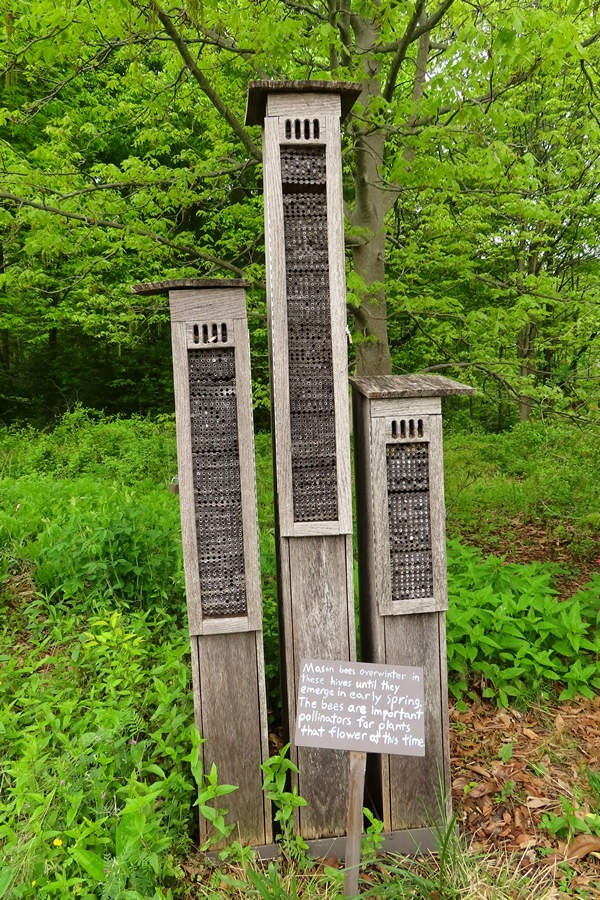
.jpg)
